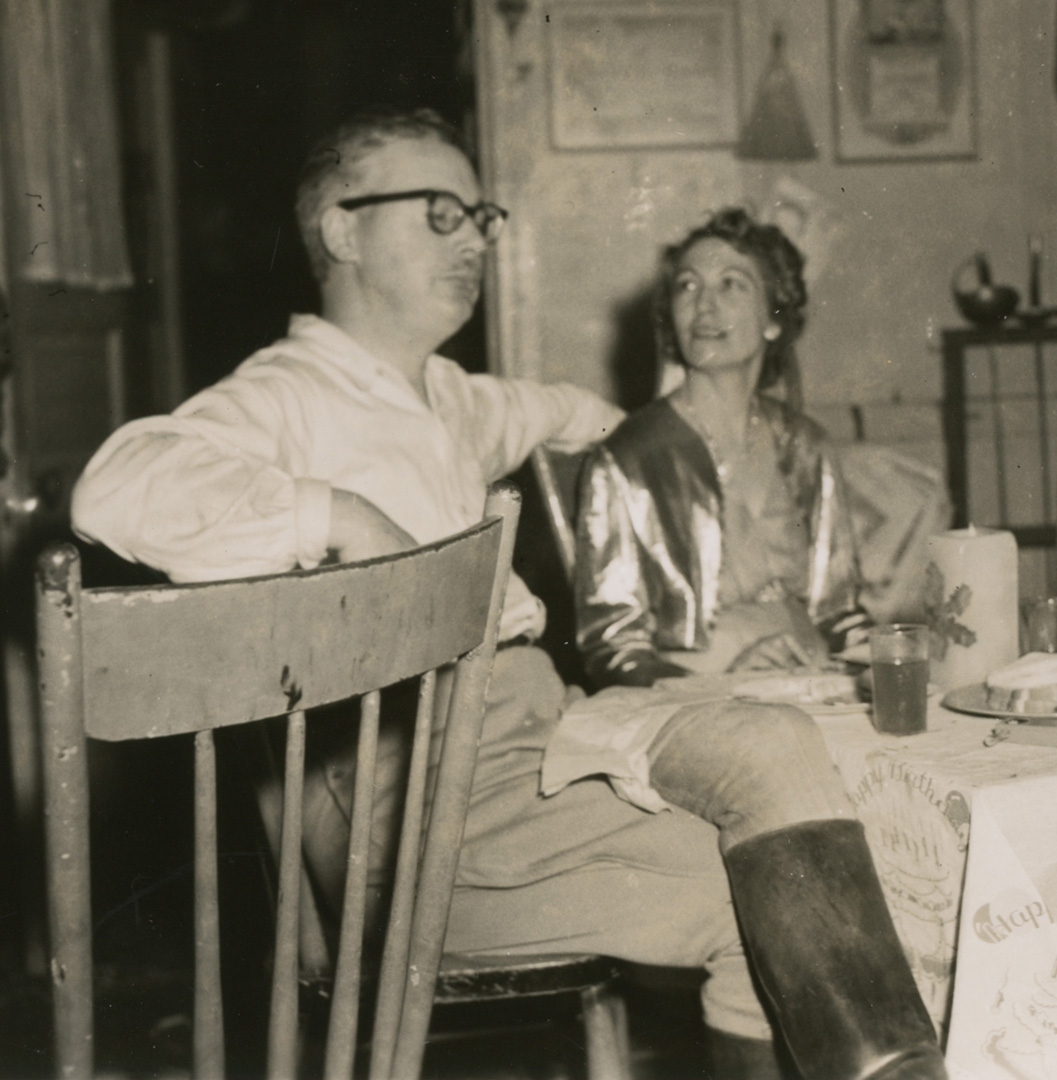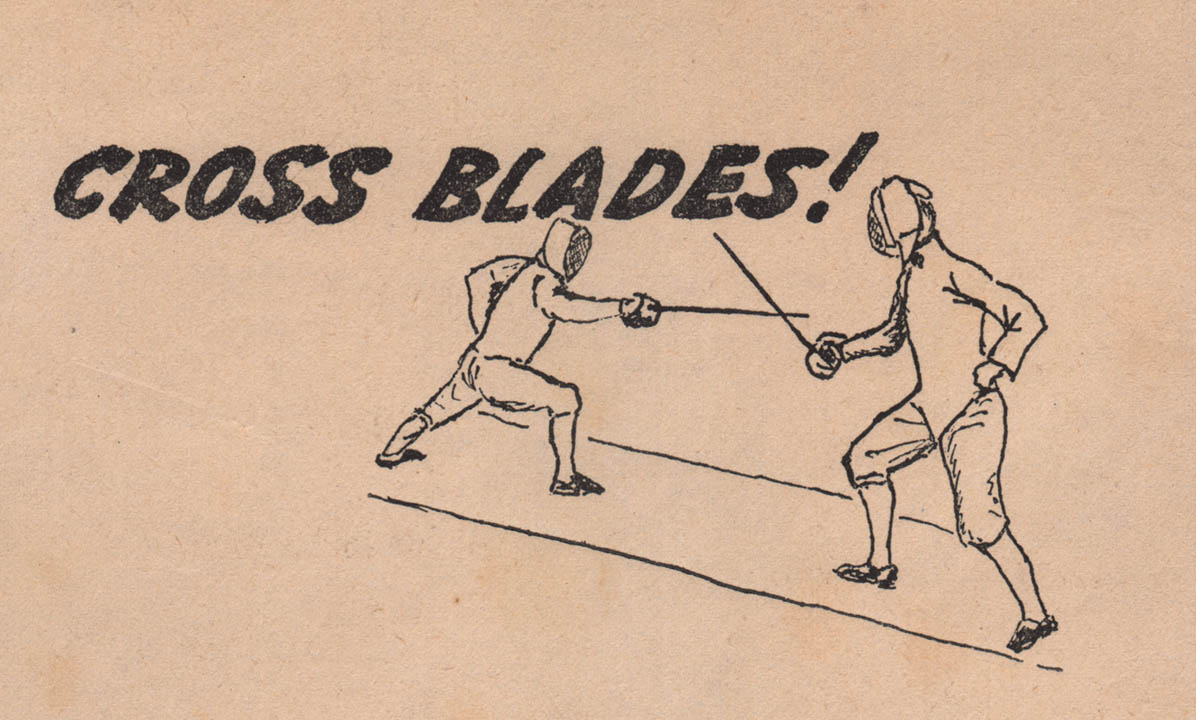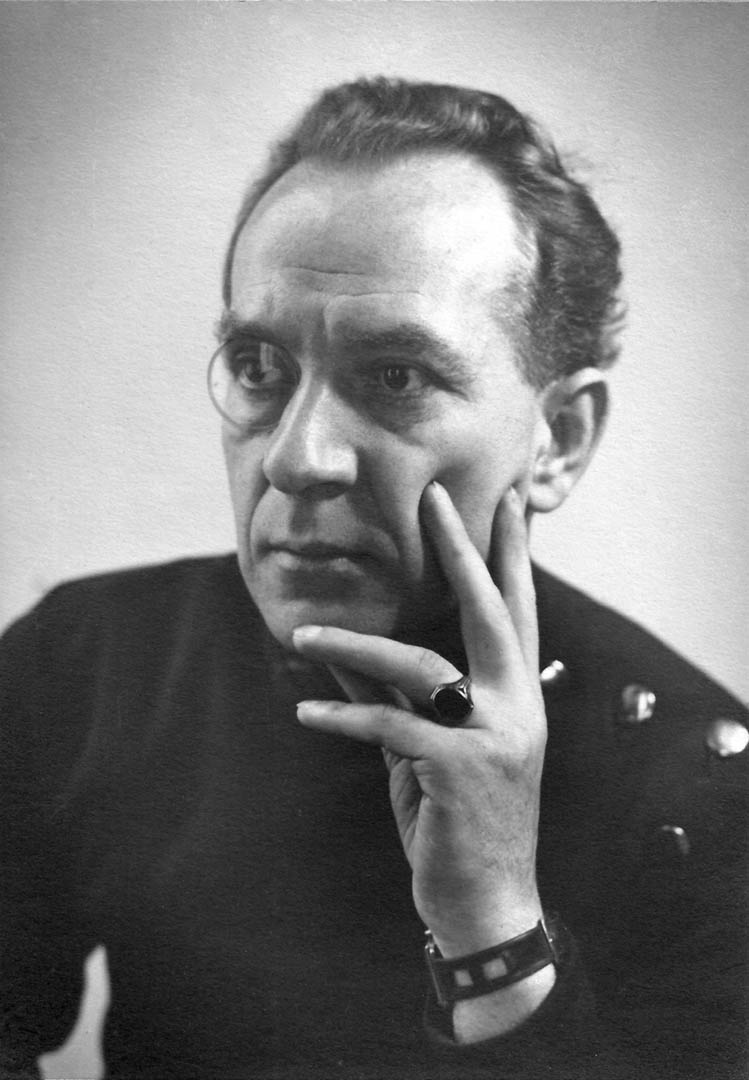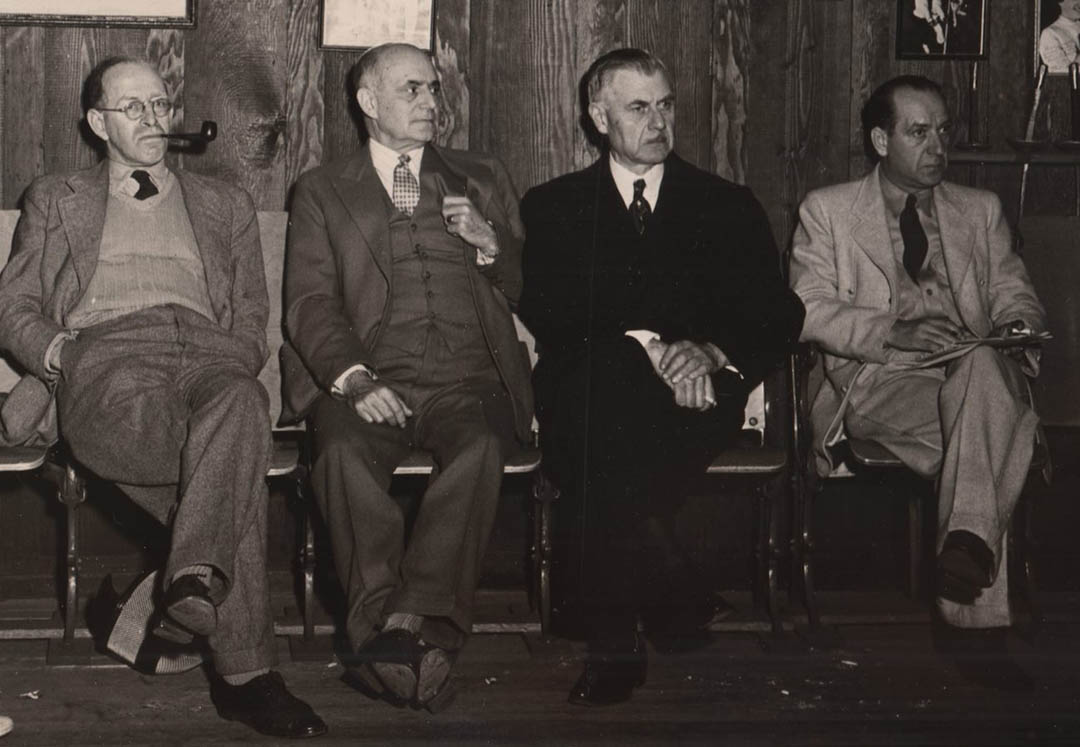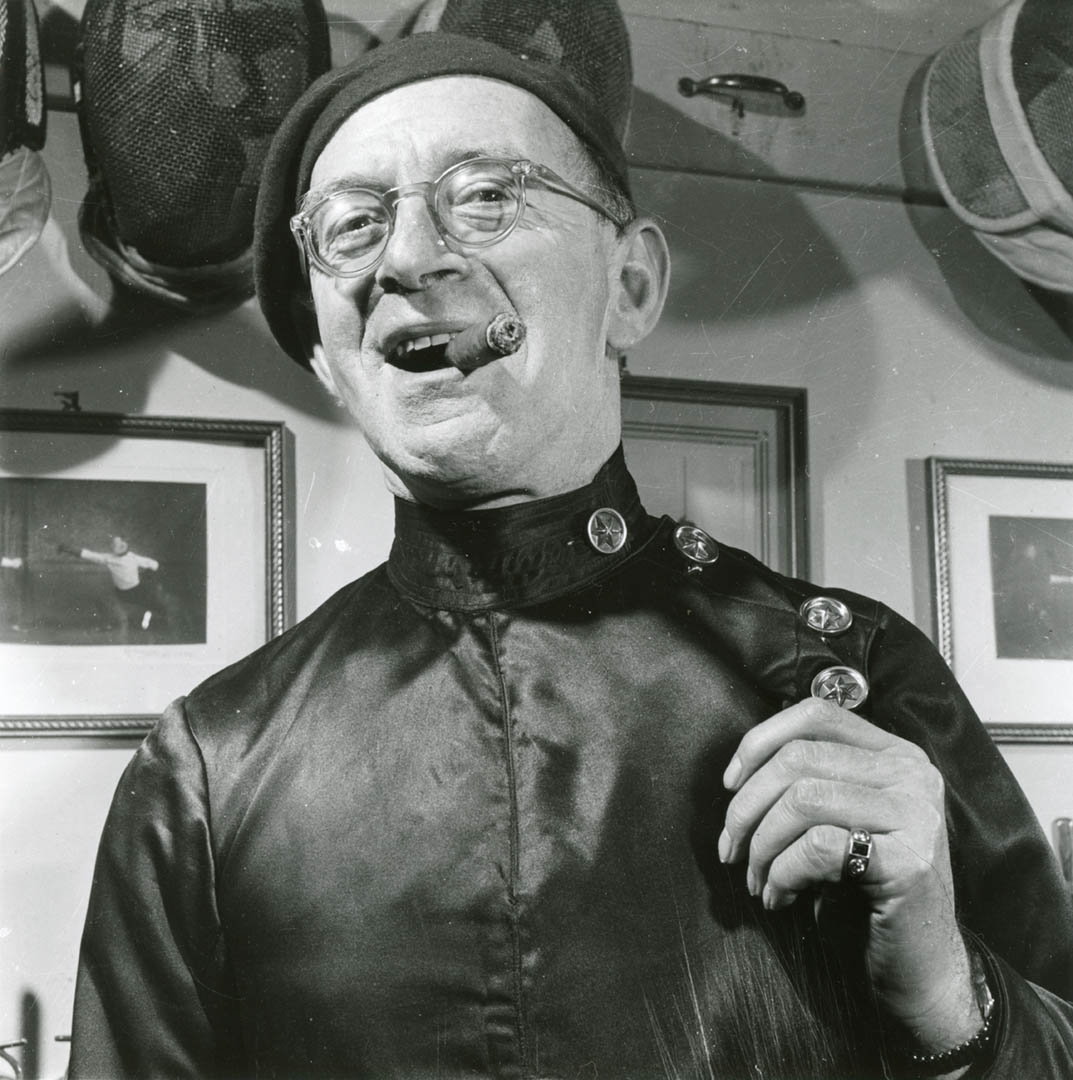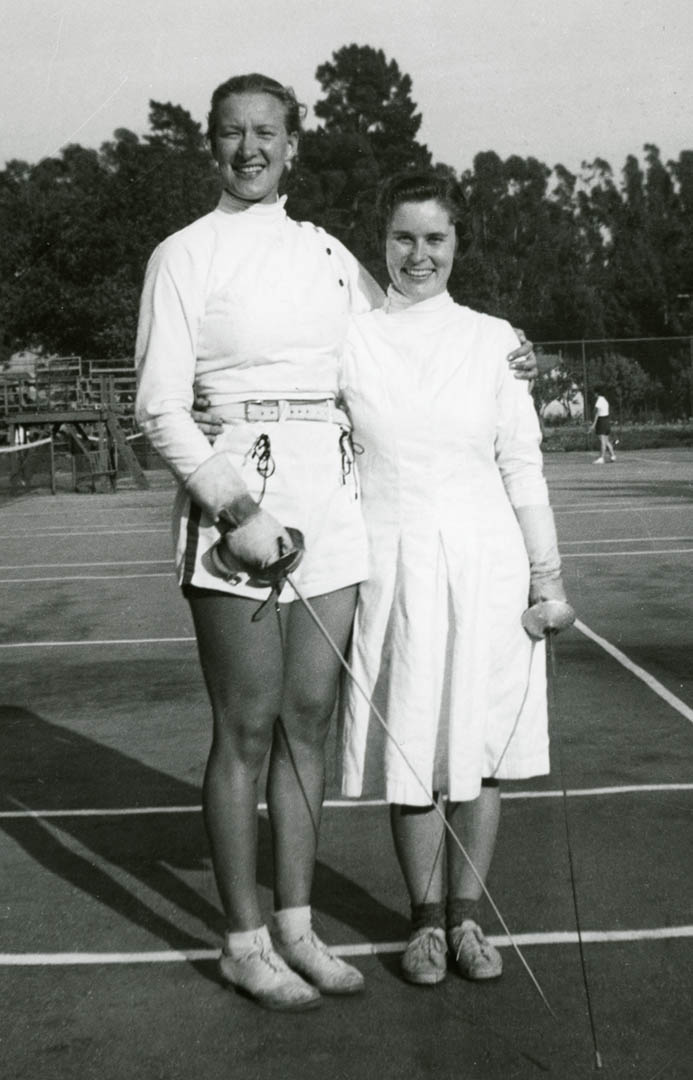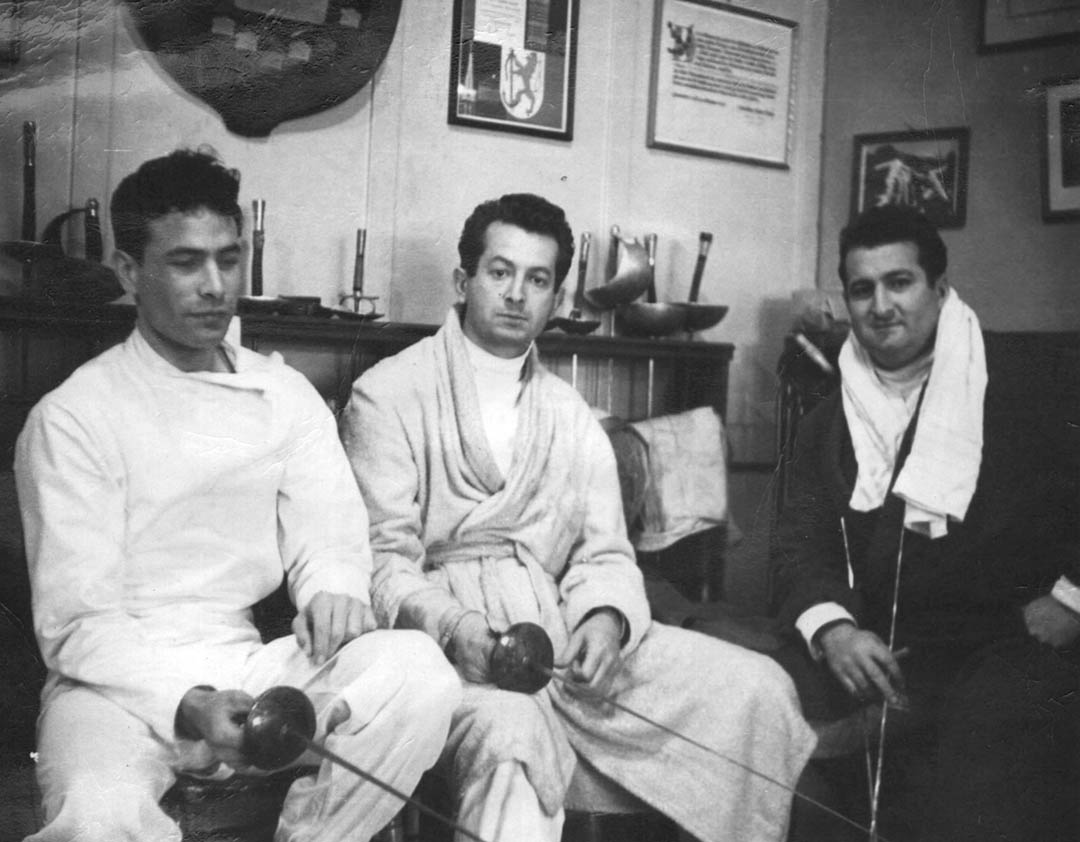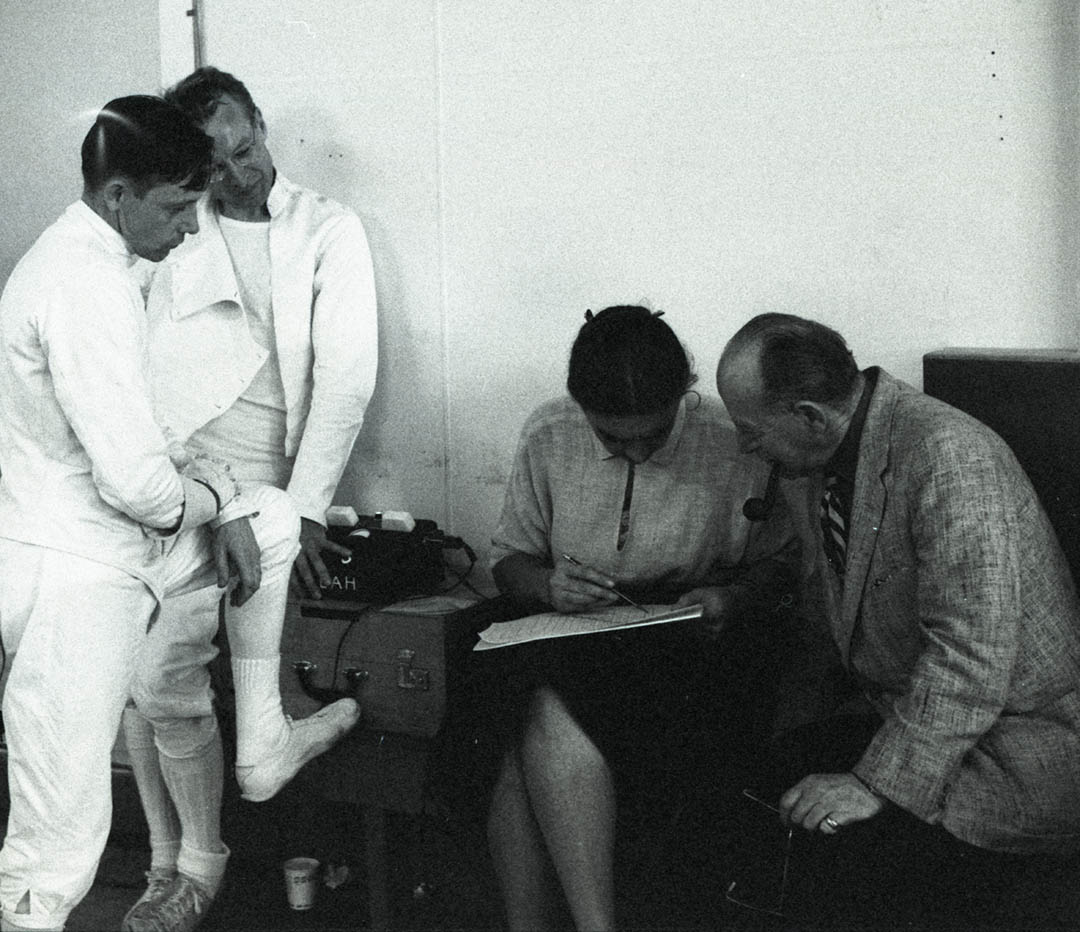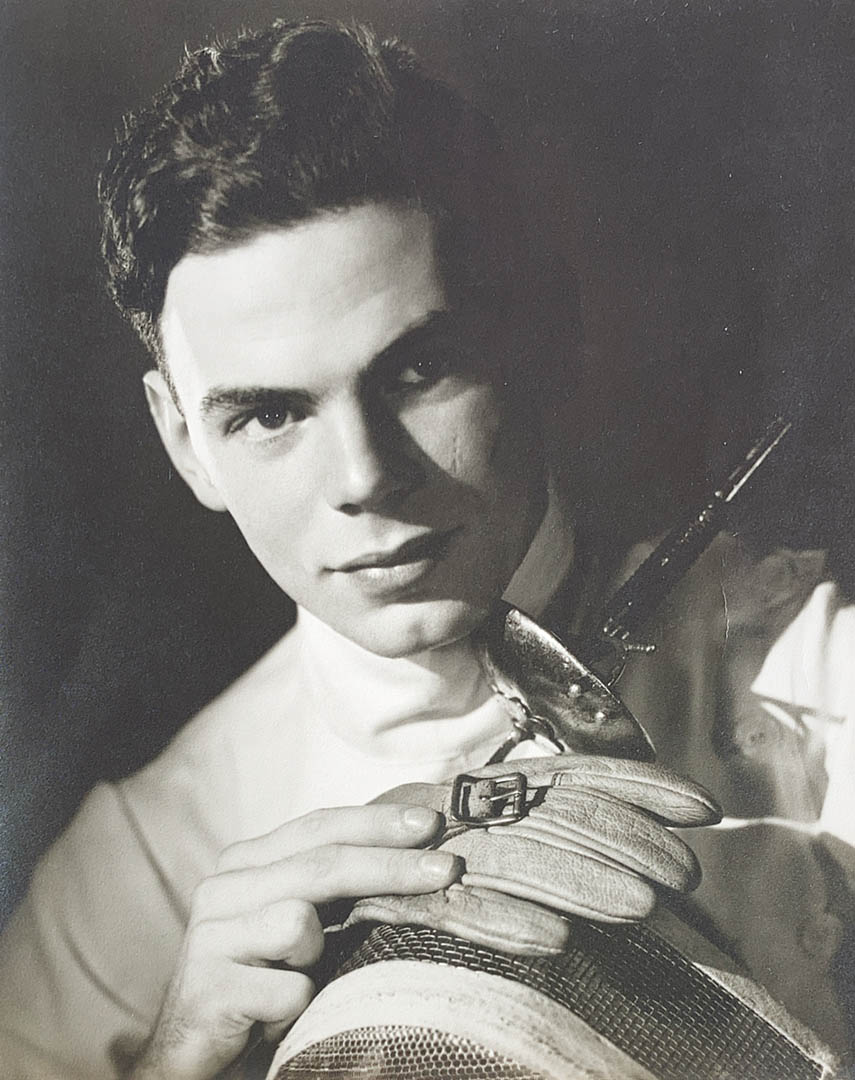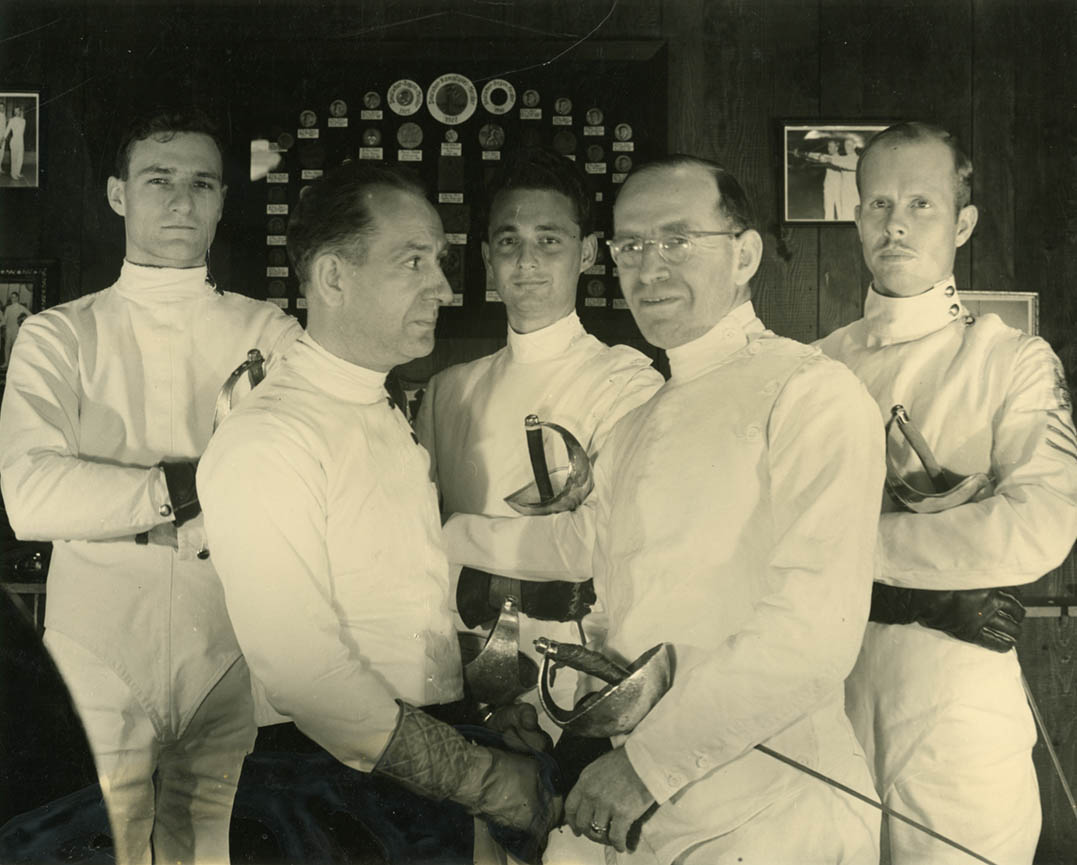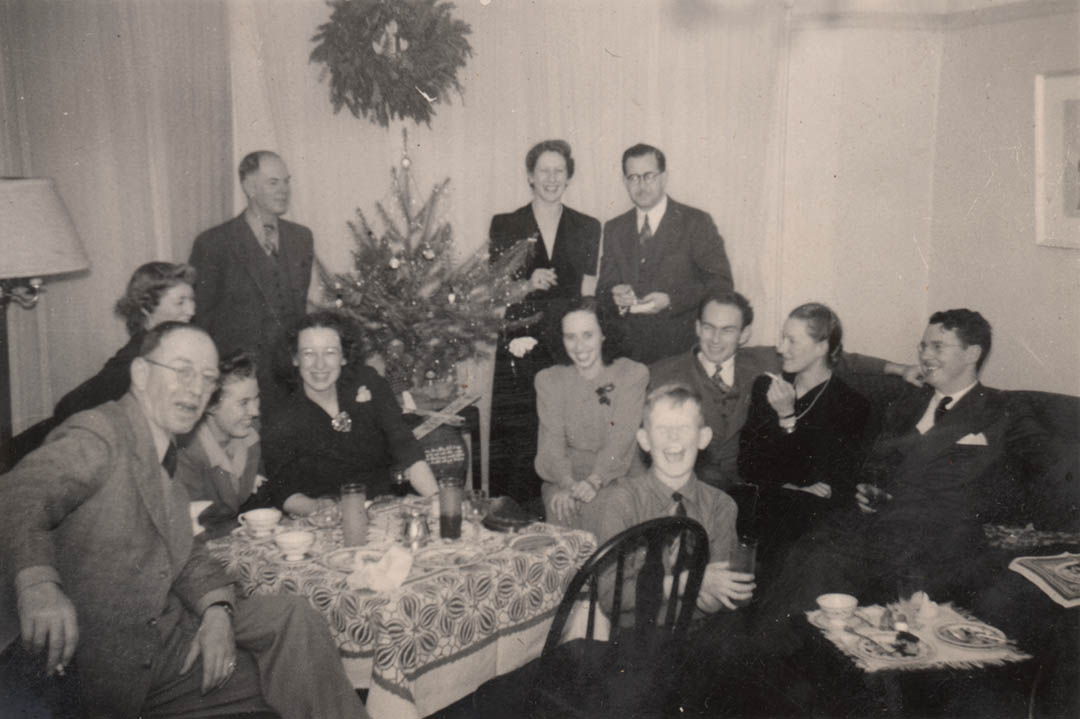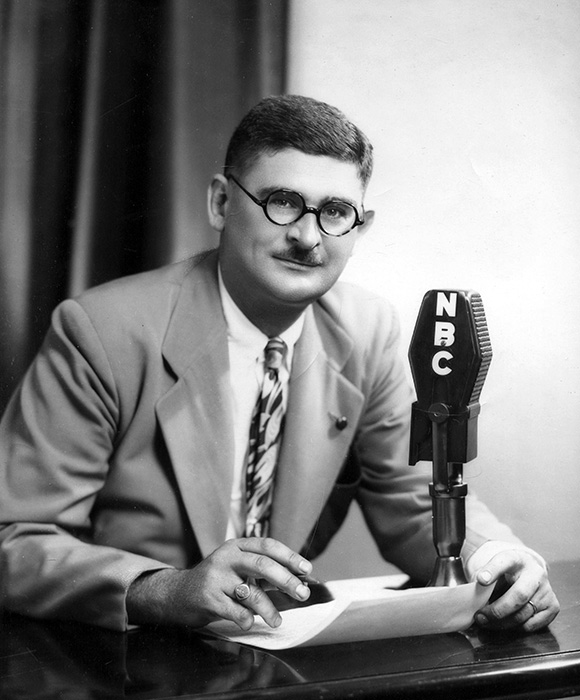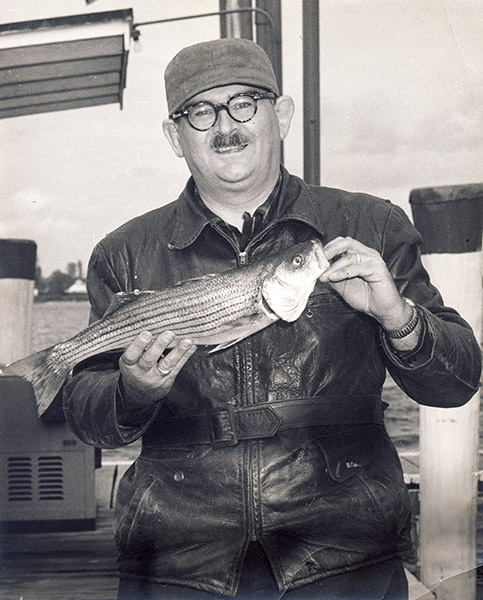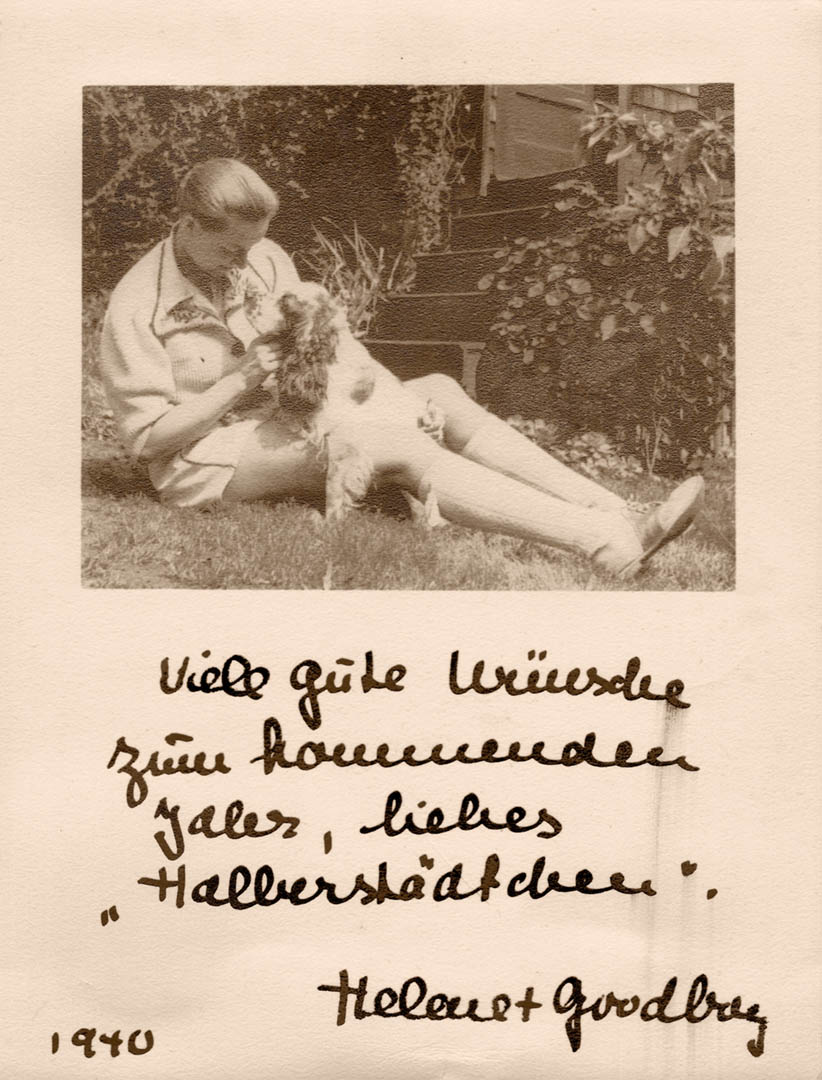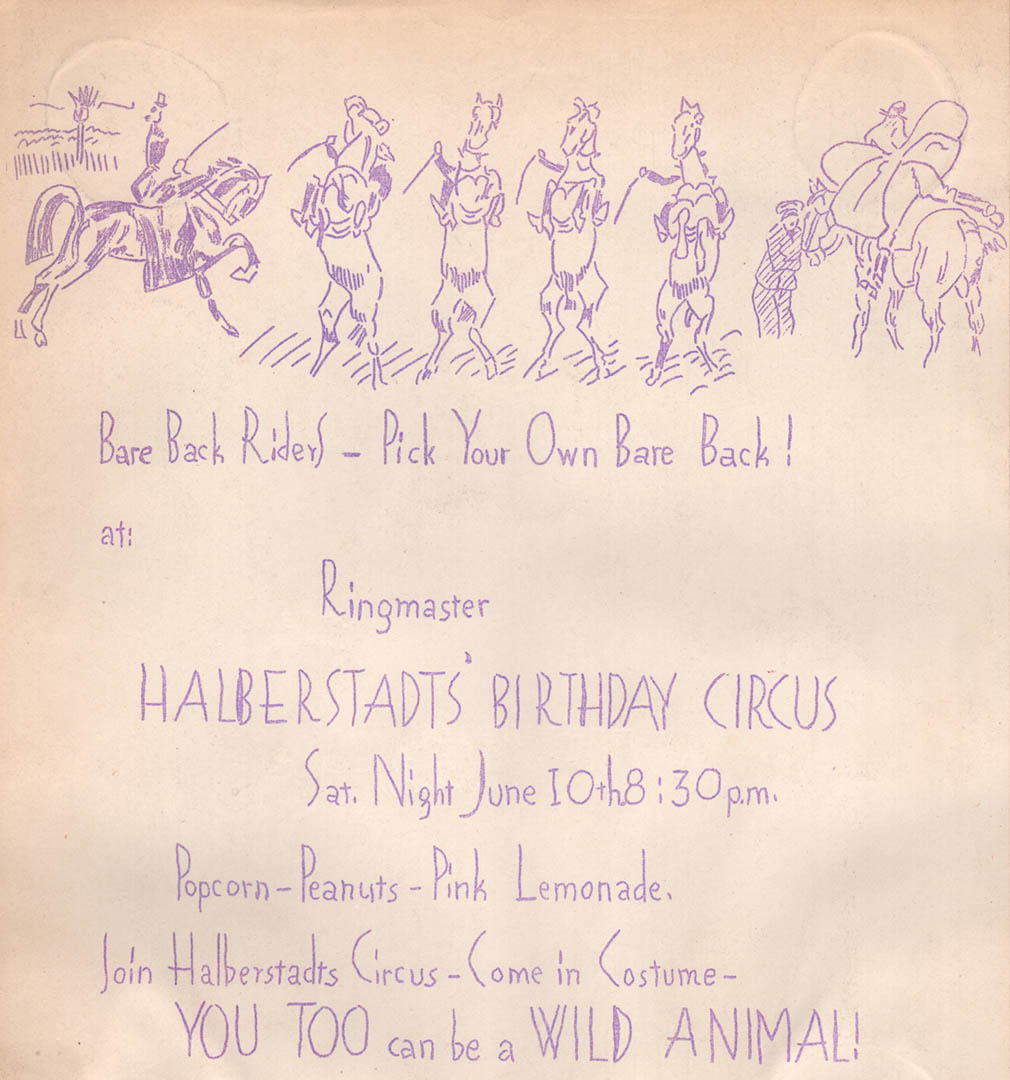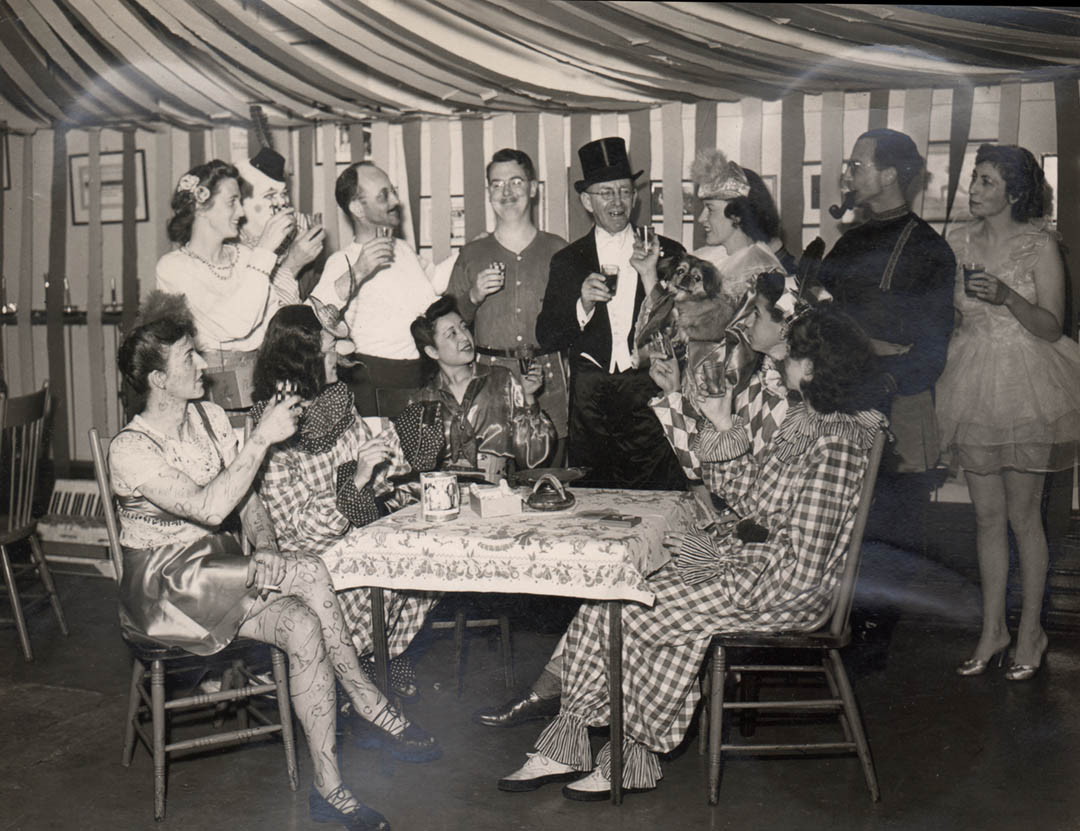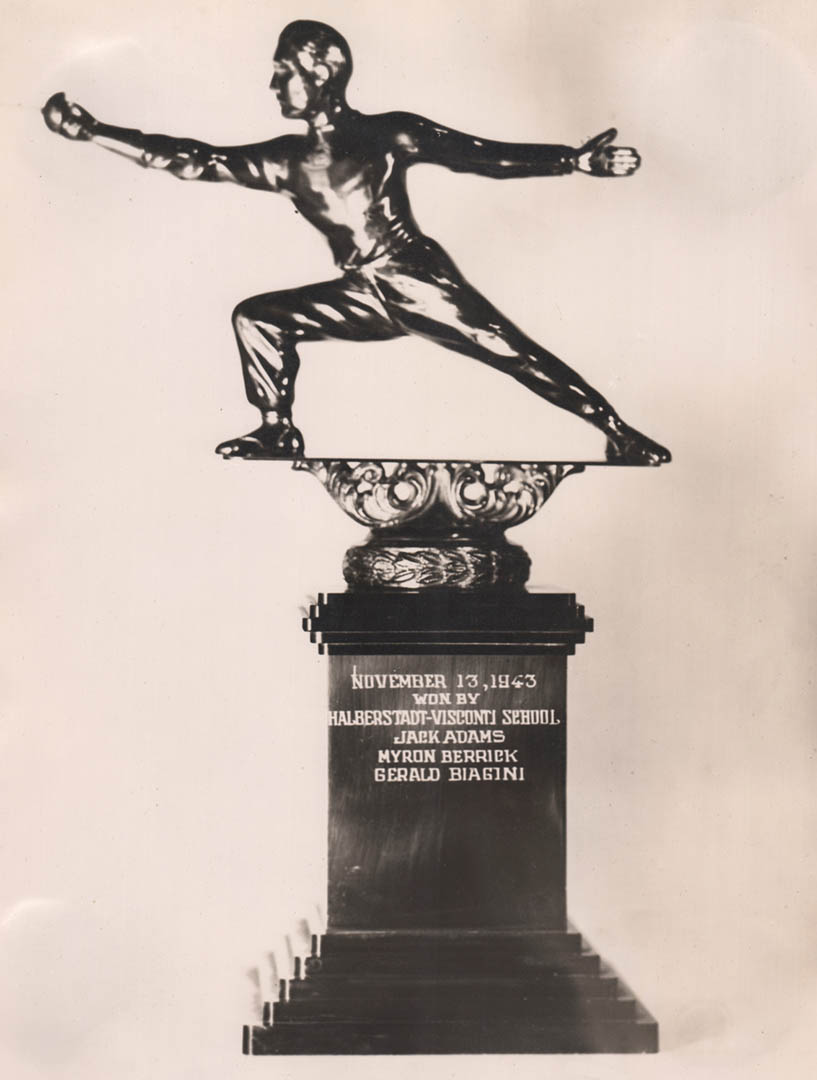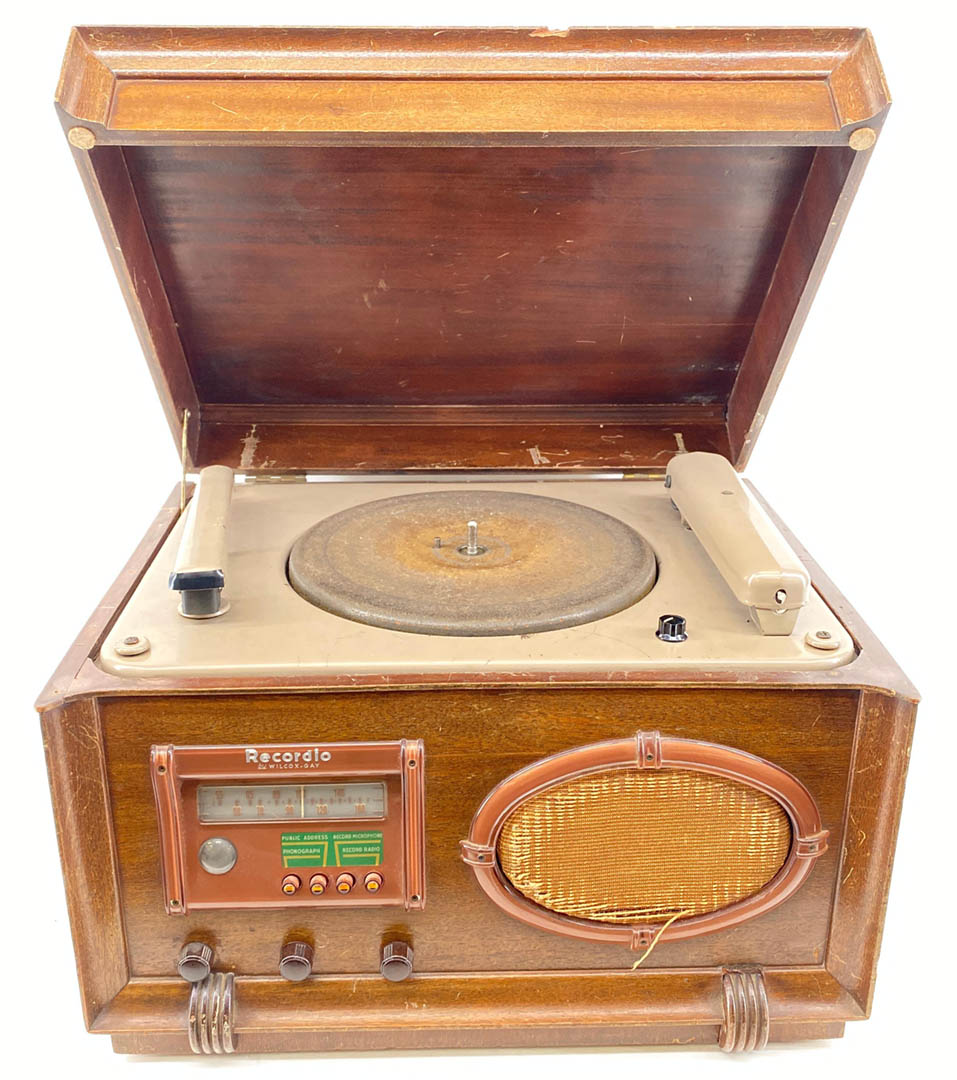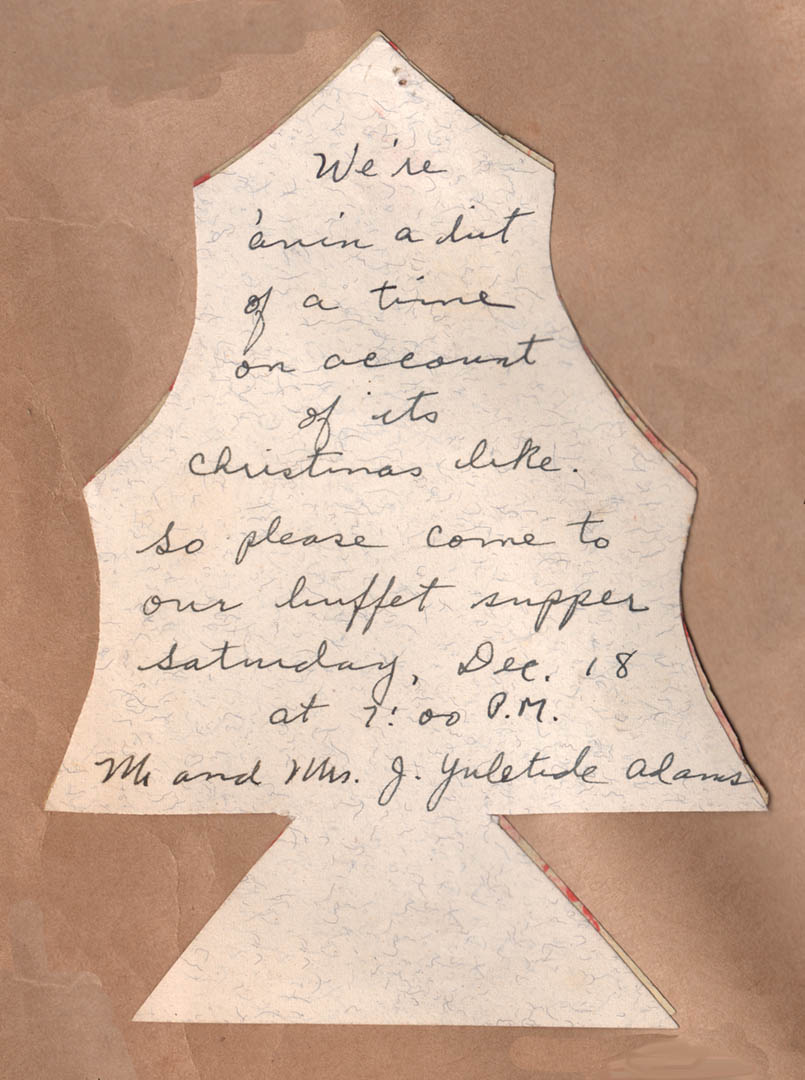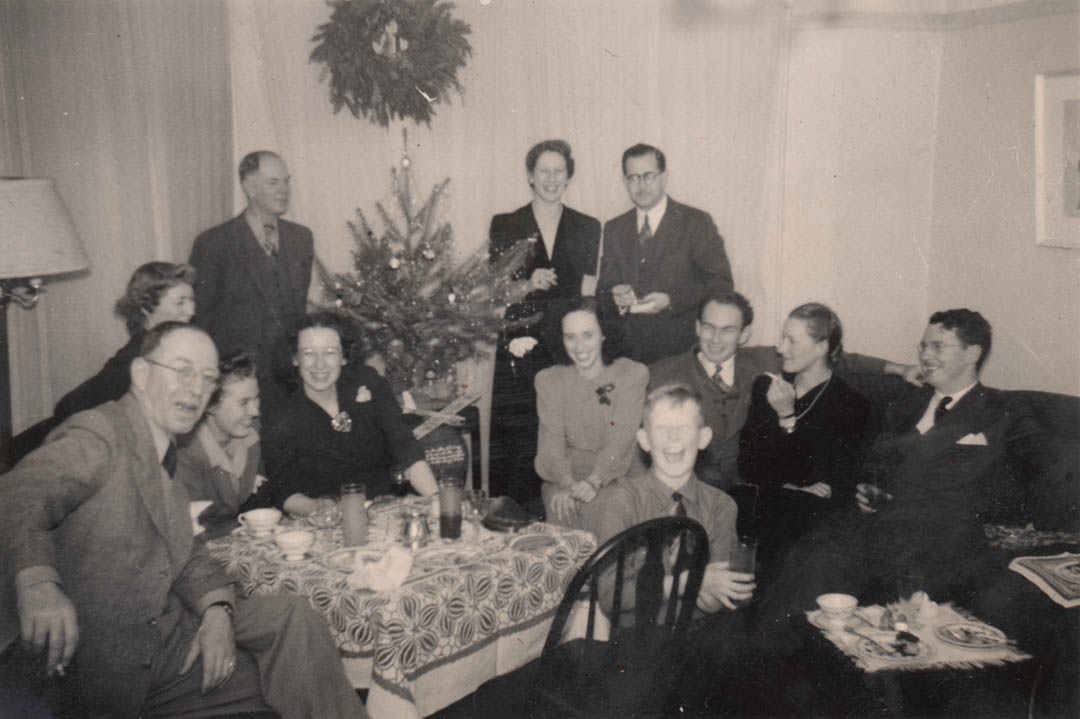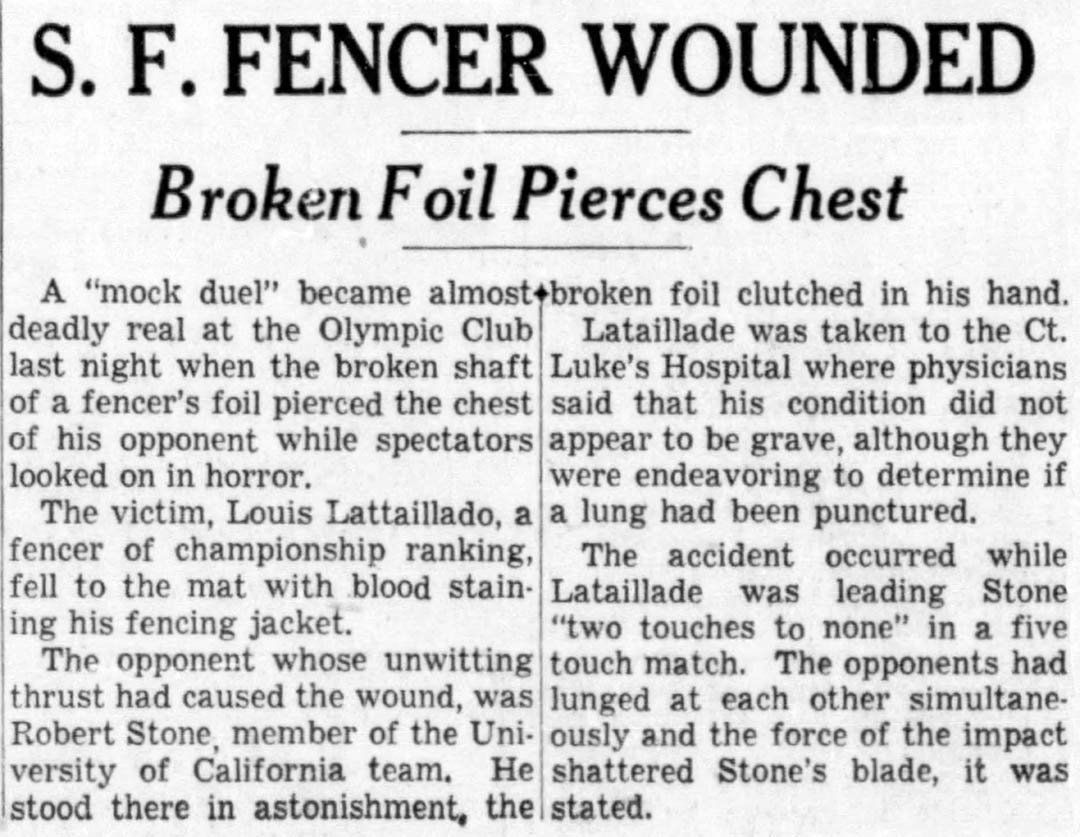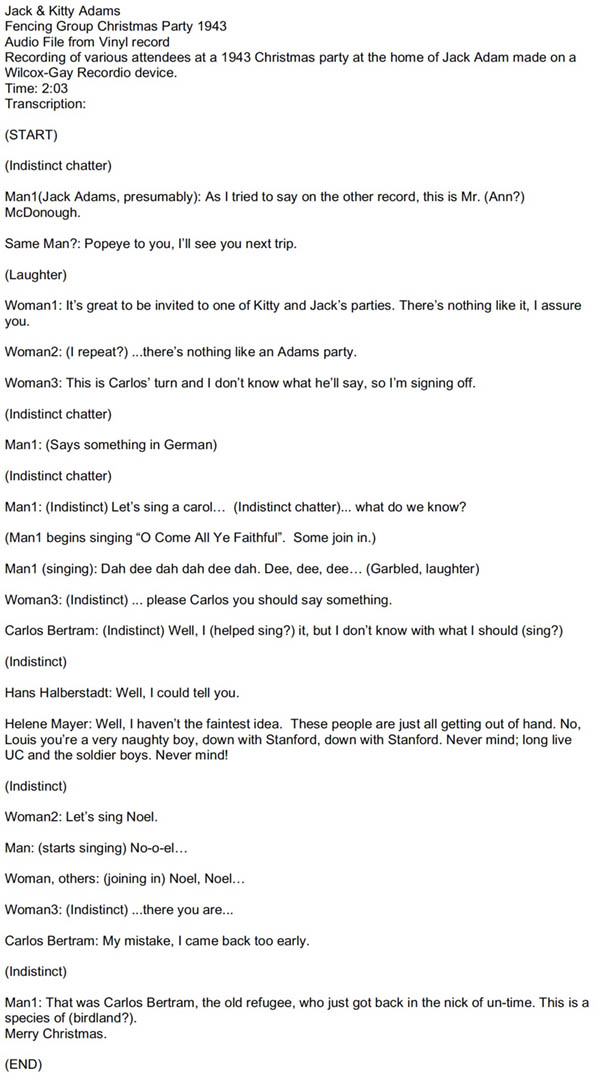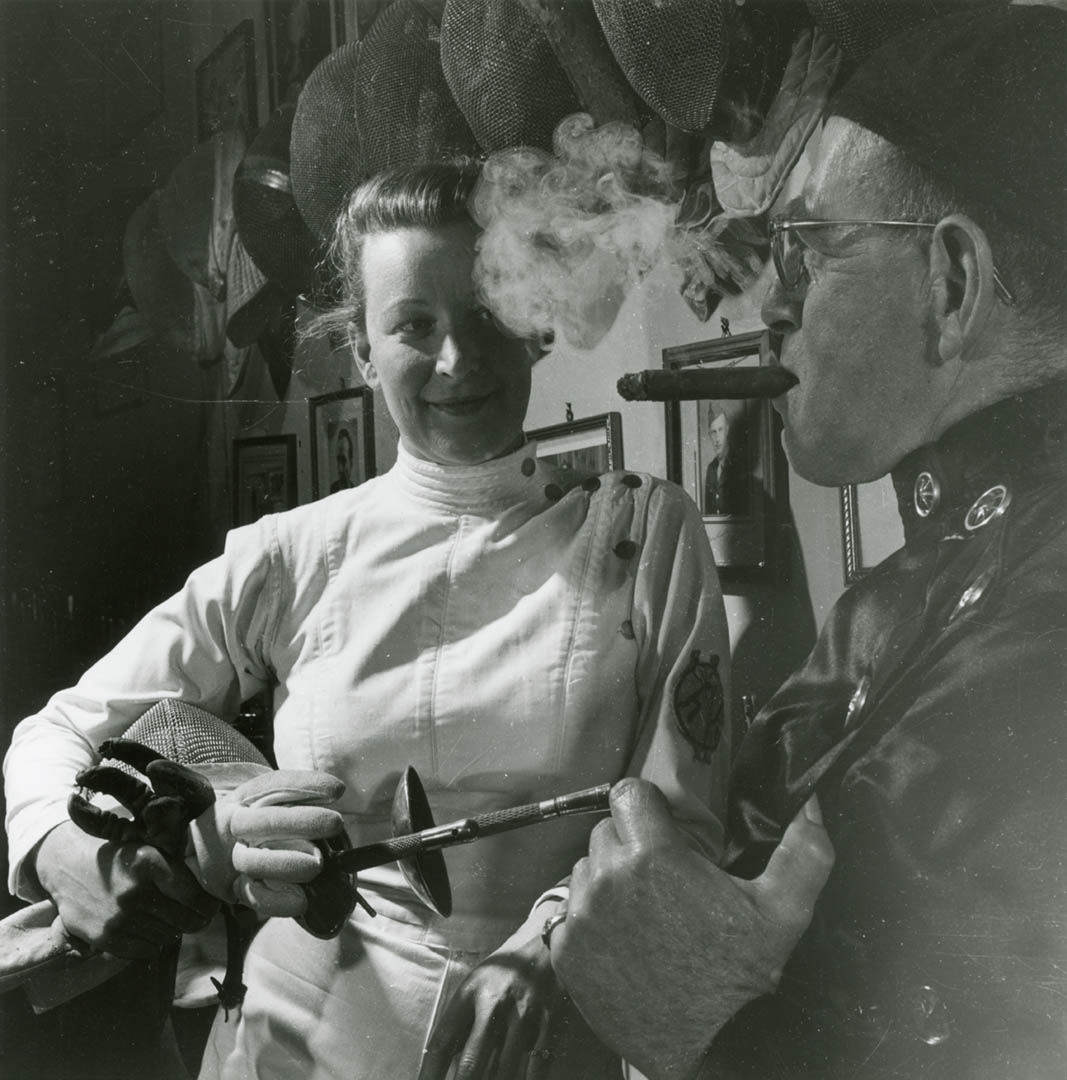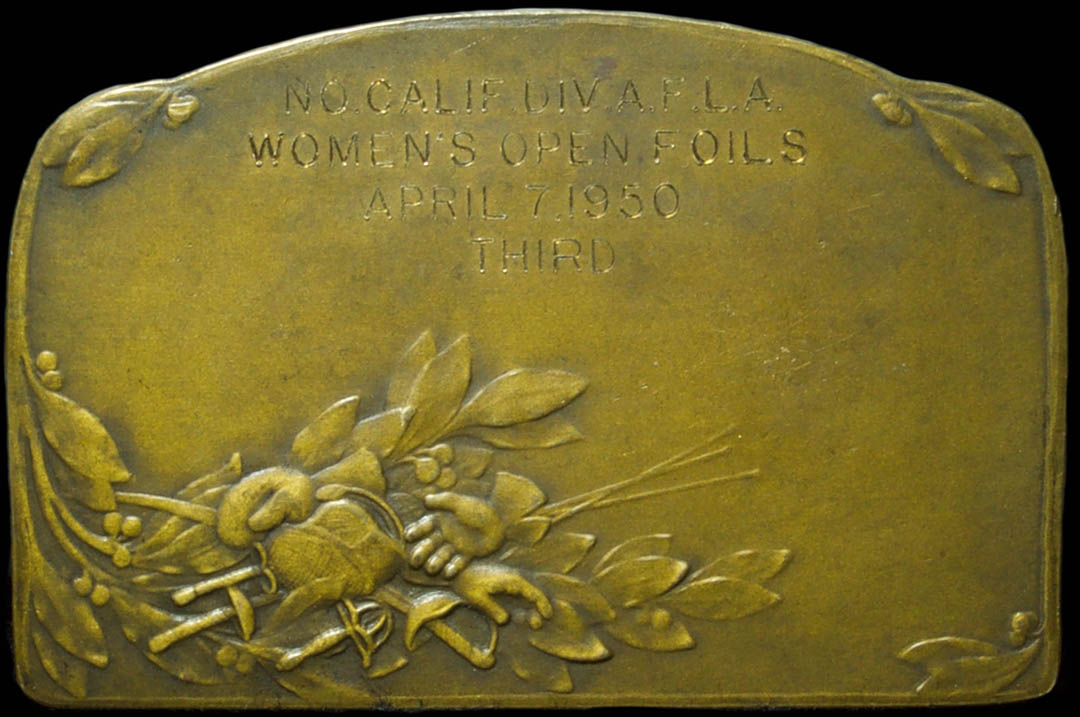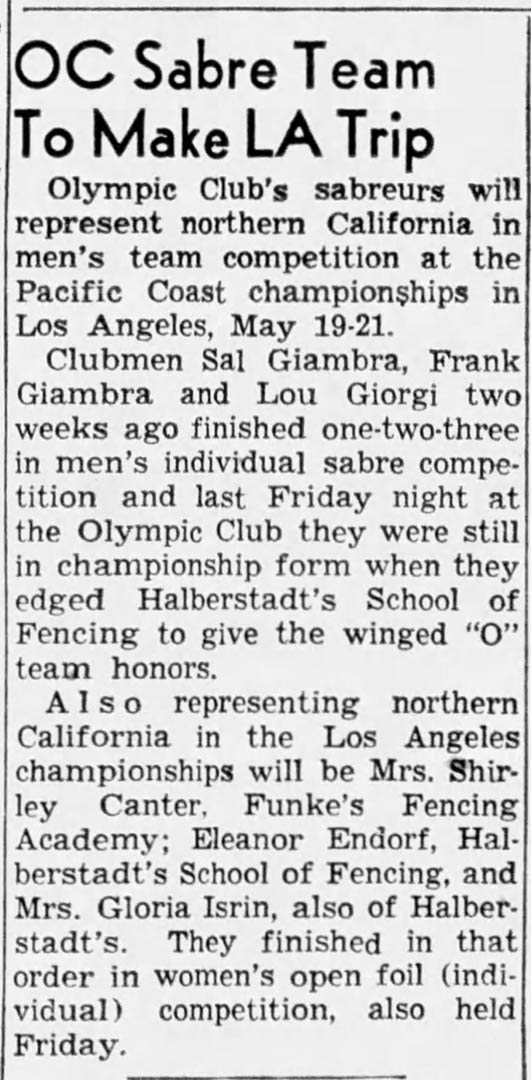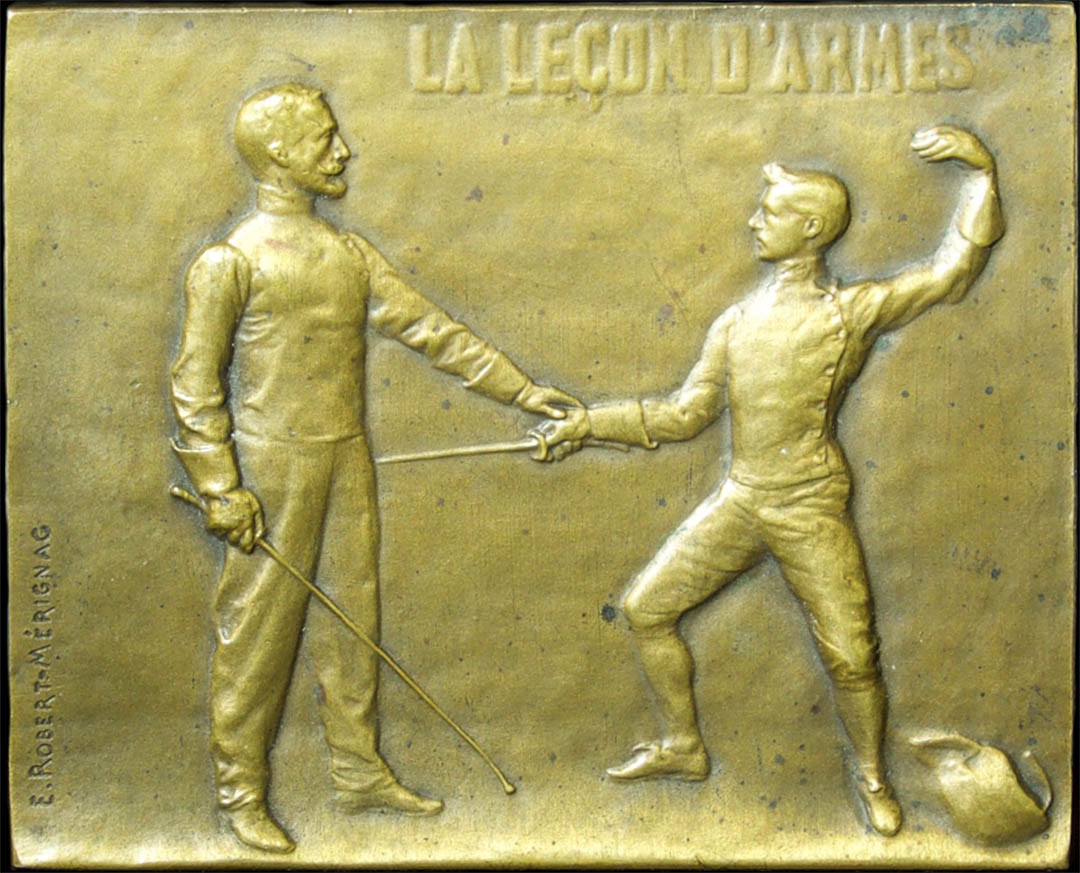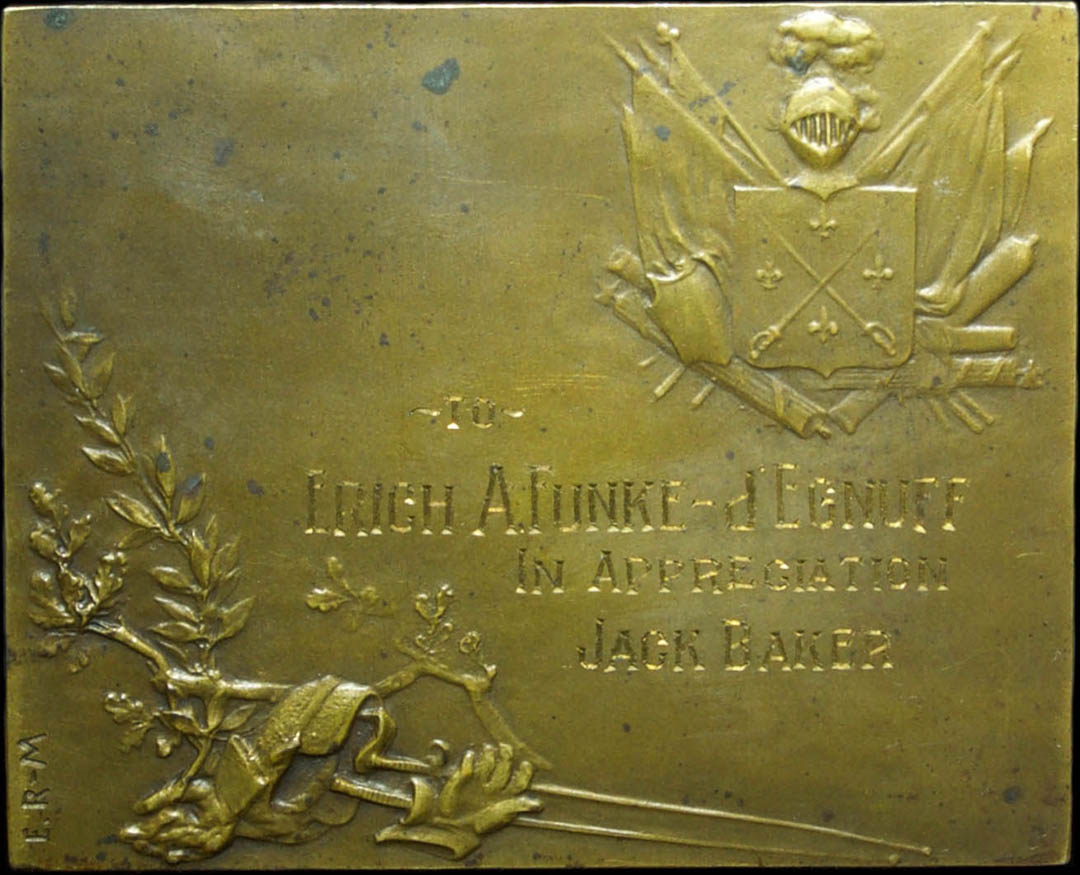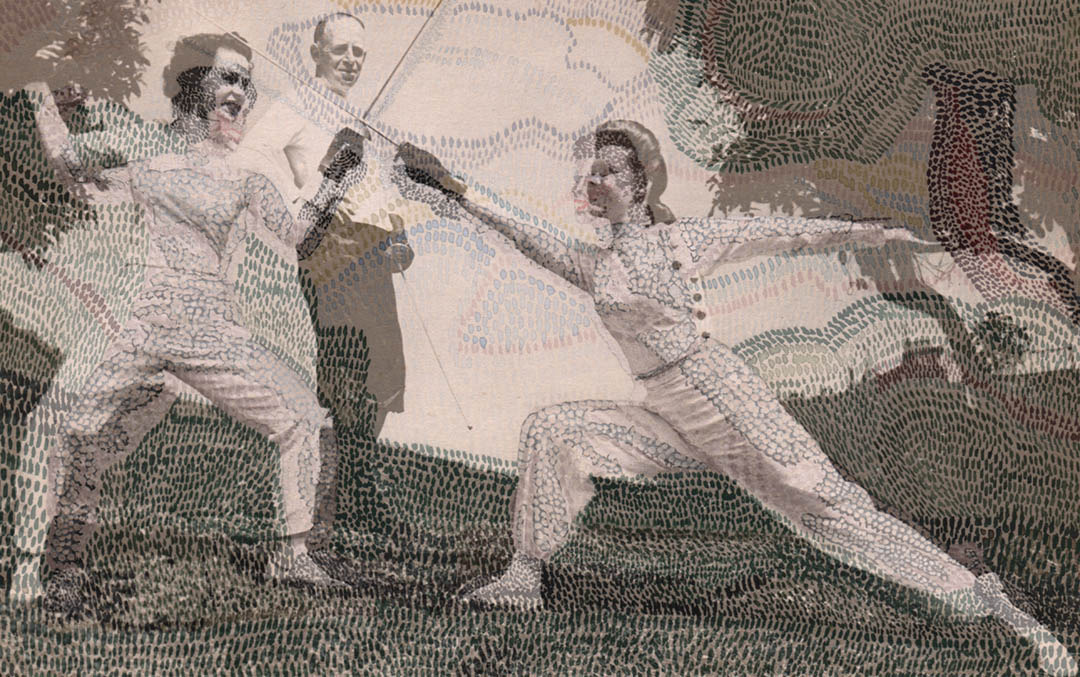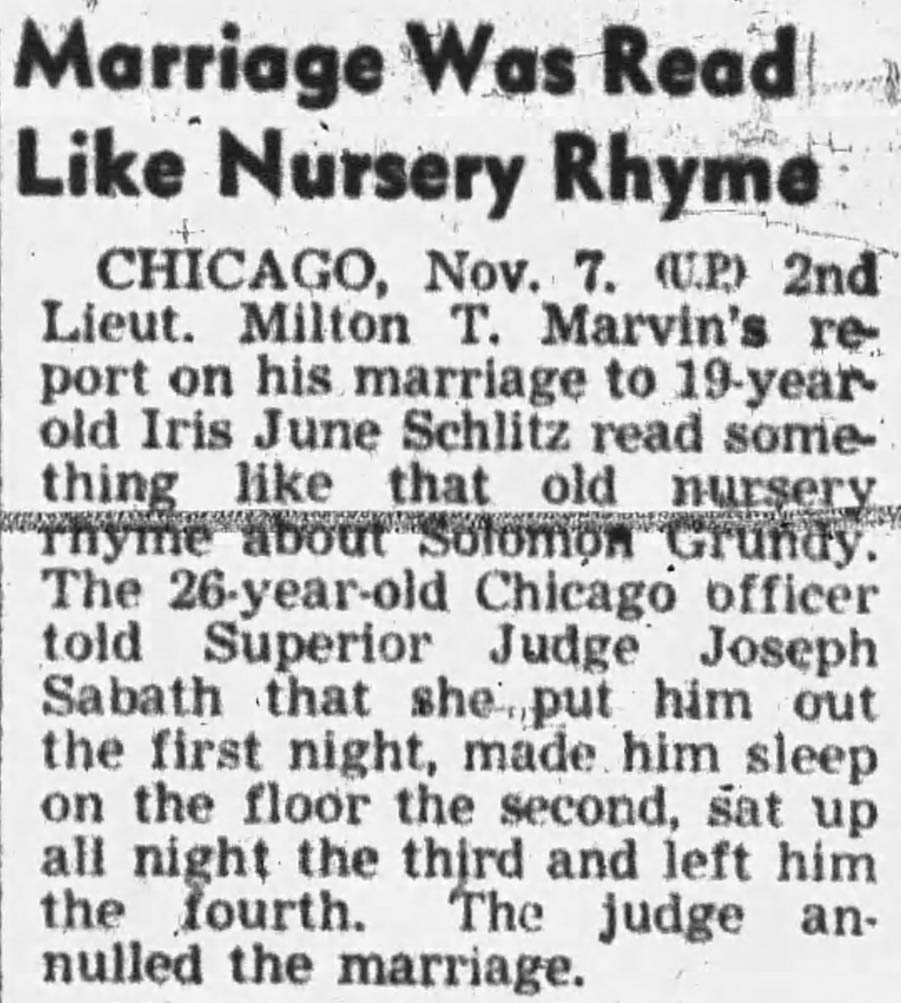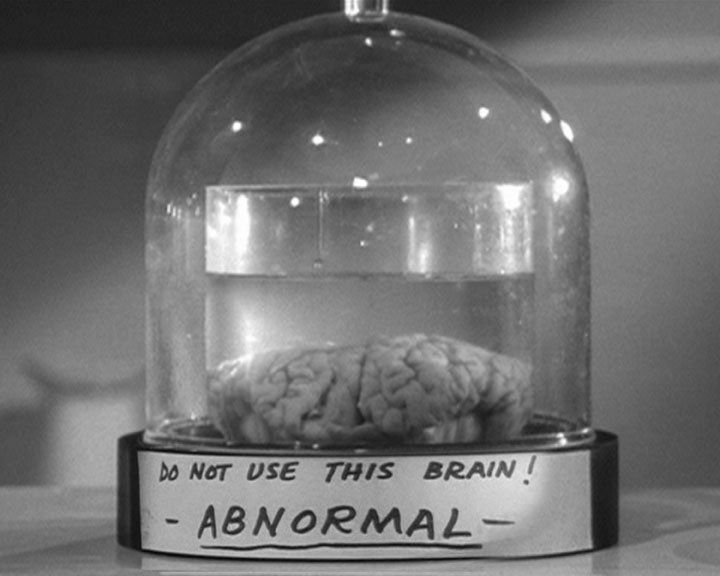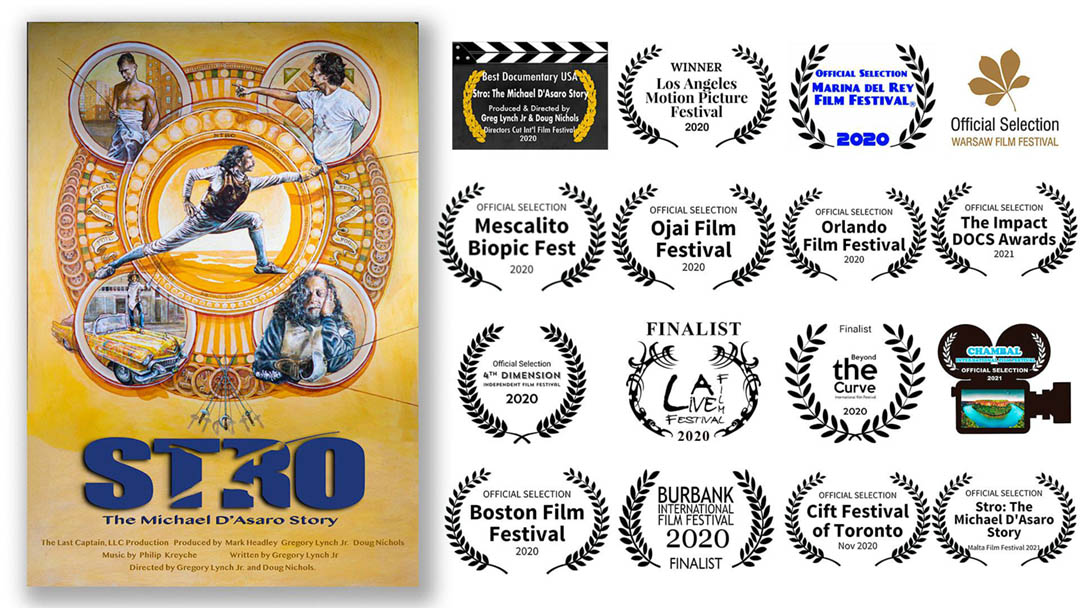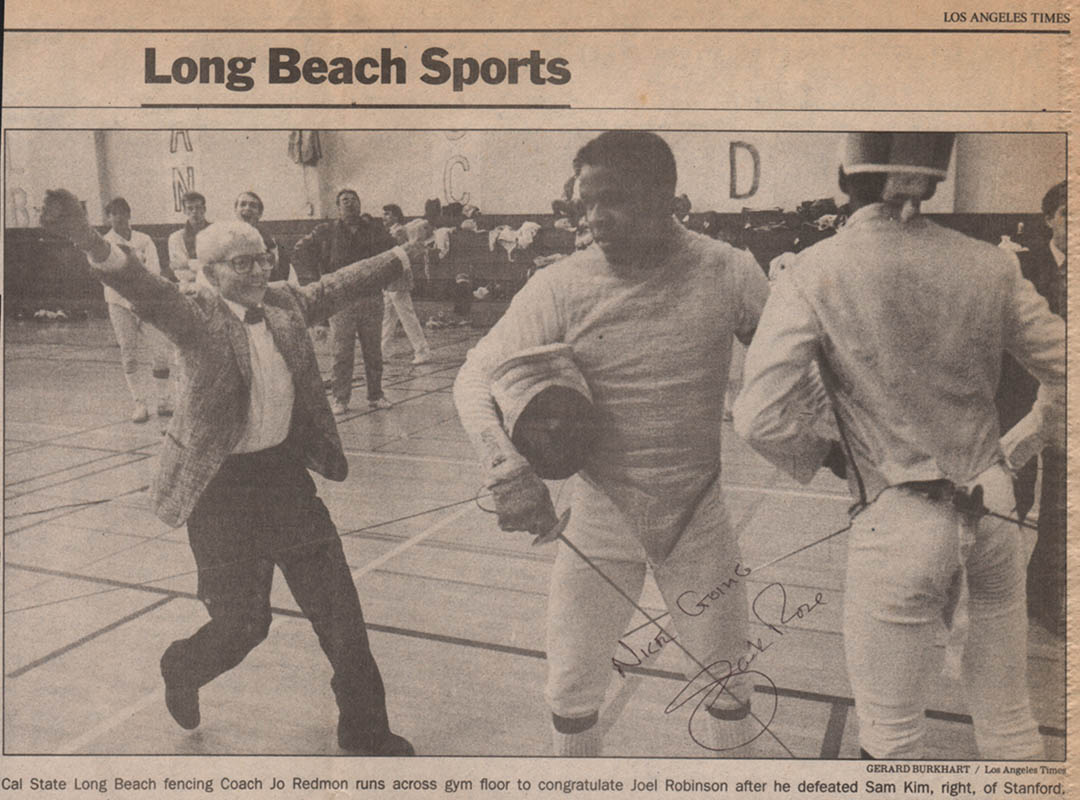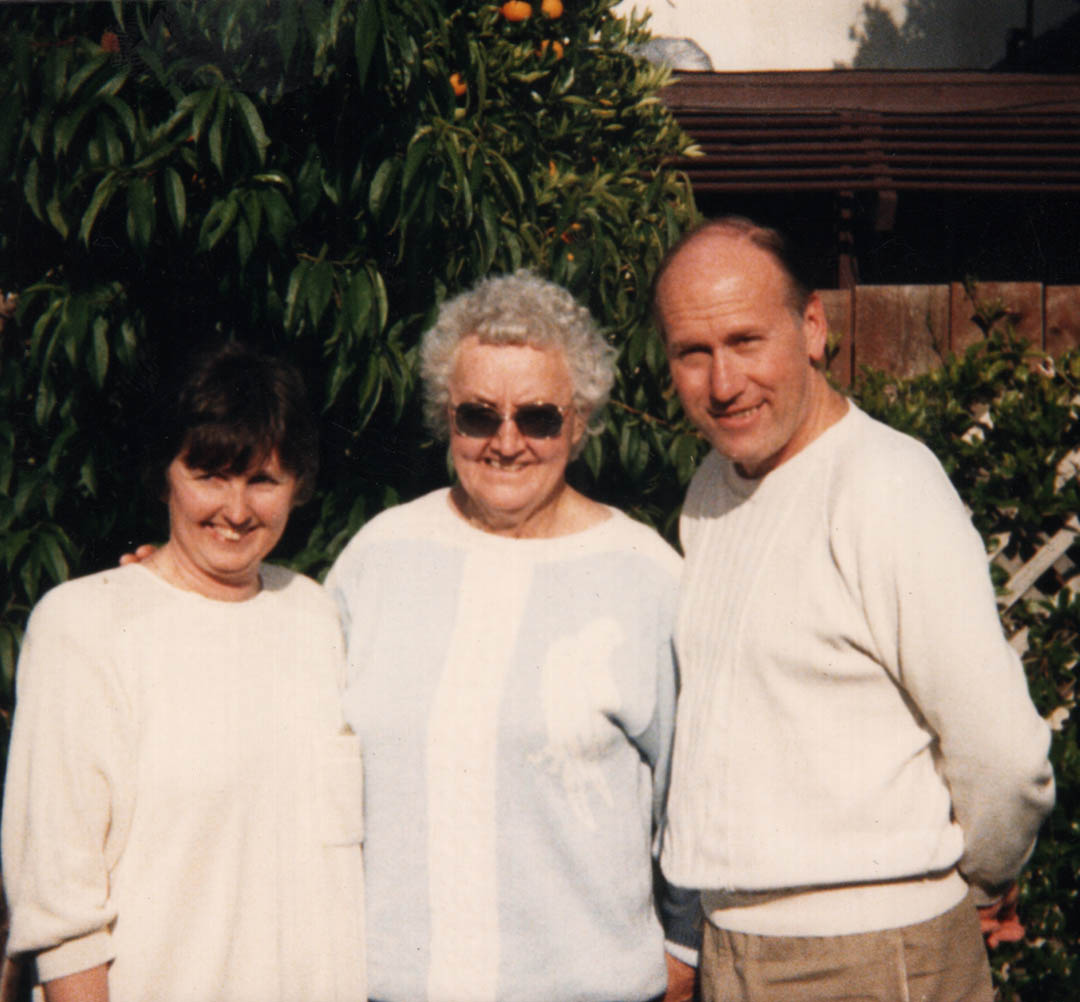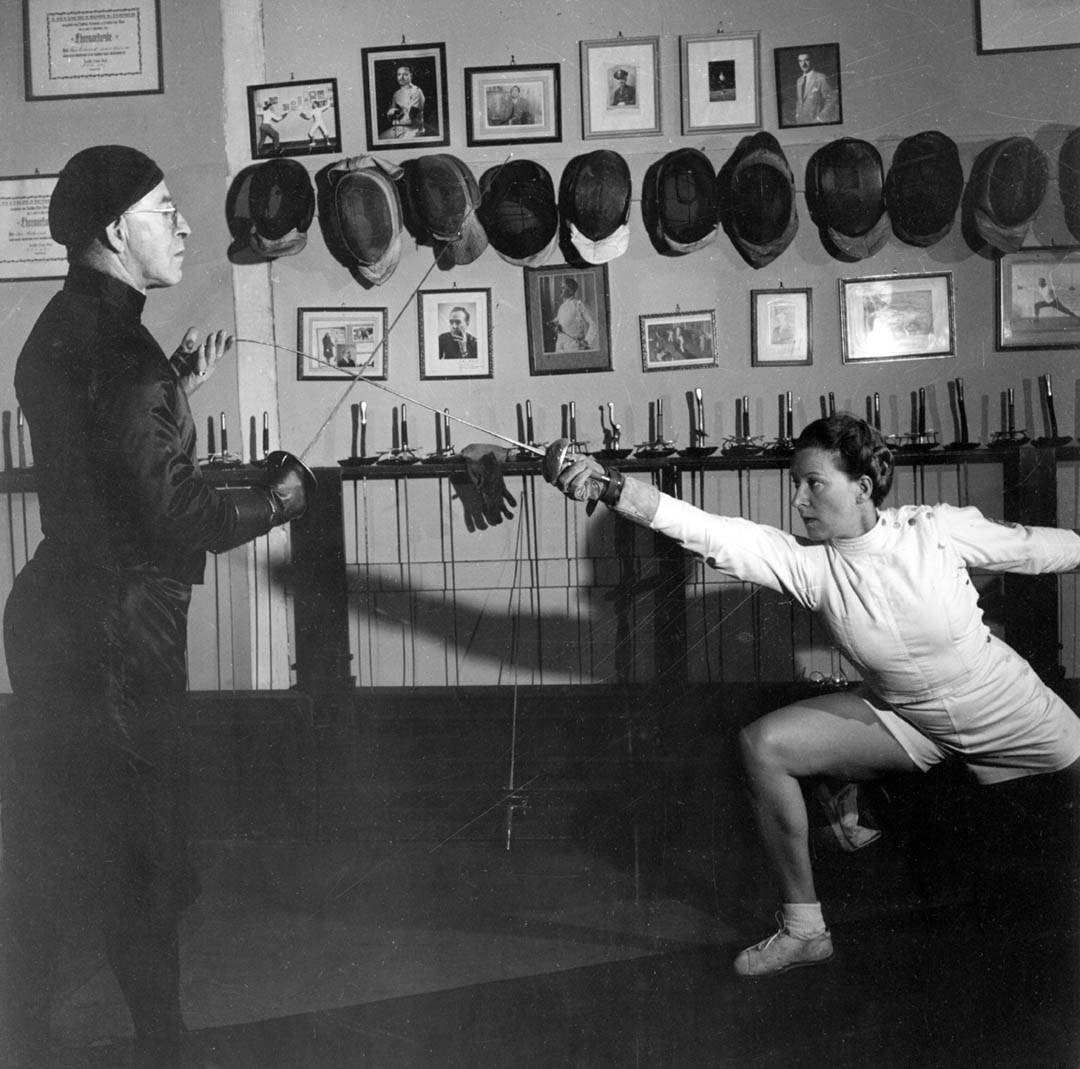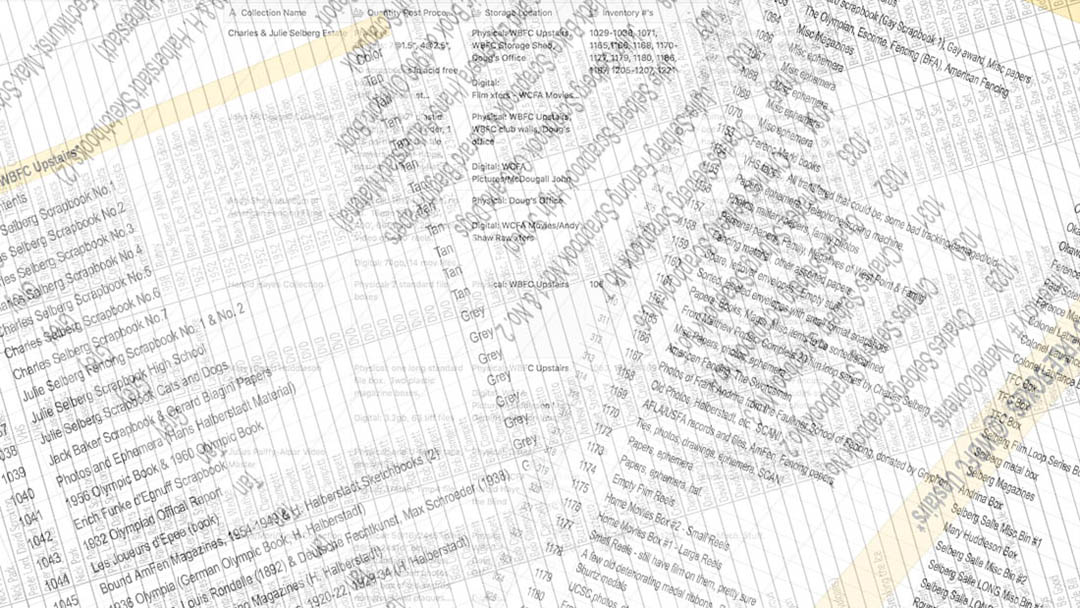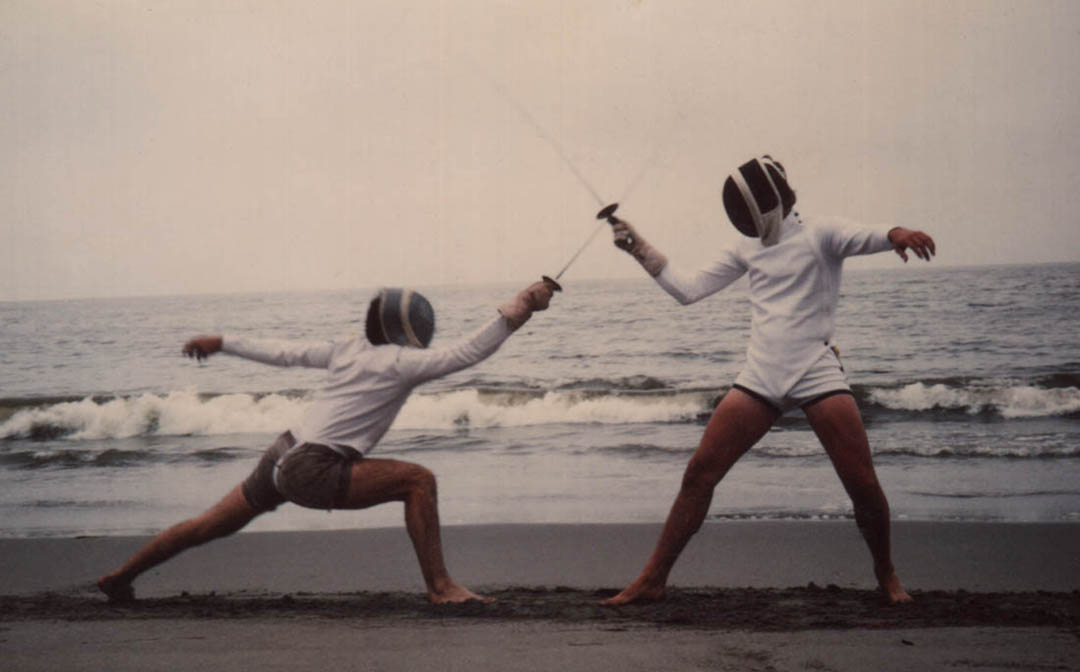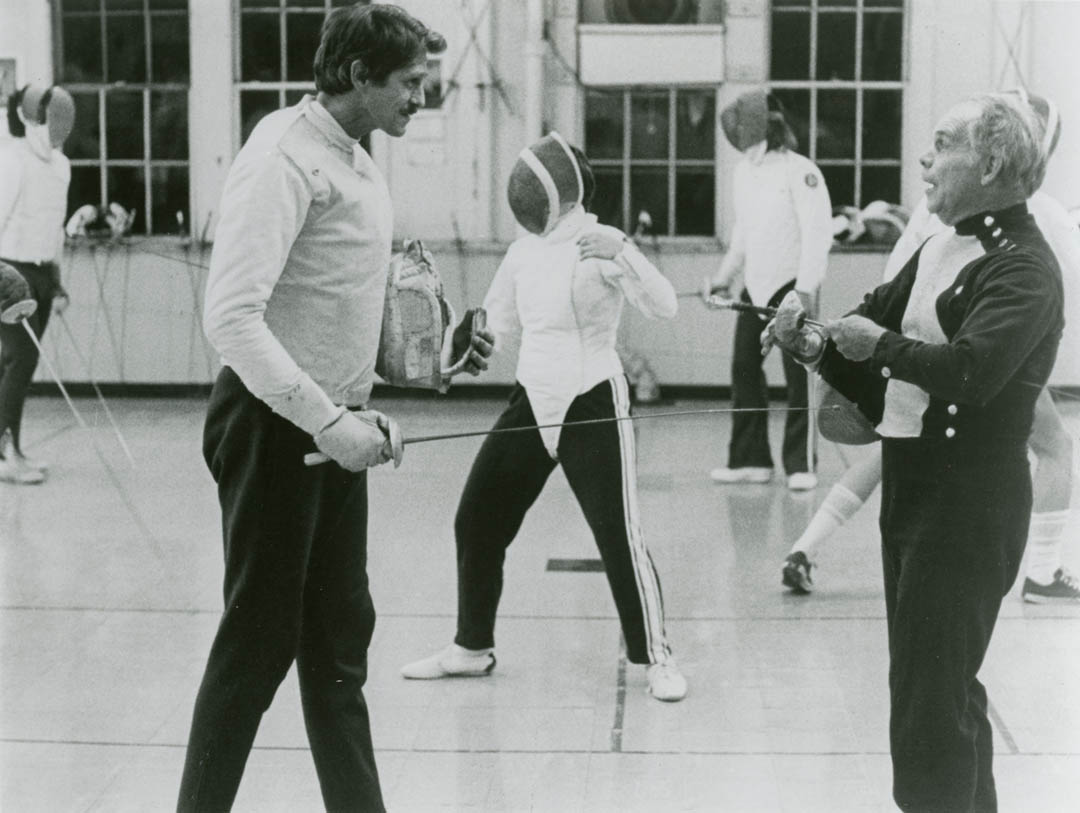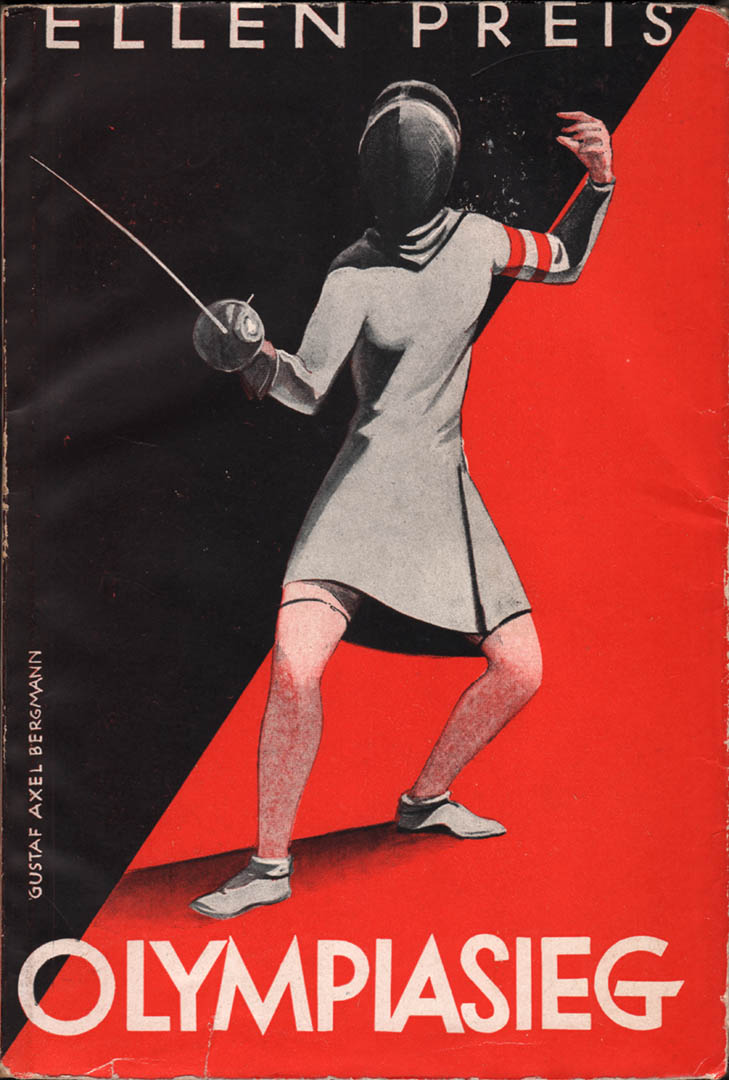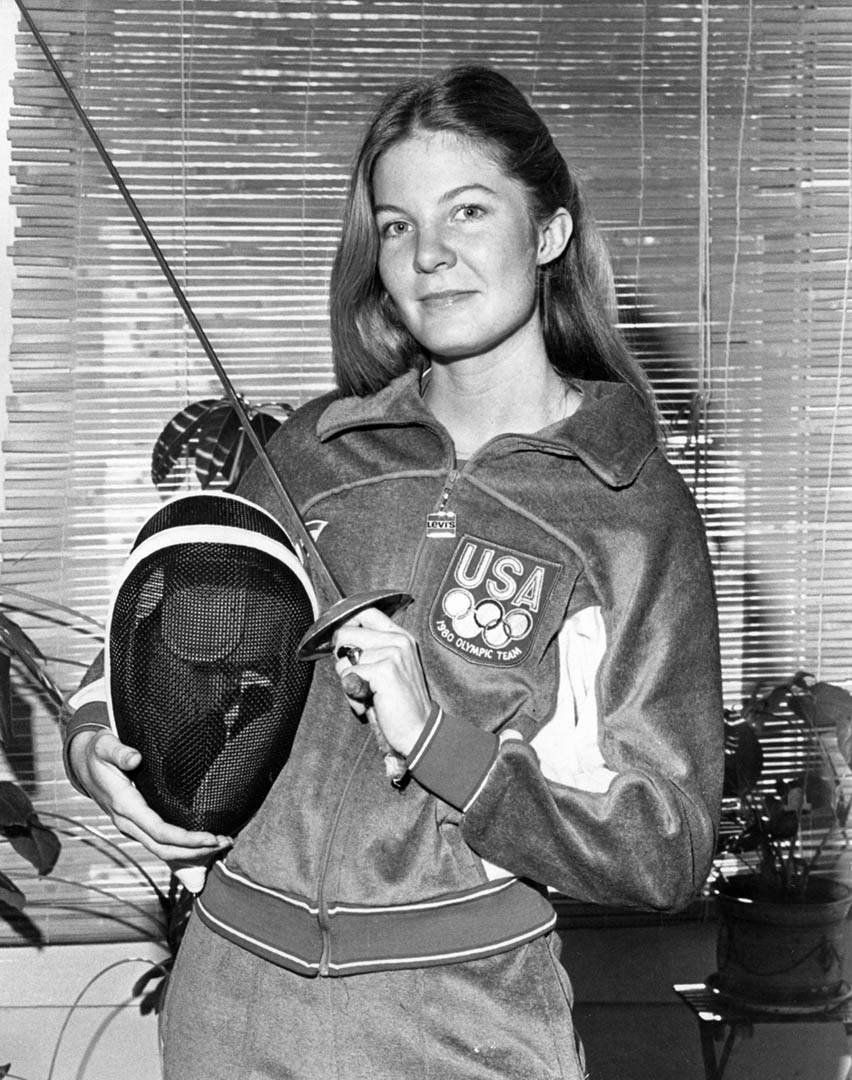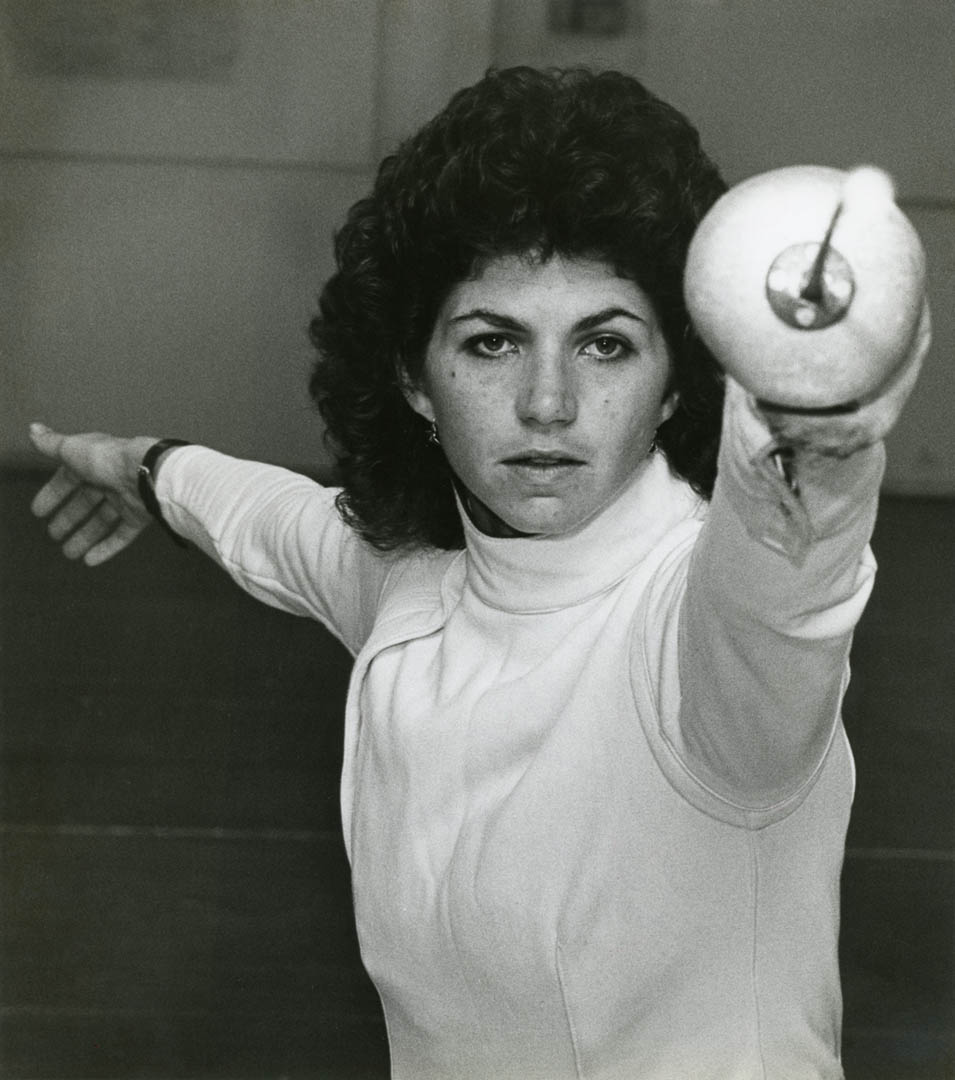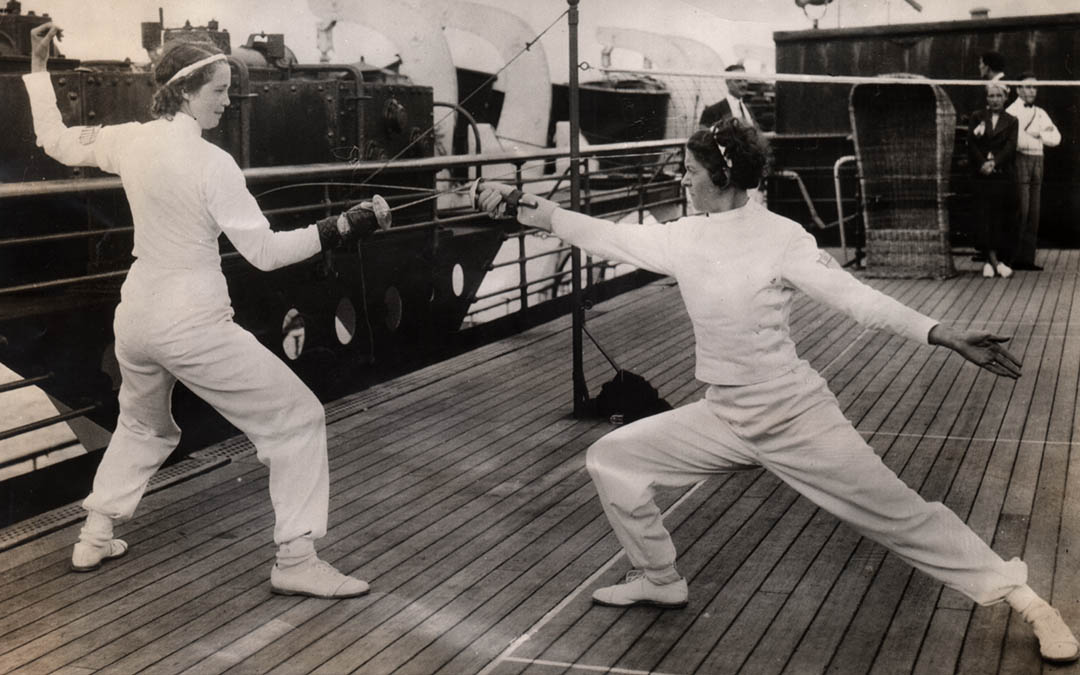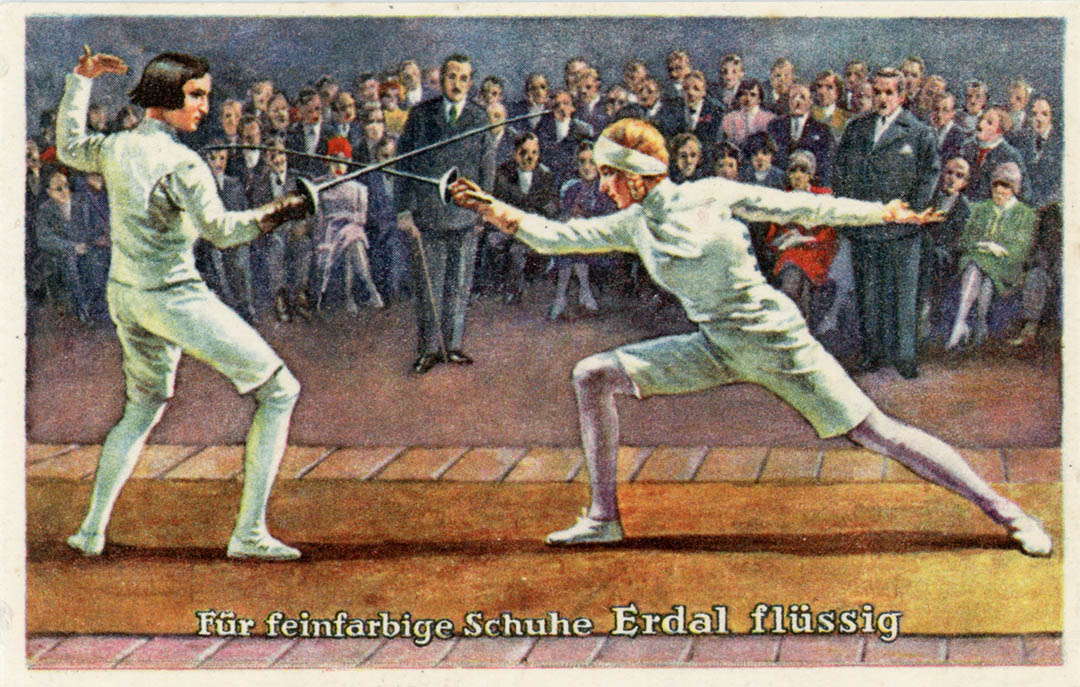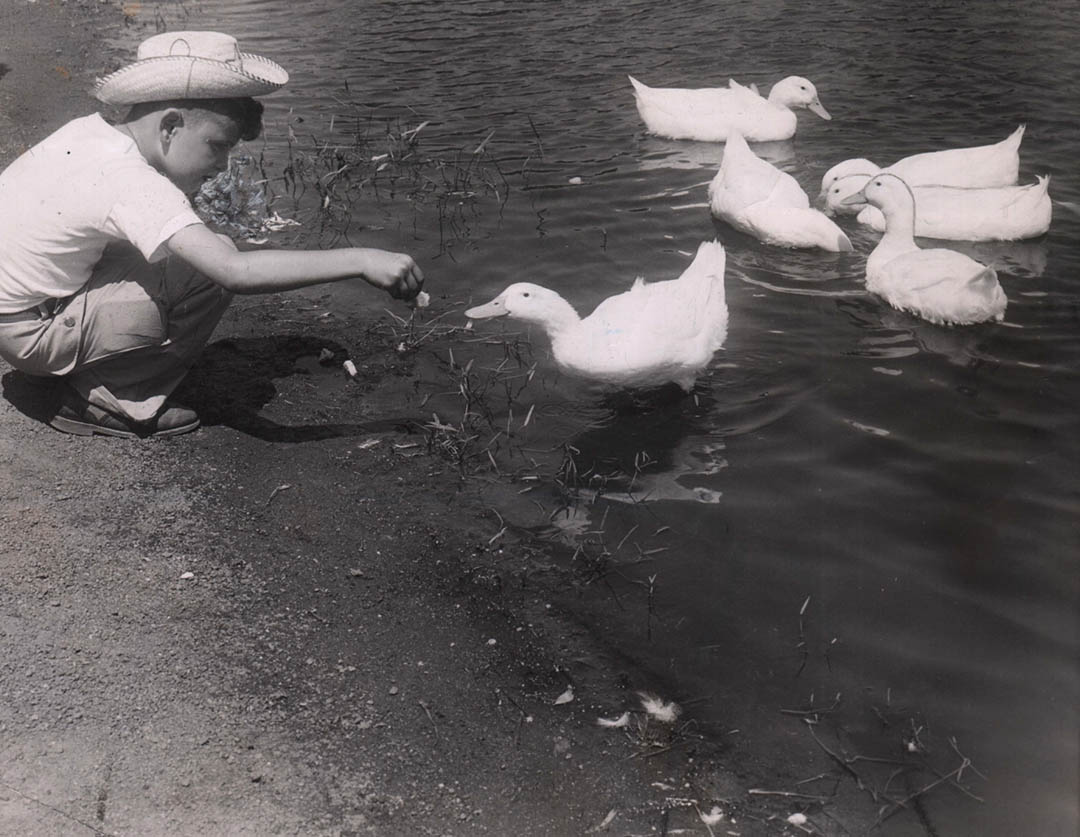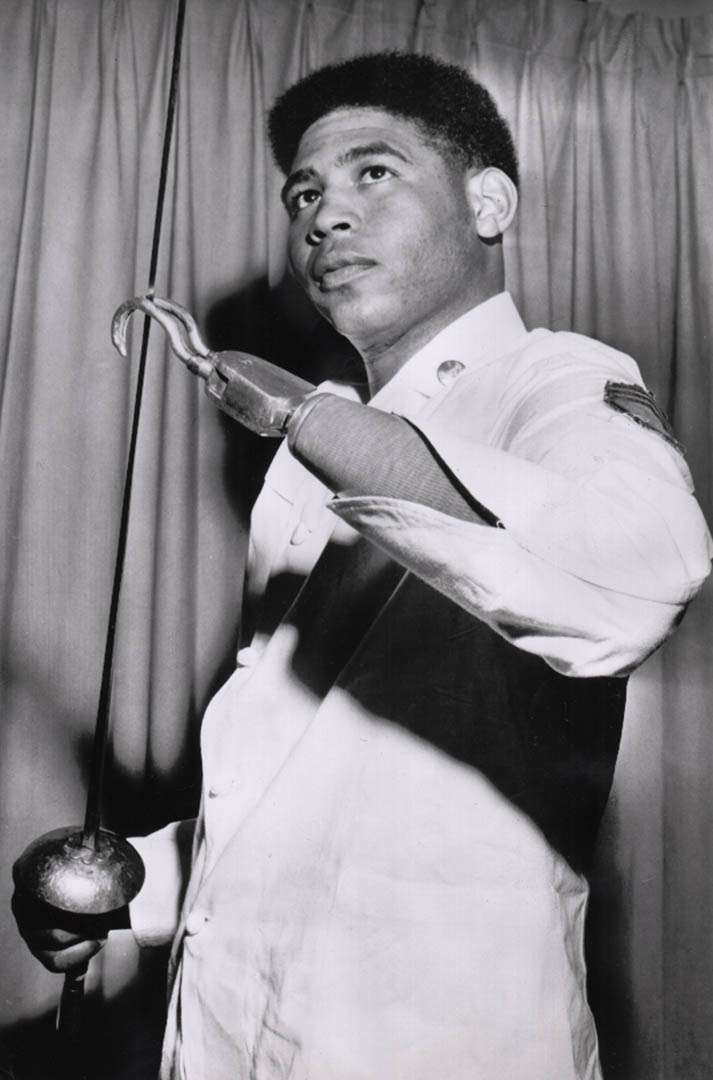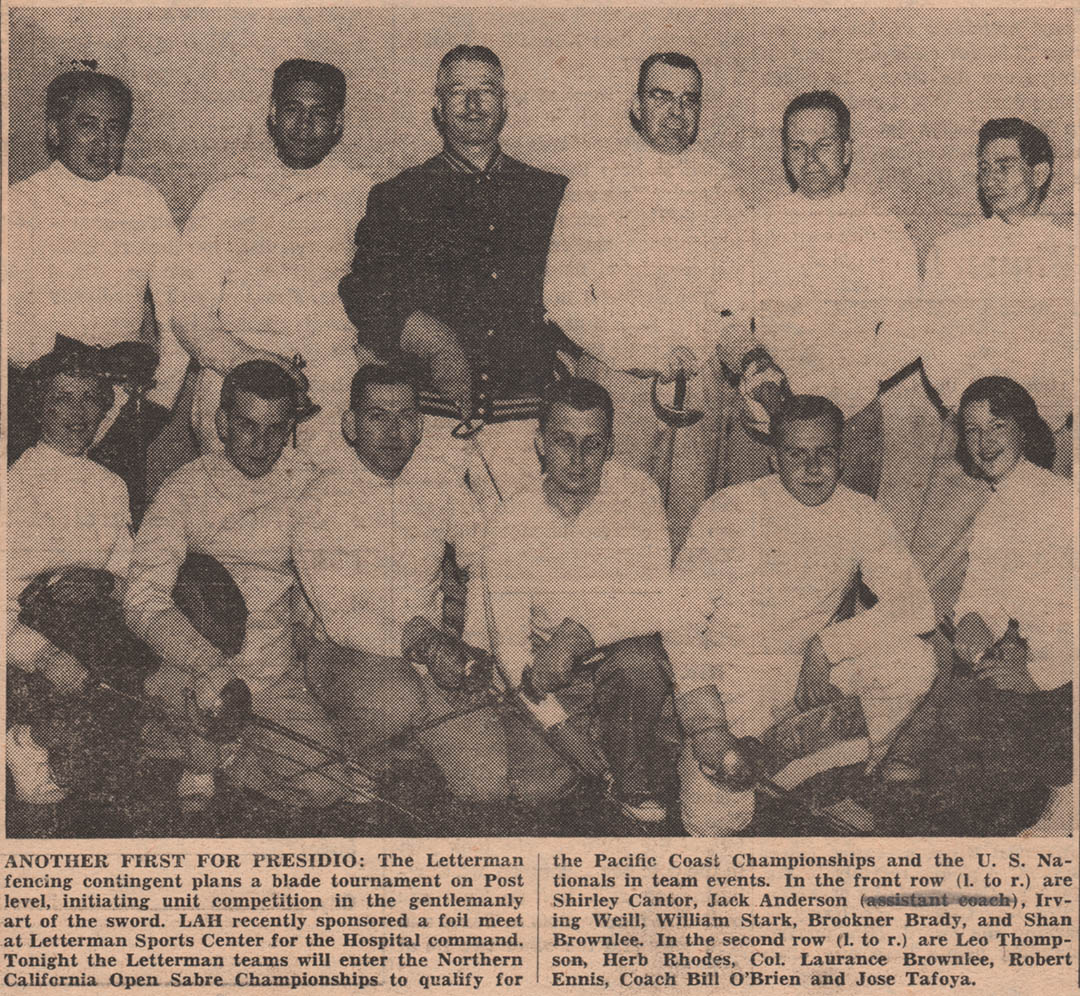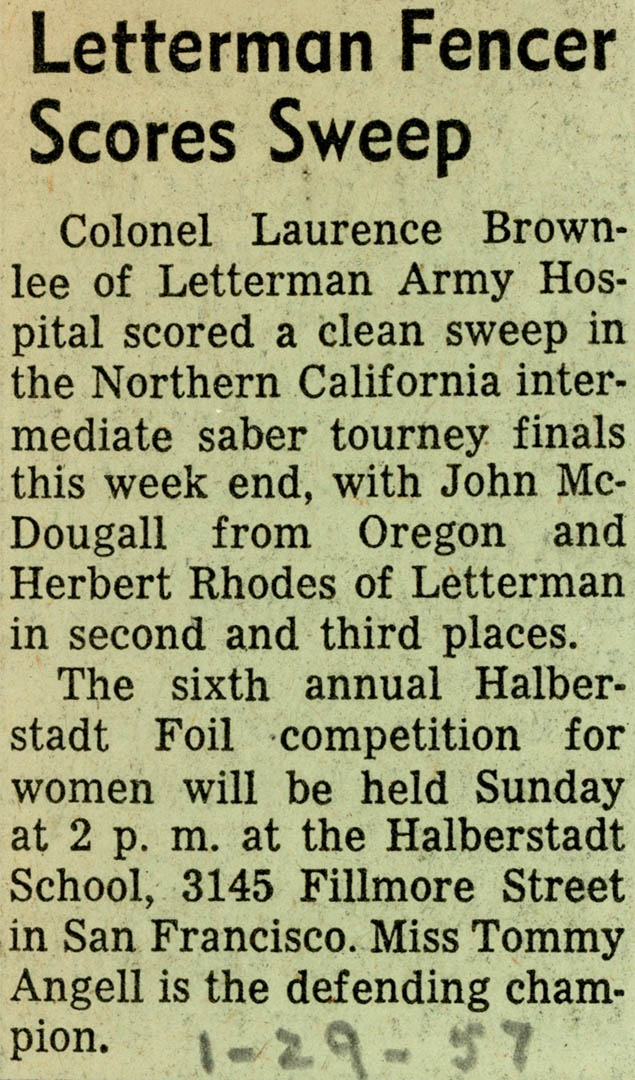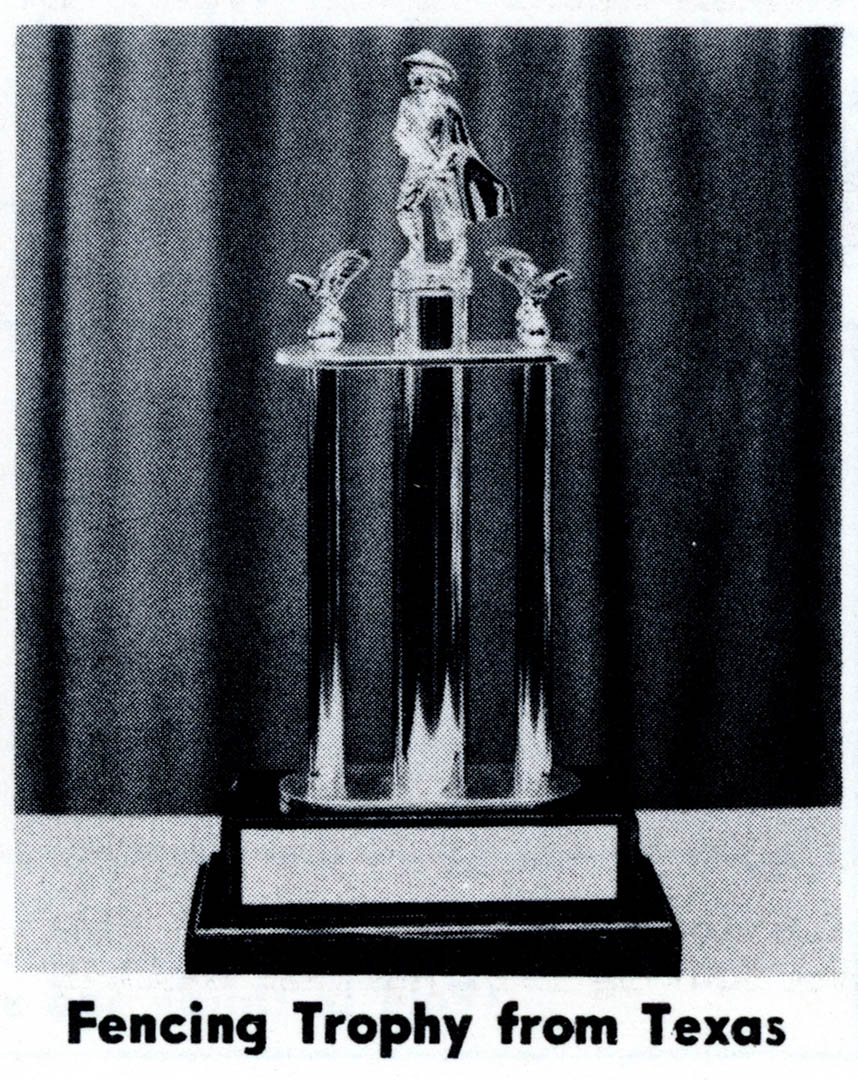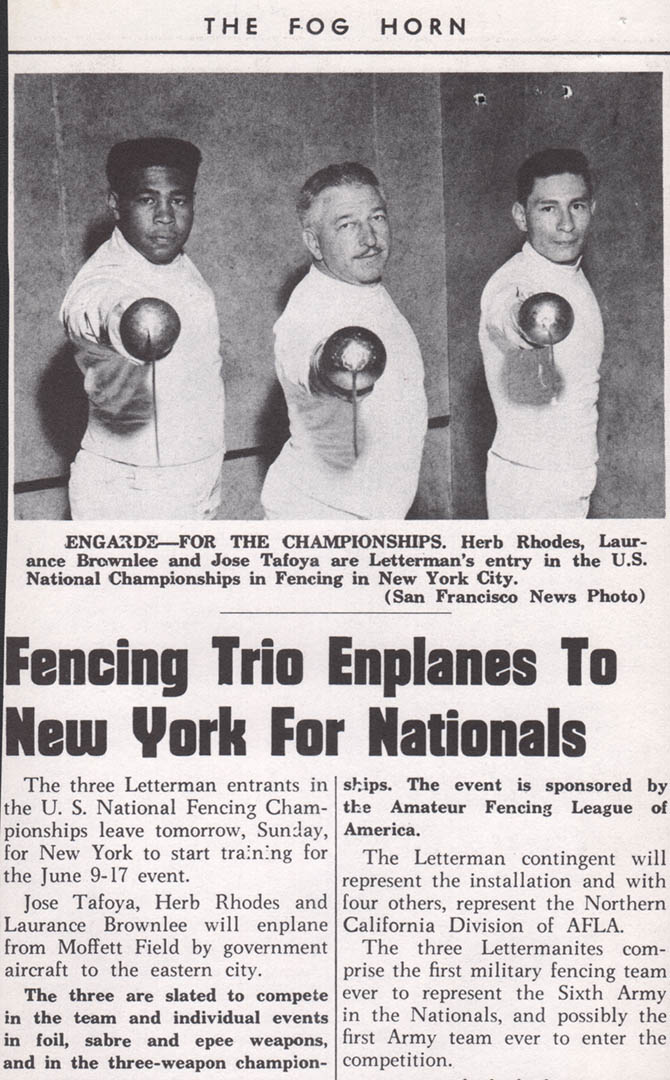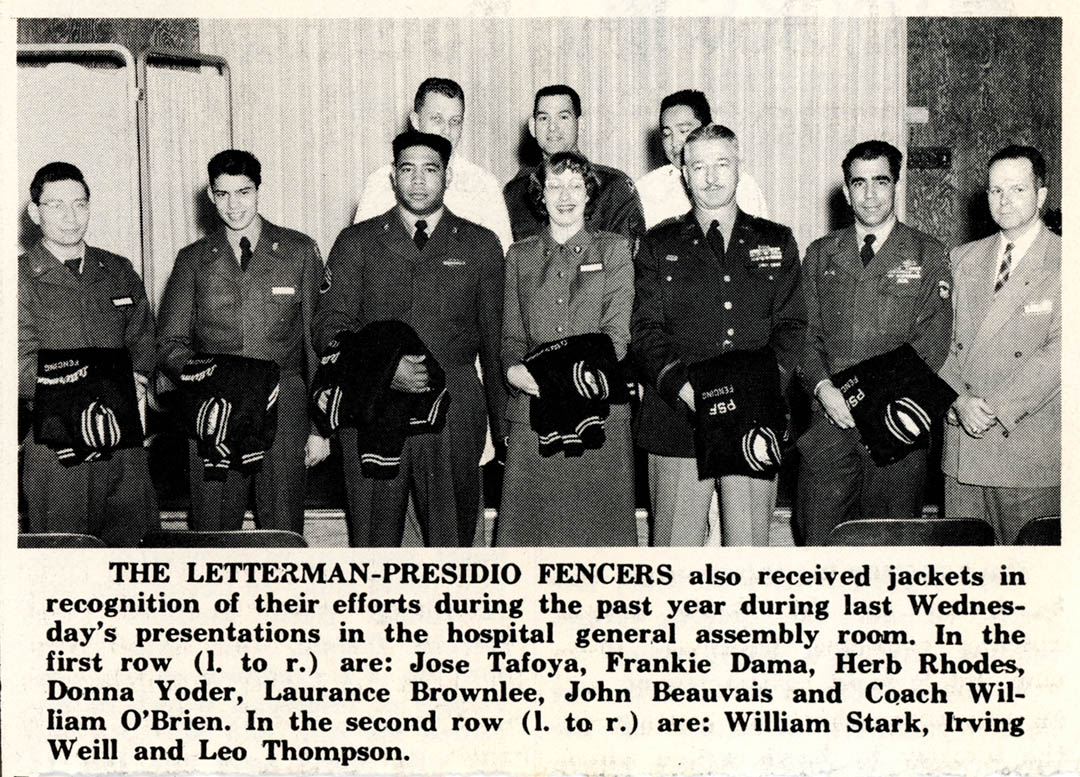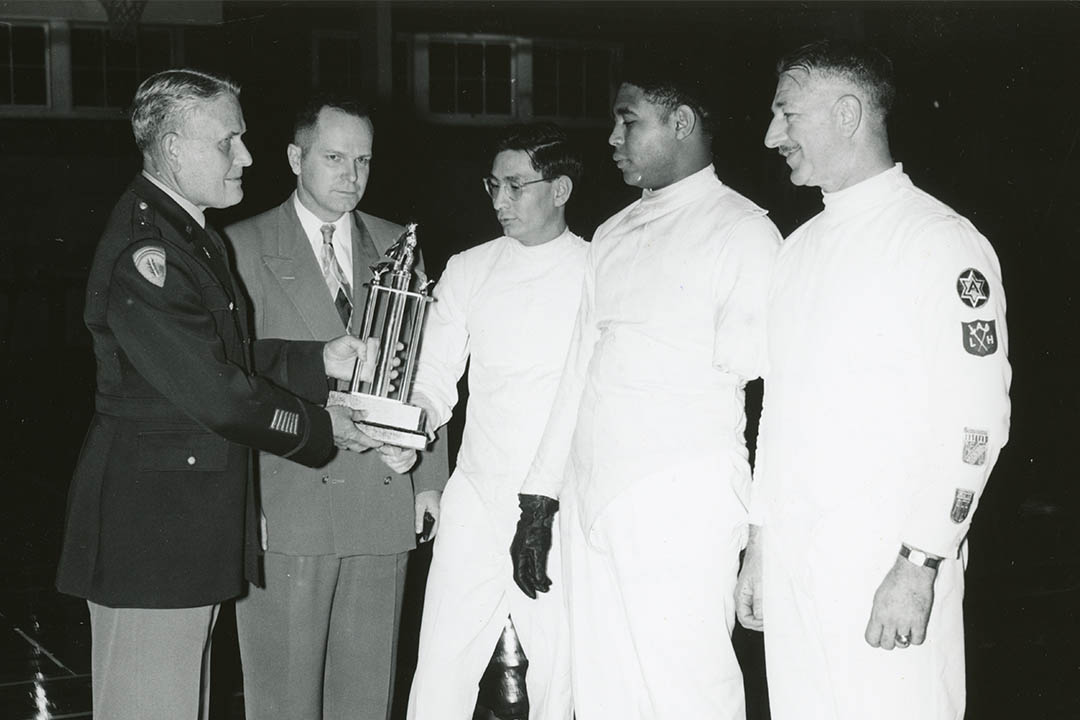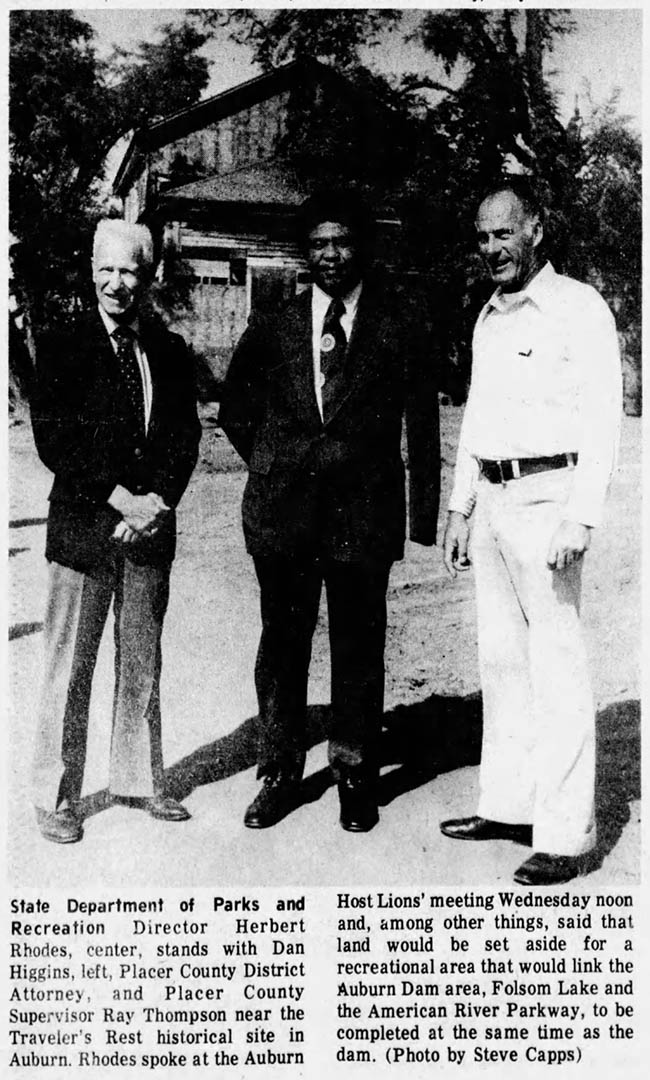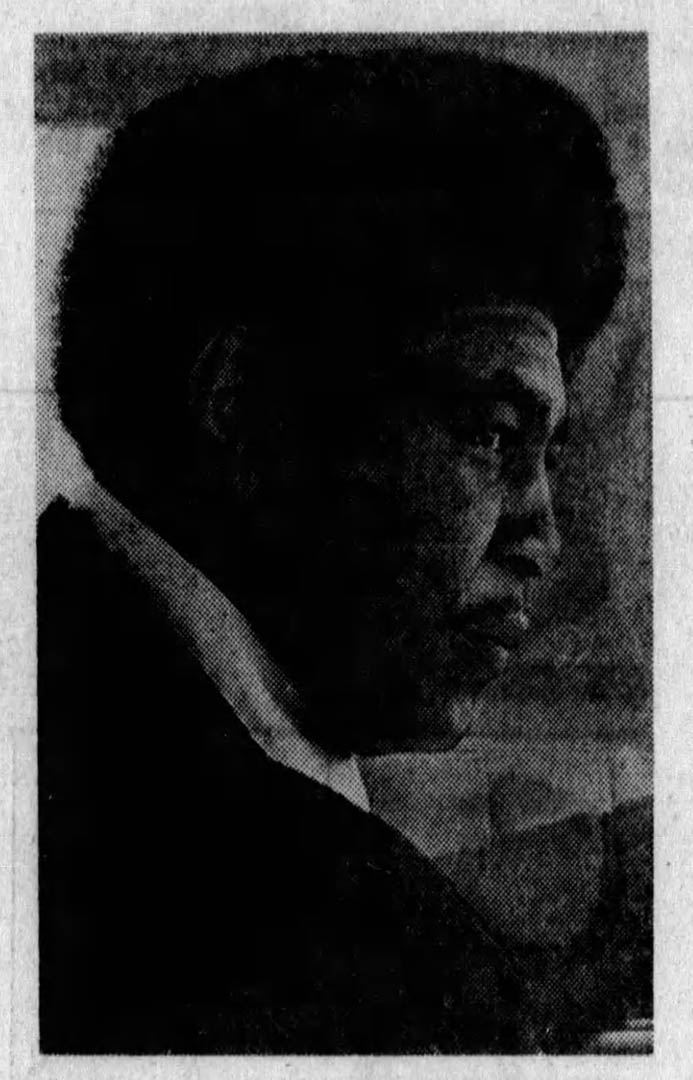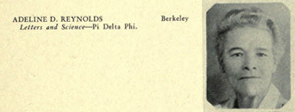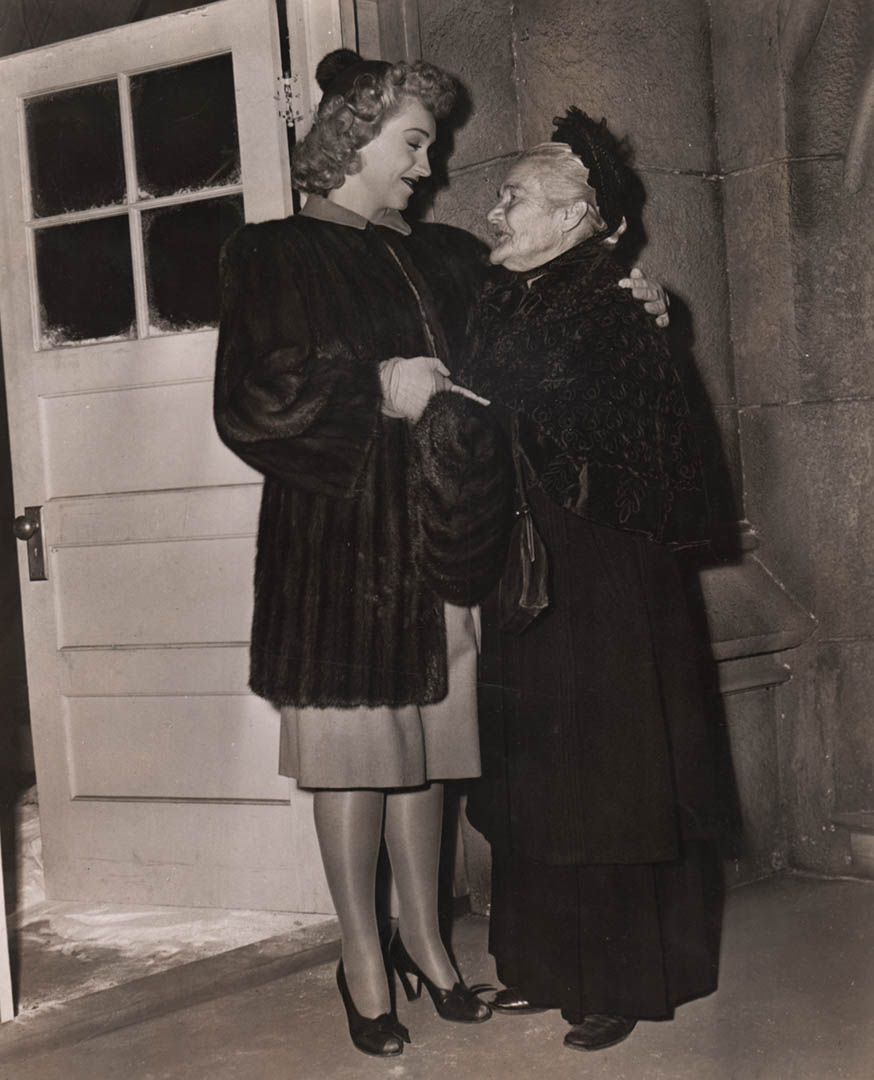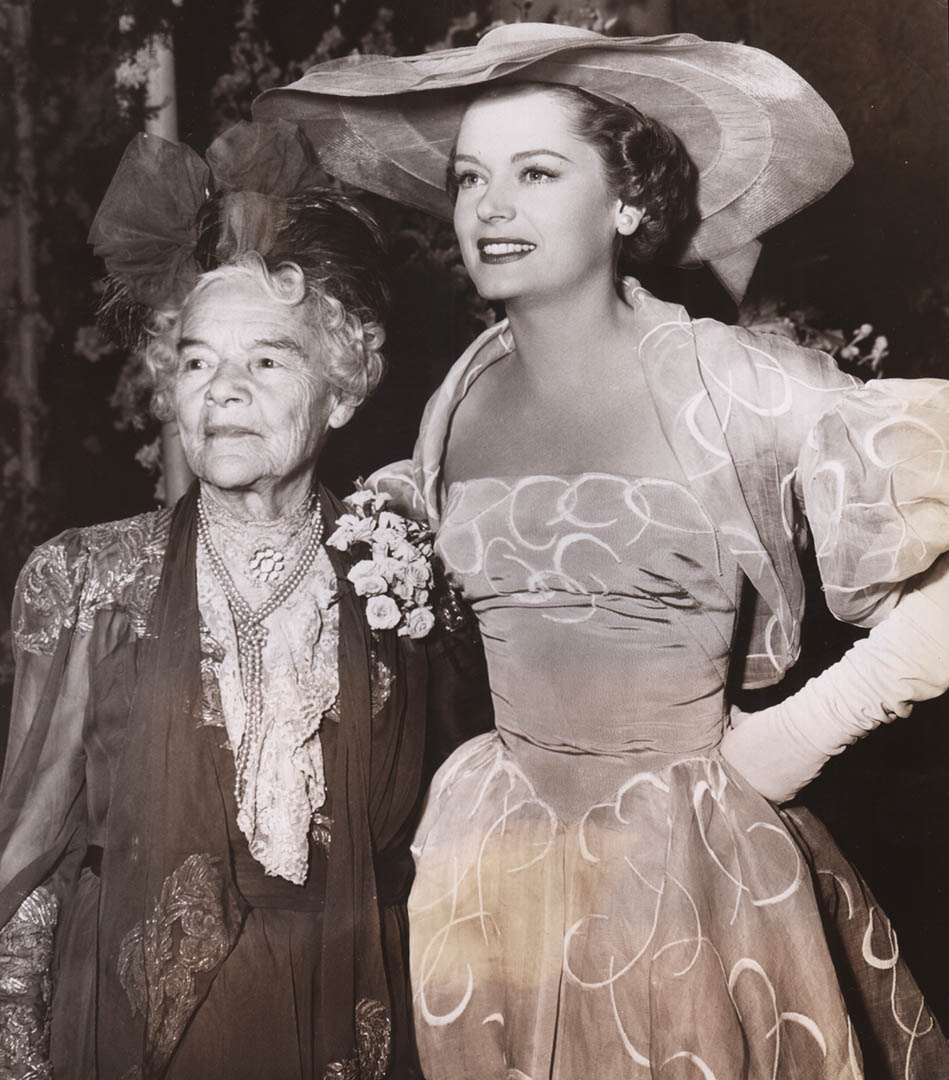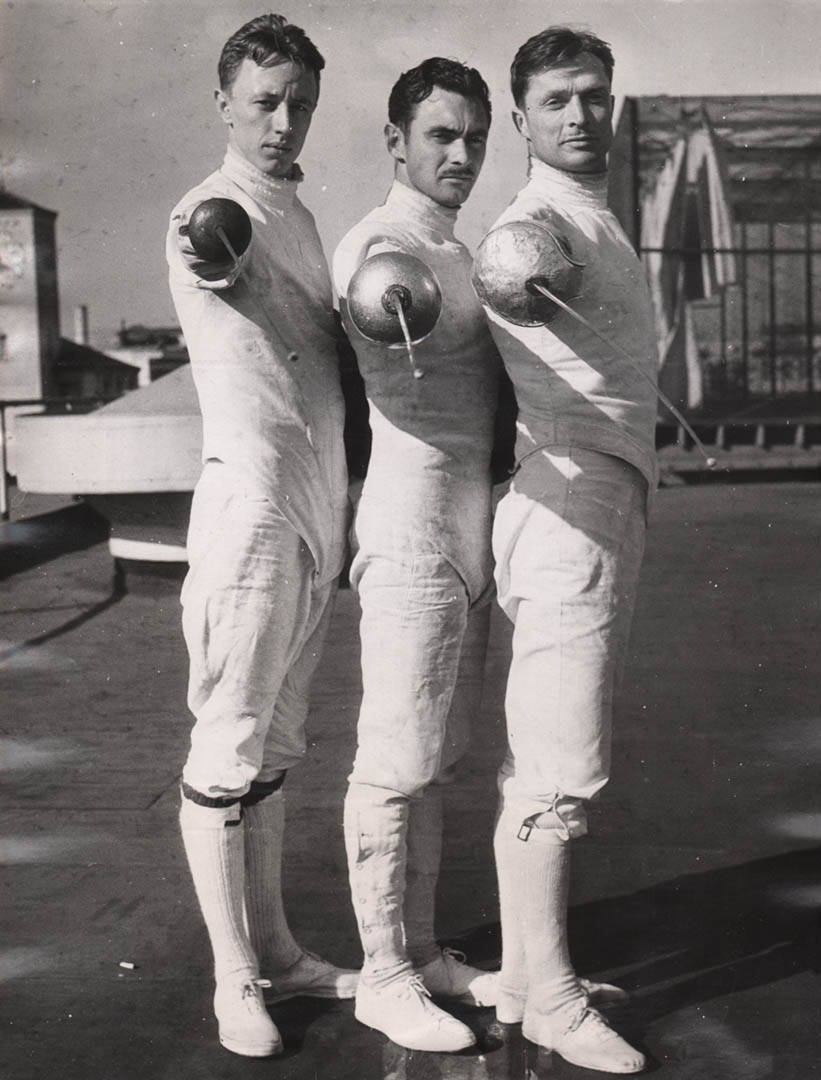Random Stuff
Trying out still more page formatsJust A Standard Page
Nunc et vestibulum velit. Suspendisse euismod eros vel urna bibendum gravida. Phasellus et metus nec dui ornare molestie. In consequat urna sed tincidunt euismod. Praesent non pharetra arcu, at tincidunt sapien. Nullam lobortis ultricies bibendum. Duis elit leo, porta vel nisl in, ullamcorper scelerisque velit. Fusce volutpat purus dolor, vel pulvinar dui porttitor sed. Phasellus ac odio eu quam varius elementum sit amet euismod justo. Sed sit amet blandit ipsum, et consectetur libero. Integer convallis at metus quis molestie. Morbi vitae odio ut ante molestie scelerisque. Aliquam erat volutpat. Vivamus dignissim fringilla semper. Aliquam imperdiet dui a purus pellentesque, non ornare ipsum blandit. Sed imperdiet elit in quam egestas lacinia nec sit amet dui. Cras malesuada tincidunt ante, in luctus tellus hendrerit at. Duis massa mauris, bibendum a mollis a, laoreet quis elit. Nulla pulvinar vestibulum est, in viverra nisi malesuada vel. Nam ut ipsum quis est faucibus mattis eu ut turpis. Lorem ipsum dolor sit amet, consectetur adipiscing elit. Maecenas nunc felis, venenatis in fringilla vel, tempus in turpis. Mauris aliquam dictum dolor at varius. Fusce sed vestibulum metus. Vestibulum dictum ultrices nulla sit amet fermentum.
In Vino Spiritus
The Latin meaning of that, according to Google Translate, is “Wine of the Spirit”. As a philistine in the ways of Latin, I’ll have to accept it. No clue. Truly. Still, I’m willing to forge ahead, bracing myself for the potentiality of a more studied reader to come at me with a more robust or meaningful interpretation. It’s ok. I like learning new things. About old things. I confess, through my efforts for this website and The Archive generally, I have developed a settled tendency to reflect on things from the past. Humorist John Hodgeman called nostalgia “…the most toxic impulse.” Well, call me Captain Toxic Impulse, because here we go!
A recent, large donation of books to The Archive that both deserves and will get its own story in the near term included a custom hardbound collection of several editions of the post-war fencing magazine that was an immediate predecessor of American Fencing Magazine, called The Fencer. For its first few issues, The California Fencer. It was the brainchild of two Bay Area fencers, Arthur Lane and Pierre (Peter) Paret. Arthur remained in the area throughout his life and was a coach at UC Berkeley, founded his own Berkeley-based club that lasted for many years, and, late in life, taught at Harold Hayes’ Pacific Fencing Club on the island of Alameda, which sits about 30 yards off the shores of Oakland. Peter Paret, sometime after he put writing and distributing fencing magazines in his rear view, was a noted and respected Cultural Historian. Educated at Cal and Oxford, he taught at UC Davis, then Stanford, as a Professor of History. The Fencer magazine ran a short course, publishing from 1946 until 1948. I have a xerox copy of the entire run, thank you Harold Hayes, and now have a number of originals, their hardbound binding defeating my desire to scan them not withstanding. I find reading the originals more fulfilling than perusing the xerox – and now, pdf – version, due to, of all things, the textural quality of the paper they were printed on. It feels more readable. Does that make sense to anyone else? Anyone? Bueller?
Picking up the bound volume recently and thumbing through Issue #4, June, 1946, I came across a one page piece, written purely for humor, that I thoroughly enjoyed. However, part of my enjoyment I believe stemmed from my ability to recognize almost all the people that are mentioned, mostly by only their first or last name, in what is the imagined exchange between two drunken sots at a San Francisco bar. One of the sots is, not surprisingly, a fencer. What with the rising consumption of alcohol during Covid (yes, that’s a real thing – be careful y’all) I was a little better fortified to understand this meandering account of the state of the Bay Area fencing scene, circa June, 1946. Well, I was after a few cocktails.
In preparation for reading the below, I thought I’d run down the list of all those who get a mention. Here, mostly in order of appearance, are the players: Jack and Kitty Adams, Karl and Emilie Romaine, Erich Funke d’Egnuff, Edward Visconti and Missus Visconti, Hans Halberstadt, Helene Mayer, Salvatore and Kay Giambra, Carlos Bertram, Elizabeth Ferrari*, Ferard Leicester, Jerry Biagini, Peter Paret, Hal Mottershaw**, Dr. William “Bill” O’Brien, Arthur Lane, and Louis Lataillade.
* Elizabeth Ferrari was Hans Halberstadt’s girlfriend. I’m not 100% certain this is the “Elizabeth” mentioned – heck, I’m not even 50% sure – but she is my favorite candidate.
** I can’t find a photograph of fencer and Army corpsman Harold “Hal” Mottershaw. He fenced at the Funke Fencing Academy for a few years after WW2.
Ok, let’s do this! I’m saving the photos of all the players for after the story, in the order they make their appearance in the story. It’s hard enough to interpret the drunken ravings of the mystery writer/fensher. The exception to the order of the photos is up at the top of the page, and that is a picture of Jerry Biagini, left, lunging and scoring against Los Angeles-based Ralph Faulkner student Arthur Kaye, taken at the 1948 Pacific Coast Championships at the Los Angeles Athletic Club. Kaye was the eventual winner of the PCC Open Foil that year. I’ve used some of the photos herein for other stories in the past, but no matter. Just trying to be helpful. So without further delay, here’s the transcription:
_____________________
IN VINO SPIRITUS or THE LAST ROUND
…of Epicure the Swordsman
“Dya know Jack Adams?” asked Epicure, swaying gently agains the bar. “Dya know Jack?
“Never hear of him,” countered the Stranger. “Have another.”
“Good old Jack! Pal o’ mine. Romaines? No? Crosh Blades? No? Funke? No? Visconti? No? Halberstadt? No????? Where hell you been? Nowhere?”
“N’York.”
“Shnothing. You gotta go to Adams an’ Funke, to be shomewhere, an’ my frien’ Visconti. Best Chianti west o’ Alessandria.”
“Where’s that?”
“Don’ know. Marina, maybe, don’ know. An’ Hans an’ Erich, good pals o’ mine, best frien’s in town. Make bombs.”
“Bombs?”
“Yesh, better’n Joe Louis, knock you out before eighth round. At Emilie’s man sez to me, sez, ‘Is this how fenshers train?’ An’ I sez, ‘You tryin’ to inshult me?’ An’ he bit the dust.”
“Did you knock him down?”
“No, was tryin’ to craw under carpet an’ my frien’ Helene, gran’ girl, the besht, shtept on him an’ say, ‘Look aat theee leetle mousie in shtriped pantieees! I have heeem keeled! Yes?’”
“What’s all this you’re talking about?”
“Fenshing. Great sport, parties all the year ‘roun’. I’m fensher. You fensher? No? Will take you nest Open Housh, make new man of you.”
“I don’t want to fence.”
“Who said fenshing? I shaid I’ll take nesht Open Housh. Good ol’ Jack, he was firsht, Chrishmush, never mished drinks. Kitty good gal, frien’ o’ mine, she an’ Jack had Open Housh at Chrishmush, see? Sal began crap game an’ lost to Carlos, frien’ o’ mine, five to nothin’, Sal directing no good that night. We sat on the floor an……”
“At Jack’s?”
“Whacha mean, ‘Jack’s?’ I’m talkin’ ‘bout Romaine’s. Big party. All sat on floor. All drunk, ‘cept me, I sat on wall an’ Elizabeth sez, ‘You come down off that wall!’ An’ I sez, ‘Can’t, I’m plastered, sho there!’ Leicester, Lei… Leichester….. Leshter was there. Everbody sez, ‘Hullo, Leshter. That’ll be fifty cents.’ Frien’ o’ mine.”
“Next day tried to swim ‘cross Bay Bridge, but policeman wouldn’t get out of way. Others crossed blades in Berkly with crumpets and used tea to mark hits. Next year will swin ‘cross Bridge at night. Then policeman won’t see me an’ I’ll see girls in Berkly an’ fence. Danshed a polka with Helene….”
“in Berkeley?”
“Who’s talking about Berkly?” Funke’s, pineapple from Hawaii and Champagne an’ Cointereau an’ danshing an’ fenshing. Was sober as Lord and so was Erich an’ so was I an’ Erich. Fenshing great sport. You know Visconti, Maestro? We’re just like that…. Han’ in glove. Jerry an’ Pete an’ Hal an’ Sal mixed their drinks. Terrible, awful. Not gennulmen, like me an’ you. Next time will take you an’ say, ‘Missus Visconti, this frien’ o’ mine, you give him food like before.’ Wunnerful! An’ then Hans got some tanning fluid an’ some lemons and’ some germicide…”
“When was this?”
“Am I dumb or aren’t ya? I’m speaking Hans’ party, course. Every year, clean the floors, make b’lieve er sober, and’ never regret it ‘til next moring. Bisch’bent double, my frien’ Salvadore Dali there, Bill sober, frien’ o’ mine, but sober, Arthur, lil’ Arthur…….. An’ Sal an’ Kay, an’… Lata……Louis. An’ who wasn’t there? Who wasn’t? You wasn’t. Where was you all your life? You no frien’ o’ mine. You no fensher. Go’way. Good ol’ Jack, he shtarted at Chrishmush….. Goo’ night!”
_____________________
And that’s how they trained for fenshing back in 1946. Is it all that different now? Ok, I suppose it is. For the better? Well, that’s a different question.
Now let’s take a look at the cast of characters represented in this rollicking ramble!
Jack and Kitty Adams, seen here at one of the many costume parties that took place at the Halberstadt School of Fencing. Jack and Kitty seem to take a good bit of the blame for alcohol-fueled Christmas rave ups for the fencers. If you’d like to know more about what they got up to, I recommend you check out the story I wrote about 1940s home recording devices and the Adams’ Christmas antics. Right here.
Karl and Emilie Romaine were a husband and wife photography team based in San Francisco. They focused on portraits, and provided head shots and glamour shots for actors, actresses and dancers in the region for several decades. For many modeling tasks for commercial jobs, they would often hire dancers to add an element of athleticism to the image. They felt that dancers, in particular, were more adept and flexible for finding the right pose for the shot. Emilie was a long-time fencer, starting with Erich Funke d’Egnuff. When Hans arrived in San Francisco, he, Karl and Emilie became very close friends and the Romaine’s shot most of the portraits of Hans from that time forward.
This is an add-on that washed up on the shores of my memory while I was editing the post. I was trying to figure out what the reference to ‘crosh blades’ might be near the start of the skit. At first, I thought it was perhaps the name of a club I’d forgotten about, the Crossed Blades. Then it hit me that somewhere in the depths of one of the six scrapbooks of Hans Halberstadt that reside in my digital collection there might be an answer. Something struck a cord, so I went fishing. In the earliest of the scrapbooks, one of two in their original condition that are in The Archive’s collection and 100% scanned, I found a handbill advertising the Funke Fencing Academy, circa 1943, that features the above in the header. I knew I’d seen something about this. Since I figured it out (after some wildly off-base imaginings) I thought I’d add this into the mix. Now, back to our cast of characters.
Erich Funke d’Egnuff started his San Francisco Salle d’Armes in 1933 after learning the trade of fencing master in New York under the tutelage of Anthony Greco. A WW1 veteran of the German army, he emigrated to the US shortly after the war. His San Francisco club, for many years in the basement of the Theater Arts Colony building on Washington St. (long since gone), was the first fencing home of Hans Halberstadt upon his arrival in the city. Erich hired him as an assistant until Hans opened his own club on Fillmore St.
Hans Halberstadt. Julio Castello, Edward Visconti and Erich Funke d’Egnuff in the Funke Fencing Academy. What Julio was doing in San Francisco, I’ve no idea. Edward Visconti can be thanked for supporting the opening of the Halberstadt School of Fencing in 1942. He had retired from coaching after the Italian sports club he had taught at was shuttered due to concerns of members spreading fascist ideology during the early days of WW2. Visconti’s unused equipment did no one any good languishing in his garage, so he gifted the masks, foils, et al, to Hans as the seed for his own club. Not long after, he opened up a custom glove making business on Fillmore St., just a block or two from Hans’ club. Anybody who was anyone in fencing on the West Coast wore a custom Visconti glove, including Los Angeles-based Maestro Aldo Nadi.
Hans Halberstadt, cigar firmly set in jaw, inside his Fillmore St. salle. This photo was taken during a photo session led by Karl and Emilie Romaine that resulted in dozens of photos of Hans, Helene Mayer, Salvatore Giambra, Emilie Romaine and others. It’s the rare photo of Hans that shows him without either a cigar, a pipe or a cigarette. Anywhere, anytime.
Helene Mayer on the left with one of her Mills College students on the tennis court at the Oakland-based women’s college (at that time). Few of the photos of Helene show her with a big smile like this. Mostly often, she is wearing a closed mouth slight smile (think Mona Lisa), if she’s smiling at all. In the majority of the photos that have her in a fencing pose, either a lunge or standing on guard, she’s got some version of ‘game face’ on. For this one, from a series of images taken at an outdoor tournament on the Mills campus, she seems pretty relaxed.
Daniel De La O, Frank Giambra and Salvatore “Sal” Giambra in the Halberstadt School of Fencing. Daniel and Frank were both excellent fencers, but Sal was one of the local stars amongst the men. He was selected as the Team Captain for the 1948 US Olympic team for London, was a consistently strong finisher at national events and a multi-time winner of the Pacific Coast Championships. He also won the Halberstadt Sabre competition a record five times. If there is a photo of his wife Kay in the Halberstadt scrapbooks, she isn’t identified. She gets a mention in the skit, but alas, no photo.
“Lion tamer” Carlos Bertram and two unidentified ladies at a Halberstadt School of Fencing costume party. There were many such parties. Carlos isn’t one of the characters in this skit that I know much about. He had some local results as a novice in sabre, but I don’t think he stayed in the sport long. Or, he didn’t compete much. But he could impersonate a lion tamer and dance with two lovely ladies at once, and that’s good enough for me. To the best of my knowledge, no photos exist of him with whip or chair, so I can only hope to be pleasantly surprised someday by receipt of such evidence.
Elizabeth Ferrari and Hans Halberstadt peruse a score sheet while Jack Baker, leaning against the wall, and another unidentified fencer look on. 1956 Olympian and two-time National Champion Sewall “Skip” Shurtz referred to Elizabeth Ferrari as “the true love of Hans’ life.” There was a significant age difference between them, but Skip said that neither cared about the opinion of others regarding their relationship. I’ve no idea if the Elizabeth mentioned in the story above is this one. If so, she would have been in her mid-20s in 1946. She worked as a medical editor at the UCSF Medical Research Center. I actually don’t think she and Hans met quite as early as 1946, as I have to assume there would be a great many more photographs of her in the scrapbooks that he diligently kept from his arrival in the US in 1940 until his death in 1966. Really, I just wanted to give her some screen time. Sadly, although 35 years his junior, Elizabeth predeceased Hans, passing away from uterine cancer at the age of 42 in 1964.
Ferard Leicester and Helene Mayer in a photo taken in 1935, right about the time she arrived in Northern California to take a job as an instructor of German and fencing at Mills College. Leicester was a long-time fencer and administrator in the Northern California division (or Bay Division, or Pacific Coast Division, depending on what year we’re talking about) and represented San Francisco’s Olympic Club. The OC was for years a strong sponsor of fencing and had offered instruction in the sport from its earliest beginnings. Sadly, a complete record of the earliest fencing documentation for the club was lost during the 1906 San Francisco earthquake. In the subsequent fire, the original Olympic Club building was burned to the ground. The reference above about “that’ll be fifty cents” regarding Ferard Leicester must have something to do with the floor fee at the Olympic Club. Leicester represented the OC for decades and wrote articles for the OC newsletter. I’m guessing he collected the floor fee for fencers visiting the Olympic Club for a night of fencing. And was good at it.
This exceptionally handsome portrait shows Peter Paret, who fenced in San Francisco for the Funke Fencing Academy as a young man. His family arrived in San Francisco in 1937. He enrolled at UC Berkeley in 1942 and was subsequently drafted, serving in combat intelligence and operations in New Guinea, the Philippines and Korea. After his discharge, he returned to Cal and finished his degree. In between, he hatched the idea of writing and editing The Fencer magazine with his friend Arthur Lane, who, by 1946, had founded the Berkeley Fencers Club located on University Avenue. It’s possible that Peter was the author of the above skit. In the publishing credits for the issue, “Epicure the Swordsman” is listed as a guest contributor. Taken at face value, that lets him off the hook. However, Peter was a clever writer and may be simply trying to deflect blame to a straw man. Although an Army veteran and possibly well familiar with the patois of drunken fencers , he was still a youngster of about 22 years of age. I’m very happy to have the above picture, as it’s the second of only two photos I now have of the fencer Peter Paret in my collection. This one is courtesy of his son and daughter, who I’ve just recently made contact with and they very generously sent this photo along for me to use.
Bill O’Brien, as he was known in his competitive days, before becoming Dr. William O’Brien and a coach in his own right, was a San Francisco native who started fencing as a young man at the Funke Fencing Academy. Apparently he was a sober young man, but passionate about the sport from his earliest beginnings. He shows up almost constantly in the ranks of tournament results throughout the mid-to-late 30’s and 1940s. An administrator for the Letterman Army Hospital located in San Francisco’s Presidio, he received permission in the mid-50’s to start a fencing club at the Letterman Gymnasium, which was located on the base. You can still see the building from the Iunchroom at ILM, the George Lucas-founded visual effects company that now has its headquarters in the Presidio. O’Brien ran the program and coached at Letterman for the rest of his life and, as far as I know, never took a nickel for his efforts. In this photo, he’s on the left, scoring a hit against his unknown opponent. Bill’s left arm covers the face of the officiant, Erich Funke d’Egnuff. Funke was a tireless promoter of the sport, appearing frequently in the local papers and was an instigator of fencing demonstrations for any amenable organization with enough space and few chairs for spectators.
Arthur Lane is on the far left in this photo from 1940, taken not long after Hans Halberstadt took on the role of assisting Erich Funke d’Egnuff at the Funke Fencing Academy. In the back row to Arthur’s left (your right) is Ed Houser and Truman Clark. In front, shaking hands, are two WW1 veterans of the German Army, Erich and Hans. Funke was a Saxon in a Bavarian regiment – possibly an uncomfortable situation – and Halberstadts’ regiment was from his native Hesse, where his home town of Offenbach am Main was located. One of the medals awarded to Hans during WW1 was the Hessen Badge of Honor for Bravery and Valor.
Letsh get thish party shtarted! This photo can also be seen in my story, linked above, about Jack and Kitty Adams and the Christmas Party where they recorded the voices of both Hans and Helene Mayer. If you haven’t seen nor heard that yet, by all means, go look & listen. I’ll still be here when you get back. This party picture has the only photo in my collection of the Olympic Club fencer, Louis Lataillade. He’s on the couch, to the left of Helene Mayer (our left). Lest you wonder about his arm that seems near to embracing Helene’s shoulder, I should tell you that the lady with the big smile sitting to Louis’ right is, I’m fairly certain, his fiancée. We’ve also got Jack Adams on the far right of the couch, Carlos Bertram standing behind Louis, and Hans Halberstadt on the far left of the picture – cigarette in hand.
That’s as much as I can reasonably cover during this brief interlude of distraction for your day. The takeaway, for me, is that this group of people really did seem to all get along quite well. In contrast to their Southern California friends and rivals in the sport, the Nor Cal fencers didn’t seem to have any issue with showing up at this club or that, depending on the day and your own preference or convenience. Compare that to the clubs in the south, where word of your having set foot in a rival club for anything other than a competition would get you a letter from your Maestro informing you that your presence in your home club was no longer welcome. And no refunds. That is specifically spelled out in the paperwork I have from Pasadena’s Cavaliers club run by John McKee, and I’ve seen a photo of a letter sent by Aldo Nadi to one of his fencers informing him that he was no longer welcome and an ungrateful lout for daring to set foot in another club. That’s how things rolled in the Southland. Bay Area? Not so much.
Have another drink, friends. Just be safe.
Reflections On Scrapbooks, Harvard and Mice
It isn’t often that my obsession with perusing the depths of Ebay delivers in such an intriguing fashion. Once in awhile, though, I’ll find a real treasure. That is to say, a treasure to me. Clearly, especially in this case, I’ve put my hands on an item not terribly well treasured by whoever its prior caretaker may have been. Either that or it was discarded due to the rather obvious incursions that one or two generations of small rodents made into the contents.
Question: Can mice survive on a diet consisting mainly of memories? Discuss.
This is the second fencing scrapbook I’ve hauled down from the ether of Ebay and is by far in the worse condition. However, my entree into the world of fencing memorabilia conservatorship began with peeling the leavings of rodentia from the walls of the Charles Selberg estate and preserving their dna samples between layers of acid free backing boards and mylar covers. You don’t really want to know more. Still, it left me with a somewhat high tolerance for handling such pages as these shown above, which have been so obviously nibbled by creatures smaller than a breadbox. Bring it on. My “Buy It Now!” fingers are all warmed up.
You can’t know, when buying some types of Ebay mystery memorabilia whether you’re seeing, in the one or two, sometimes five or six pages of representative photos, something that will be revealed upon opening the package to be a tiny slice of what you’d hoped for, or more than you could imagine. For this one, check the second box.
Today’s hero: Kennedy R. Ludlam, Harvard graduate.
Kennedy Ludlam, Harvard graduating class of 1933, seen in the photo at the top on the far right sporting a sabre and lunging at an unseen opponent in the then-new Harvard fencing facility, assembled a scrapbook entirely dedicated to his fencing career. Sixty pages of news articles, letters, telegrams from Western Union (for the younger readers, that’s a hard copy email delivered by courier) and many hand-written notes regarding publication dates. The mice got well into a couple of corners, but there’s just a ton of information to be gleaned from the very thorough record Mr. Ludlam kept. The years are somewhat limited, mostly covering 1931 and 1932, but if it related to fencing, especially Harvard fencing, it’s likely here.
A representative two-page spread, plus thumb for scale.
Kennedy Ludlam fenced on the epee squad for Harvard. While not garnering much in the way of headlines himself, he does get some mentions. Whether or not he was a coming star or mid-level competitor, it was a good couple of seasons for the lads in crimson. No mention of a ladies squad for foils. Did they have one back then? I can’t find a record of them going back that far. If they were challenging for the NIWFA, they weren’t in the medals. NYU, Cornell and Hunter College were the dominant women’s programs in the early 1930s with no mention of Harvard anywhere in the records I have that show the winners from 1929 to 1973.
Two of the three foilist that took home the IFA trophy in 1931 shown here with 3-time Olympian and Bronze Medalist (1932, Foil Team) Dernell Every.
Ludlam documented everything fencing, whether his name was mentioned or not. Collegiate or AFLA, if he found an article, it seems to have gone in the book. That it really only covers two years worth in the sport, it’s pretty astounding how much material he was able to glean. Many items are from the Harvard paper, The Crimson, but he also has clippings from New York papers the Times, Herald, American and Herald Tribune, along with the Boston Globe and Boston Herald. Did he subscribe to all these or steal them from library copies? Who’s to know? I certainly won’t complain.
The earliest entry in the book is this programme from a 1930 event featuring a rather spectacular lineup. The top two names are worth noting, as a starting point. Robert Grasson was the coach at Yale from 1920 to 1956 and Rene Peroy was the Harvard coach from 1929 until 1951. Peroy also competed for the US at the 1924 Olympics, helped the New York Fencers Club to some National team titles and garnered an individual foil title for himself in 1923. Originally from France, he came to the US in 1909 as the chief mechanic for a French air racing team, and later assisted in the design and building of the motor for Charles Lindbergh’s Spirit of St. Louis. Also of note, we see Joe Levis and Frank Righeimer, who were teammates on both the 1932 and 1936 Olympic teams. Levis was on three teams total, Righeimer on two and both finished their Olympic careers with two medals. Levis famously won Silver in 1932 in the individual foil (a feat unequaled by an American fencer until Alexander Massialas in 2016), as well as Bronze for foil team. Righeimer shared the Bronze medal in foil team and was also on the Bronze-winning 1932 epee team, where he and Lt. George Calnan were most responsible for pulling down that medal for the US. Righeimer was a Yale fencer, which explained his participation here, but Levis went to MIT, so he must have gotten lost on the way to lab and wound up fencing instead. Kennedy Ludlam fences in two matches, one sabre and one epee, so he’s in very good company.
Fortunately, Ludlam also saved the above write-up from the Boston Globe, which gives the details on bout scores. As this was an evening demonstration, I can’t help but believe that the bouts all finishing with a one or two point differential between winner and loser was part of the show. “No blowouts!” was probably the directive. It always has been in the demonstrations I’ve been party to. Interesting that Grasson didn’t take a victory, losing to Peroy in both foil and sabre, and Righeimer in epee. Peroy also defeated Levis, which can’t have been an easy task, even during a demonstration match. Ludlam went down in defeat in both of his matches and was probably the low hanging fruit in this batch of fencers, seeing as how the person who fenced in only one match, the foilist Cassidy, was the Harvard team captain who helped secure the IFA championship. Regardless of the defeats, he was certainly in good company with this batch of fencers.
However, further into the book, it becomes clear that Ludlam had his sights on the lofty goal of securing a spot on the 1932 Olympic team. He competed at the 1931 Nationals, held at the Hotel Astor in New York, but I don’t know where he finished. Ok, scratch that. I just spent some time searching. As soon as I wrote that bit, I realized, “Hey, I run a fencing archive. I have resources.” I know I don’t have any magazines or national newsletters from 1931, but I do have a list of medalists from 1892 to 1964. 1931 falls in there somewhere. Digging further into the Ludlam scrapbook, I came across a few articles related to the 1931 Nationals, one of which described the final pool for the epee competition. Winning the gold that year was Mike/Michael/Miguel de Capriles and taking second was – wait for it – Kennedy Ludlam! When I started writing this piece, I hadn’t dug up that particular tid-bit of information, but sure enough! Silver medal at Nationals! Here are a couple of clippings from the scrapbook:
More general details:
And I’ll tell you right now, beating George Calnan in anything was no small feat. George Calnan was a badass took the Bronze medal in the individual epee at the 1928 Olympics, won numerous US championships and was highly respected as a fierce competitor by all who faced him. Check out his bio (here) on the fantastic Olympedia.org site that has all its fencing data kept up by Olympic history megamind George Masin.
For the 1931 National Epee Championship, it’s good to remember that this was one-touch epee. Zero margin for error, extremely large margin for having your best day on the right day. And it’s safe to say, Kennedy Ludlam had his best day that day. Taking the silver medal garnered him an invitation to join the Olympic Squad for training in the run-up to the 1932 Olympic Games. He preserved quite a number of letters related to that invite, including the original invitation, training dates, what to expect, etc.
Four examples out of many of the correspondence from the organizers of the training for the Olympic Squad. Second example of my thumb.
And it’s also clear that expectations were running high in the family, if this telegram from Ludlam’s father? brother? cousin? is any indication:
Who knew that in 1931 Western Union was this close to coining the phrase “Social Media”?
Of all the articles, letters, etc., in this scrapbook, there remains a dearth of photos of Ludlam himself. There are exactly two. The first is the one back up at the very top of the article with him lunging with the sabre. The other is this one here:
Finally, a chance to see what Kennedy Ludlam actually looked like! Sword and Racquet was a short-lived magazine that covered, as you can likely guess, fencing and tennis. I don’t have any issues of it, but I know Andy Shaw does.
To make my life a bit easier and not write something I’d have to retract, I made an effort to review my sources to see if I could find an article that described the outcome of the 1932 Nationals. Sadly, no success. I think it’s somewhat telling that the scrapbook comes to a screeching halt right about the time the Nationals were held, once again in New York City. The 1892-1964 medalists list for 1932 doesn’t mention Ludlam. He would have needed a top 3 or 4 finish to secure a spot on the Olympic team and it didn’t happen. No article, news clipping, telegram or letter of condolence describing what occured at that Nationals for him, but I have to assume that it was a pretty crushing defeat for the rising Harvard senior. No articles about his final year of collegiate eligibility, no articles about the Harvard team, just… the end.
It may well have been the final touches of his brief time as a competitive fencer, but it isn’t the end of his story. And really, it just seems to get better from here. After graduation, he pursued a career in radio broadcasting and had a very long and very (seemingly) satisfying time of it. Since the scrapbook could no longer help me, I scoured the interwebs to see what might come up by searching “Kennedy Ludlam” and had a small amount of success. While I don’t usually like to pull images from other sites, I’m going to this time, and give credit where it’s due. This photo below is from a website dedicated to the radio careers of two men who teamed up to entertain the metropolitan Washington DC area and went by the name the Joy Boys. (Here’s the website with the Kennedy Ludlam information.). The station was WRC and the main guys were Ed Walker and Willard Scott. Yes, THAT Willard Scott. Their show ran from 1955 to 1972, so they had a good, long run. Kennedy, who also spent time at NBC and Voice of America, had a long-running WRC slot dedicated to hunting and fishing reports. Here’s a fantastic press photo of him from his days at NBC.
I’ve been digging through audio clips to try and find an example of his on-air voice. No luck. There are a few clips that he’s definitely on, but he’s listed as “announcer”, as are other voices, with no description of which announcer is announcing what. By far the most entertaining thing I’ve found is the clip below, which is a send-up of Ludlam’s fishing reports done by the Walker/Scott team. This bit is classic radio in the vein of Stan Freberg or Bob and Ray, and is exactly the type of humor and use of the medium that drove me to get a broadcasting degree. This link will take you to the page from which I sourced the photo and you’ll have to click on one of the mp3 links on the page to hear what I’m talking about. I recommend “fishing tips”. Go here, click through to listen, then come back. I’ll wait: http://www.thejoyboys.com/ludlam.htm
These are fun send-ups of Ludlam, his name given as “Kennedy Lump-Lump”. This sort of writing and performance is exactly the reason why I loved the idea of working in radio so much more than actually working in radio, and is better explained by the master himself, Stan Freberg, in this bit I found on SoundCloud:
Ok, am I a little sidetracked? Yes. Yes, I am. Let’s get back to the scrapbook of Kennedy R. Ludlam, Harvard graduate:
That’s the state it’s in today. The mouse-eaten bits don’t show up too much from this view. I’ll need to order another acid-free box to house this one, so it will at least maintain its current condition for however long I get to be the caretaker. Because it’s a hard-bound spine, it will be challenging to get good scans of every page, which is something I like to do with items in the collection. I may have to break out my DIY book scanner and see what I can accomplish along those lines. It’s on the edge of too big to work with that way, but it’s worth a try. It’ll be slow going, as there are a number of folded news articles that I’ll have to deal with, along with folded telegrams and the letters inside the envelopes. Those can at least be pulled out to put on the flatbed scanner, but most are on heavy bond paper stock and the creases are sharp and may not take kindly to a flattening. I’ll just have to see how it goes when I get a chance to work through it. I’ve got a lot on my plate. Doesn’t everyone?
One last picture of Kennedy Ludlam from the Joy Boys website will finish this off. Enjoy.
Voices From The Past
A number of people over the years have done impersonations of the inimitable Hans Halberstadt and they range wide in both style and substance. Charlie Selberg knew Hans well and would often quote him during fencing lectures or footwork drills. His version of Hans never attempted to mimic Hans’ vocal qualities, but rather conveyed what was usually a punchline in Charlie’s own voice, while adding a heavy German accent to deliver the Halberstadt-ism. An oft-repeated one was, “Jah, I have coached for 50 years and the only one who gets better is ME!” John McDougall, too, has passed on wisdom from Hans, and, like Charlie, uses his own voice in quoting Hans without an attempt at mimicry. Then there was two-weapon National Champion Sewall “Skip” Shurtz, who took a different approach. He grew up as a child actor in Hollywood, scrambling from one audition to another, so his version of Hans was much more an attempt to convey tone and timbre in addition to the remembered – and heavily accented – words. He would drop his head, jaw resting on chest, and his voice would deepen to a gravely growl. “Sewall,” quoth Skip. “Today you will join me for lunch!” That was his interpretation of Hans. Much less common are impersonations of the voice of Helene Mayer, no doubt due to her passing so long ago now. Few remain that would be able to recall her cadence or tone. Add to that the current trend away from mimicking the regional accent of another person, a staple feature of the cartoons and movies of my childhood, and you are likely to hear much less of this kind of thing going forward.
However, now, thanks to an astounding recent acquisition, we need no longer wonder what Hans or Helene sounded like. Looking for available online resources reveals zero examples of either of them in any media with a soundtrack that includes their voices. Checking in with online film library sleuth John Trojanowski, who has been doing a masterful job of finding and posting historic film clips of fencers, confirmed the results of my own failed attempts to run something to ground. I thought Helene Mayer, at least, would have cropped up in some newsreel footage with an interview. So far, no luck.
This clip from the 1936 Olympics is representative of what’s out there in newsreel land for Helene Mayer. Confusion abounds in this particular clip. The first two fencers we see are Mayer and Ilona Elek of Hungary, the Gold medalist in ’36, as they shake hands. Elek, left handed, comes on guard with another lefty, then we cut to Ellen Preis of Austria saluting and putting on her mask, and that’s followed immediately by Elek fencing against the unknown lefty. Mayer and Preis, the Silver and Bronze 1936 medalists respectively, were both right handed. The clip finishes off with Elek and Mayer. Throughout, we hear the clashing of blades that have been very poorly interpreted by an over-excited foley artist. And no talking. Dammit.
Hans Halberstadt and Helene Mayer had a long connection. Twenty five years her senior, Hans was an established German fencer of championship calibre when the young Helene Mayer began training at the Fechtclub Offenbach under Hans’ coach, Arturo Gazzera. Both were named to the 1928 Olympic team when Germany was again allowed to participate after WW1. Mayer famously won Individual Gold in Women’s Foil as an 18 year old, while Hans competed in the Individual Epee and on the Epee and Sabre teams. Both, too, had Jewish heritage that impacted their lives in the Germany of the 1930s. Helene, once a media darling with the nickname ‘The Blonde He’, became a pariah in Germany even as she resided in the US from 1932 on. Hans’ situation was worse. Arrested by the Gestapo, he spent a brief time in a concentration camp until somehow securing his release, then trekking across Europe in 1939 to Rotterdam and boarding a ship for the US. When these two were reunited upon Hans’ arrival in San Francisco in January of 1940, they were already long-established friends and clubmates.
This card, dated 1940, is from Helene Mayer to Hans Halberstadt and reads, “Many good wishes in the coming year, dear Halberstikins. Helene + Goodboy”. As my German translation team (Cole Harkness & Harriet Jernigan – thanks you two!) informs me, ‘Halberstchen’ is an affectionate diminutive of Halberstadt, hence the Anglicized tease Halberstatikins. Helene Mayer’s holiday cards, of which there are several examples in the Halberstadt scrapbooks, were formatted like this for several years and often included her dog Goodboy or her cat, Mit-Mit. She must have handed this to Hans right about the time he disembarked at the San Francisco Greyhound bus depot, since it was past the usual window of holiday card giving. Hans arrived in SF on January 25, 1940. There is a postcard of the ship Hans sailed on in the Archive collection that has Hans’ hand written notes on the back for his trip across the country. On it, he notes that he left New York by Greyhound on January 4th and arrived in Los Angeles on the 21st. Four days later, on to San Francisco. It also has his immigration visa number and a metric-to-standard conversion of his height and weight: 5’6″, 160 pounds.
One important trait shared by both Hans and Helene, which plays into the big reveal I’m saving for further down, is that they both liked to have a good time. As you might infer from the image at the top of today’s story, Hans wasn’t shy about putting on his party clothes and having a ball. That’s Hans in the top hat on the far right with the big smile. And on the far left, to whom we owe today’s featured element, is one Jack Adams. Jack, along with wife Kitty, were friends of Hans Halberstadt almost from the time of his arrival in San Francisco. That top image is from a party at the Halberstadt Fencers Club celebrating Hans’ birthday in 1944.
The invitation to Hans’ 59th birthday party, June 10th, 1944. I don’t even know what to say about the ‘bare back’ part of the invite, but apparently the circus theme was one that played out more than once for parties at Hans’ place.
The gang’s all here! I can’t identify everyone in this photo, but I can name five in a row. Standing in the back on the far right is Kitty Adams. Moving left, we have Jack Baker, Emily Romaine, Hans Halberstadt and Jack Adams. Everyone else is still a mystery at present. What isn’t a mystery is my firm belief that they are making a toast with something other than pink lemonade, whatever the invite might say.
It’s about time to mention to whom I’m indebted for the donation I’ve yet to reveal and also for a great number of identities in the photos. An earlier story here on the website got the attention of two of the children of Jack and Kitty Adams, Tom and Peggy. They both spent a great deal of time at the Halberstadt club when they were young and Tom took lessons from Hans. They were pretty familiar with a few of the faces that show up in these party photos. Of course, they were young, so adults around Hans wouldn’t have been their primary focus, not to mention neither had yet been born in 1944 when the circus party photos were taken. Still, they’ve helped me ID their father and mother in a number of photos, along with those in the crowd that they could remember.
Jack Adams poses with Emily Romaine on the right and an as-yet unidentified woman on the left.
Jack Adams represented the Halberstadt club for many years. I’ve found records of him winning medals and competing in the Pacific Coast Championships ranging from 1947 to 1956 in all three weapons. He didn’t bring in a lot of first place medals in individual competitions, but won PCC team events multiple times in multiple weapons. There is also this, which I believe is still on a shelf at the Halberstadt club, albeit with additional names on it:
A nice photo of a trophy taken after its first year of having been awarded. Jack Adams, Myron Berrick (a name I haven’t researched) and Gerald (Gerard, Jerry) Biagini. Heck, I could ask him about Berrick, couldn’t I?
How appropriate that the above trophy was awarded in 1943, what with the forthcoming item. Tom and Peggy both commented on a story here on the Archive website where a photo of their father showed up and that began an email exchange between the three of us as they assisted me in a round of ‘name the players’ in old pictures. Then Tom sent me this photo:
A Recordio record. The hand-written title stopped me in my tracks.
“Recordio”? Never heard of it, and I like old technology. This one was outside my experience. Google helped me learn that Wilcox-Gay made radios and record players before moving on to audiotape recorder/players. They shut down in 1963, but not before creating the amazing Recordio device. With it, you could literally cut a record in your living room. There were a variety of makes and models. Some of them would record from your radio through a direct input, allowing you to record your favorite shows. Fibber McGee & Molly, anyone? Mandrake the Magician? Spike Jones? You get the idea. It also had a microphone input. There were two arms for the records. One was for playback and the other was a cutting arm that would lay down the sounds directly onto blank vinyl records. Here’s what one version of it looked like:
The Recordio Radio and Vinyl Record Player/Recorder.
The photo of the record that Tom shared with me has a hand-written label that reads, “Fencing Group, Christmas Party, 1943”. And it coincides with a photo that I used in a story about the acquisition of the two original Hans Halberstadt scrapbooks for the Archive collection. The photo was from a 1943 Christmas Party that took place at the Adam’s home. And because Hans was a scrapbooker and six of his scrapbooks have survived to the present day, two in their original condition, we have this piece of ephemera from the earliest of the scrapbooks that he began upon his arrival in the United States:
One of the things Hans did when making his scrapbooks became very apparent when I received the two original books as part of a donation to the Archive from Elizabeth Carman. That was, Hans taped or glued things onto the pages in the order he got them. So, even though this party invite to the home of Mr. and Mrs. J. Yuletide Adams doesn’t name the year, everything on the surrounding pages was from 1943. Fortunately, poor as my Sherlock Holmes-ian sleuthing skills may be, I can still put 2 + 2 together.
The fun times that were had at the Adams household for the 1943 Christmas season are plain to see on the faces of the attendees, seen below.
My initial pass at identifying the people in this photo began and ended with Hans Halberstadt, sitting far left, and Helene Mayer, seated on the couch between two gentlemen. With Peggy’s help, I now know that the man by Helene on the far right is her father, Jack Adams. On the other side of Helene is Louis Lataillade, who fenced at The Olympic Club in San Francisco. The man with the glasses standing behind Louis is a family friend of Jack and Kitty’s named Carlos Bertram. Having looked up Louis Lataillade through Newspapers.com and coming across his wedding announcement, I believe the woman sitting to Louis’ right with the bright smile is his fianceé, Jane Elizabeth Twaits. They were married in June, 1944.
Not to put off the big reveal further (yet here I go), I found the following article while searching up Louis Lataillade’s personal history as told through the medium of old newspapers. He was a Stanford graduate and a chemist by trade. He shows up in the Stanford Quad yearbook in the fencing team photos of 1935 and 1936, so I know he was taught by Elwyn Bugge and was teammates with one-armed 1944 US National Foil Champion Al Snyder at both The Farm and at The Olympic Club. I also know the following:
Article from the Saturday, Feb. 17 edition of the San Francisco Examiner, circa 1940. Fencers lunging at each other simultaneously, a common occurrence, has led to many an injury over the years. Louis was lucky he wasn’t even more seriously hurt. He was back winning tournaments by April of 1941.
Ok, here’s the big reveal. Tom Adams, Jack & Kitty’s son, was going through the family’s collection of Recordio disks, which is when he found the one above with the ‘Fencing Group’ title. After sending me the picture, he mentioned that he was going to take his collection to a local place and have them transfer the recordings into a digital format. He promised to send along the results from this particular disc after he’d received them back. And that’s what he did. So let’s set the scene. It’s December 18th, 1943. Jack and Kitty Adams are throwing a holiday celebration for their friends from the fencing community including Hans Halberstadt, Helene Mayer, Louis Lataillade, his fianceé Jane, their non-fencing friend Carlos Bertram, at least 5 other adults and one youngster. To capture the event, Jack broke out his Recordio record maker, set up the microphone, and cut a record in his living room. Here is the result:
Below is a transcript, with my best guesses on who’s who and what all is said:
The vocal impression of Hans Halberstadt I had heard from Skip Shurtz made picking Hans’ voice out of this recording easy for me. He only says the one thing, but it’s Hans, without a doubt. Helene Mayer speaks a little longer and her accent comes through clearly as she stands her ground for her new employer, UC Berkeley. It’s not clear when Louis Lataillade makes the comment about Stanford that Helene reacts to. In 1943, Helene Mayer had been recently hired on at Cal to teach German to US soldiers. I don’t know if Helene took that job in addition to her work at Mills College, where she had taught German and fencing since 1933. She continued her job at Mills until she moved back to Germany in the early 1950s, but I’ve seen no record of her continuing to work at Berkeley after the war.
What an absolute treat to hear the voices of these two! I’m so indebted to Tom and Peggy for sharing this family treasure with me for the Archive. Hearing the actual voices of Hans and Helene really does bring them more fully to life inside the playground I sometimes refer to as my “mind”. So much so, that when a recent Facebook post from a former co-worker of mine popped up to show off some new technology, I immediately started messing around with it to see what results I could get. Maybe this brings Hans and Helene even more fully ‘alive’ for those of us too young to have met them in person. Take a look.
This animated version of a still photograph of Hans Halberstadt was made using the “Animate” tool on the website myheritage.com. A couple of tests got me quickly to the limit of the ‘try it for free’ mode, so I had to grab a credit card to sign up for the 14 day free trial, after which they’ll hit me with a $149 charge if I don’t cancel first. Since I just (finally) subscribed to Ancestry.com, I don’t think I’ll want to pay for two annual subscriptions to family tree websites, but I’ve got to say, this is a pretty fun little tool. It’s not entirely successful, and does not work well at all when the pre-baked animations, of which there are several versions to try, attempt to turn a face in profile where there isn’t information from the original image. Those get pretty squirrelly. The more subtle the movement, the closer it seems to come to bringing the subject to life, all from a still photo. I think it’s the eye movement.
This Helene Mayer attempt seems a bit more successful than the one of Hans above, although there is still some weirdness with her nose getting mixed up with the background. In both cases, the photos I uploaded are much wider, but the MyHeritage algorithm zooms in on just the face and does some very impressive sharpening of the facial features before running the animation process and outputting the resulting video. I’m not sure it’ll hold my interest for 12 more days, but it has been fun to play with.
Hearing the voices of Helene and Hans, courtesy of the technology available for the home market in 1943, paired with animated images made using today’s tech which is free to anyone with a device and a wifi signal, has brought these two historical figures into sharper focus for me. Somehow, there is a clarity revealed through the simple act of hearing a voice that I can now associate with the faces I see so frequently in the pictures in this Archive. It’s safe to say that Hans and Helene both figure heavily in the collection that lives on my disk drives and in the binders on my office bookshelf.
Now I can look at their pictures and – in my imagination – hear their own voices.
A Trio of Deliveries
Some interesting pieces of memorabilia got floated in front of me and I had to scramble to collect all the loose change under the floor mats in my car and count out pennies from the change jar, but I couldn’t resist making a deal for them. Many thanks go to Elizabeth Carman, second generation Halberstadt fencer, for steering me towards Ruby Lane, an Ebay-like website for more ‘high end’ artsy pieces. Apparently, that translates to ‘more expensive’ in antique dealer parlance. Still, I couldn’t resist, especially because of the local connections. The picture at the top is just a tease though, so I’ll save that story until the end.
The first of the trio is a bronze medal, made in France by Marie Alexandre Lucien Coudray, and struck in 1910. Coudray was an Ecole des Beaux-Arts graduate who sculpted bas-reliefs and was considered one of the most important medallic artists of his time. The piece weighs 70 grams and measures 1-3/4″ high by 2-3/4″ wide. My guess is that some number of these were struck and remained for sale for years after, by one means or another. A sales office? Fencing supply companies? Trophy makers? However they were available, I suspect Jack Baker was the likely person behind delivering such a nice piece for a late-season women’s foil event in 1950. Here is the back:
The caption reads: “No Calif Div A.F.L.A Women’s Open Foils April 7, 1950 Third”. Third? A hefty chunk of bronze like this… for third? I want in on that action! Did first & second get gold & silver versions of the same? No, since Coudray’s work seems to have all been in bronze. Probably just another of the same with ‘first’ or ‘second’ engraved. Still, it’s a nice haul. Newspapers.com was helpful in providing information on the competition, although details are light. The only notice of the competition comes from the San Francisco Examiner’s April 9, 1950 Sunday edition, seen below.
So I have a name for the winner of this piece! Mrs. Gloria Isrin. Another Newspapers.com search revealed five mentions of her fencing results between February and September, 1950. Nothing prior, nothing after. I haven’t spotted a mention of her in any of the Halberstadt Scrapbooks, but that’s a deep file with secrets hidden around every corner and I can’t claim knowledge of every name mentioned therein. Would that I could. Before I forget, here is the front of the piece.
The second item now in my hands is also a bronze medal. It is about the same size, but rectangular with sharply defined edges. It weighs in at 89 grams and measures 2″ by 2-1/4″. Like the first, it isn’t a large piece, but it’s got a nice heft to it.
This one is also dated (by the seller) as being from 1910. Ernesta Robert-Mérignac was a French sculptor who’s work was featured in the sculpture event in the Arts Competition at the 1924 Summer Olympics. Here is the listing of her entries, taken from the 1924 Olympic Record:
Alas, she didn’t win. However, it strikes me that the medal in my hand is listed here, “La Lecon d’armes”, which calls into question the dating I was given for this piece. It seems unlikely to have been made in 1910, but submitted for an Olympic event in 1924. There isn’t a great deal of information available online that I could find. Most of the sources that I could find were in French but even there, the details were scant. Birth, death, she was a sculptor and that’s about it. I do have some nice clues now to go look for the other pieces listed above. Who knows? Maybe I can collect the whole set! (My banking microchip is sounding an alarm. I wonder what that’s about?) As much as I like the above piece, you can probably guess that its quality alone was not the sole reason I would purchase it, and you’d be right. It’s the back that made me sit up and ponder the purchase.
Reading the engraved inscription also gives a clue as to why I think both this and the first piece were awarded through the generosity of Northern California’s longtime organizer and fencing proponent (and National Champion), Mr. Jack Baker. For this one, there can be no doubt. “To Erich A. Funke-d’Egnuff, In Appreciation, Jack Baker”. Jack’s generosity in life was, by all accounts, unsurpassed. I have another similar item in the Archive collection, a gesture of gratitude that Jack presented to Colonel Laurance Brownlee. Here, the recipient is long-time San Francisco Fencing Master Erich Funke d’Egnuff, who taught in that city for 30 years, beginning in 1935. In addition to having his own salle d’armes, he also taught at San Francisco State University. His own acts of generosity include giving floor space to fellow Masters Hans Halberstadt and George Piller when they were new arrivals to the city.
In the case of both of these, I can’t help but wonder what paths they took to finally wind up with me. The San Francisco-based antiques dealer from whom I purchased these two medals had had both for a long time and was pretty sure he’d purchased them at an estate sale in New York. His memory was clear enough to recall that I probably paid him less than his outlay for each, although both were well outside my usual spending limit. Still, the names Jack Baker and Erich Funke d’Egnuff on this particular item made it impossible for me to pass them up.
The final item in this trio, purchased from the same dealer, is something that can only be described as ‘fencing folk art’. I can’t think of any other way to categorize it, unless it’s ‘school art assignment’, but ‘folk art’ sounds cooler, so I’ll stick with that. Remember the picture at the top of today’s article? Well, here it is again, slightly re-worked.
Here is an composite of both images, because Photoshop exists:
The original photograph of Hans with two of his fencers, Connie Dixson (lunging) and Emile Romaine, is a press photograph for a news article from 1946. The painting is undated, but signed on the back, “Iris J. Schlitz, Div. 1″ for a History of Art class. Iris got an A+ for the piece. Was the assignment specifically to trace a photograph and create a painting from it? The artist, I’ll call her Iris, made the choice of flipping the image and knocking Hans out of the way to create her A+ masterwork, but in most every other way simply copied the photo in a – pointilist? – style. The painting is 7″x9” and in what has to be its original frame. I won’t mention what I paid for it. Too much, no doubt. When I first saw the listing, it struck me as familiar. It came up on a search for ‘fencing’ on the Ruby Lane site and it was just fortunate coincidence that it was from the same San Francisco-based dealer, which allowed me to work something of a deal to get all three items. But it took a few views before the familiarity I was sensing finally hit home with me. I went back through my Hans Halberstadt images and when this popped up, I finally put it all together.
Tracking down Iris with Newspapers.com didn’t reveal much. She was from the Midwest, married a couple of times, including one annulment of a three-day excursion at the age of 19 with a soldier during WW2, but no indication of any connection to fencing that I could find. So I must assume that she just thought it was a cool picture to exploit for her art class. And since I know she was 19 in 1944 because of the initial attempt at wedded bliss and this press photo was published in 1946, I have to imagine it was a college project versus a high school one.
It seems odd in a way to be able to look back through time and uncover tid-bits of lives lived and carve out little nuggets for my posts here. Mostly, I hope, I do so with the goal of enhancing the historical understanding of the lives of well-known fencing personalities that have impacted the sport and helped shape it into the form it takes today. But it Iris’s case, I confess, the story of her annulment I just found funny. I’ll leave you with that.
August and Everything After
Yes, I know it’s a title stolen from the Counting Crows first album, but I was just perusing backwards through my website and realized I haven’t posted since August. More than a few things have happened since then and not many of them have to do with fencing history. I’ll say up front that I’m sick of my desk and computer. I still spend long parts of my day here, but motivation to string my thoughts together in a coherent way have been sparse. And really, it’s not motivation. Archivey things continue to happen and new material has come my way that I really need – and want – to write about. In my case, it feels more like a lack of focus. I shudder to imagine what my situation would be if writing was a factor in my survival, Fortunately for me and mine, it is decidedly not. But cutting through my own mental fog to get working on weekly posts again has been challenging. This is my third try at putting an update together and I’m determined to make it to the end this time. We’ll see where it goes.
A recent photo of my thinking device.
To encapsulate everything that’s happened in the world since August is not, thank goodness, a necessity. However, a few things have stood out that bear mentioning. Like every other sports facility and gym, my fencing club, West Berkeley, has been shuttered for indoor activity, barring a few fits and starts when it looked like the pandemic was slowing. Fortunately, we’ve got a decent sized (for Berkeley) parking lot that has been populated with a couple of rubber mats to allow for some outdoorsy lessoning. Also of recent memory were the fires that raged through the Santa Cruz mountains and threatened my brother’s house in Ben Lomond. That was only about 15 miles via straight line from my place. Fortunately – for us – the wind took the blaze south and west, so it never was an imminent threat to my own home. (My brother, his wife, cats and home all made it through safely after a week or more of evacuation, though so many did not fare as fortunately). For safety’s sake, I took a couple carloads of bins over to the club during the height of fire season, figuring that if an emergency hit our neighborhood (we’re not far from large swaths of open grassland and regional parks), I would not want to have to make a choice between fencing memorabilia and family heirlooms at a moment’s notice. In all honesty, my usually-terribly-patient-with-my-fencing-history-habit spouse made it clear that such a choice would not be left up to me. Hence, two trips to the club to stash bins in an out of the way corner. The club, being in the middle of town, is under much less threat of a raging fire than my place in the foothills up above The Bay. Not that anywhere in the state seems as safe as it once did. Entire neighborhoods in Santa Rosa burned in 2017. Feeling immune from fires in California is no longer a viable mindset.
This is a neighborhood in Santa Rosa, CA, after the Tubbs fire in 2017. Apart from being burned to the ground, it’s a normal suburban neighborhood. If USA Fencing’s President, Peter Burchard, who coaches in Santa Rosa at North Bay Fencing Academy, had been on the roof of his club during the fire, he could have thrown a rock into the flames. It was that close. The fire was contained just a couple of buildings away. Is anyone safe in this state?
Let’s see, what other regions of hell were visited upon us in the past few months? Do I even need to mention all the ways that 2020 and the first week of 2021 were an unholy mess? I don’t believe I do. Let’s talk about more pleasant occurrences.
First off, how about some self-promotion? My second documentary feature to come out of all this Archive work has found much greater success in the world of film festivals than the first film. Stro: The Michael D’Asaro Story has been accepted into 17 festivals, last I counted. Co-Director, Co-Producer and Editor (and webmaster here) Greg Lynch and I were finalists in three of them and won two others in the Best Documentary Feature category. It isn’t yet available for general viewing as we await word from the last of the festivals we submitted to, but after that’s wrapped up we’ll find a way to push it out to anyone who might want to watch it. The first feature, The Last Captain, is now on YouTube, viewable anytime for free. BYO popcorn. (Heck, you can go watch it right now, right here!)
This is the latest version of our movie poster alongside the festival laurels we’ve collected to date. I think this is actually one short of the grand total. We’re pretty happy.
There have been a number of Archive additions, too.
Round about August of the past year I was emailing back and forth with a couple of former Cal State Fullerton fencers, Bruce Jugan and Mark McCaslin, and received a stash of photos and news articles about the Fullerton program and their college coach, Les Bleamaster. Les was a pentathlete and Olympian on the US epee team for the 1964 Tokyo Olympiad prior to coaching at Fullerton for a number of years. Some great fencers came out of that program besides Bruce and Mark, including Sue (McCourt) Badders, member of the 1984 Olympic team. Les also sent me some excellent documentation about his competitive and coaching careers that will help me in putting together a nice story for this site – and I also need to add him to my ‘Masters/Coaches” section.
1964 US Olympic team member on the epee squad and long-time coach, Les Bleamaster.
In past articles I’ve mentioned acquiring several boxes of records for the Southern California collegiate league that had been kept by Jo Redmon, retired coach at Cal State University Long Beach. They had been safely stored at Gryphon Fencing down in SoCal and I made arrangements to pick them up during a sojourn through the southland that netted me a number of terrific additions to the Archive collection. Well, Jo has now added another round of memorabilia from her years at CSULB, including some scrapbooks full of photos and news articles spanning all the years of her tenure as coach. Great stuff and material enough to keep me occupied for some time, I’m certain. I also need to add Jo to my ‘Masters/Coaches’ section, as well! More work ahead! That’s a good thing.
Jo Redmon founded the fencing program at Cal State University Long Beach in 1964 and taught three decades worth of students. She is also a member of the CSULB Athletics Hall of Fame.
Socially distanced experiences can be challenging, but Lisa Posthumus, second generation fencing coach at Stanford, was kind enough to meet me near her campus home base for a coffee and a handoff of some memorabilia related to her greatly missed mom, Sherry. (Hey, there’s two more for the ‘Masters/Coaches’ section!) I knew Sherry almost from the time I started fencing in 1977 and she had an enormously important impact on fencing in the Central Cal division for decades. As a competitor, she was great fun to watch, and as a coach at Stanford she helped build the program into a National powerhouse. I also watched Lisa and her sister Jenny grow up to be terrific fencers and outstanding humans. They were among the first generation of youngsters that built The Fencing Center in San José from its inception in 1981 and both found great success in the sport.
Terrific photo of Sherry Posthumus, her husband Don, and in between them is the great Maxine Mitchell.
Jeez, what else? I’ve picked up some great items off Ebay and other ‘Spend your money here!’ websites that I frequent, some with assistance from friends that have spotted things I’ve missed. Recently acquired treasures include a tiny photo of 1932 Olympic Gold Medalist Ellen Preis and her coach Minna Werdnik from a vendor of postcards & photographs out of Germany. It was listed as a photo of Helene Mayer, but wasn’t. Also picked up two autographed photos of Bela and Joanna de Tuscan from 1945, three photos of LAAC coach Jean Heremans instructing Lana Turner for an upcoming movie role, and another of Heremans teaching June Allyson.
Jean Heremans instructs June Allyson for her role as Constance in the 1948 film version of The Three Musketeers that also starred Gene Kelly, Lana Turner, and Vincent Price as Cardinal Richelieu. Heremans also took on a role as a Cardinal’s Guard in the film.
Three terrific pieces are currently on their way via UPS from San Francisco that I’ll write up after they arrive; two medals and a painting that I bought through online marketplace Ruby Lane, thanks to an assist from second generation Halberstadt fencer Elizabeth Carman. There’s some intriguing historical tidbits about those items. Another recent acquisition, and one of the coolest things I’ve ever had come my way, is an audio file from a 1943 Christmas party recording that includes the voices of Hans Halberstadt and Helene Mayer! I’d never heard either of their voices before and now I’ve heard both! Super cool and it’s probably the story I’m most anxious to write about. Just waiting on a couple of things for that one.
One of the many fantastic photos that came to the Archive thanks to Kristen Harber, who photographed Helene Mayer’s personal scrapbooks during a visit with Demi Huddleson, who had them in her care. Here, Hans Halberstadt takes one to the chest from Helene Mayer. Every time I look at a photo of the original Halberstadt club interior and see all the framed images on the walls, I do a mental inventory of the pictures that are no longer there and wonder whatever happened to the missing ones. Up above the masks, the second portrait from the left of the seated man? No idea who that is. Wish I did.
Another Big Ticket item was a connection established through a suggestion fencing master Jim Ciaramitaro made to a former student. Jim teaches up in Salem, Oregon. His former student, Megan Cohen, is in a Masters program for Archival Studies at the University of British Columbia and she reached out to me to offer assistance to the Archive. We’ve now had several conversations about professional standards for organizing and recording collection material, and her insight and suggestions have been incredibly helpful. I’m slowly beginning to plot how to better document what is in the Archive collection and everything that I know about every piece. Lots of work, but extremely important. Along side that, I’m developing a better tracking system so that I’ll also know where everything is. I won’t deny that I have had moments of panic upon suddenly realizing that I can’t remember the precise location of a specific item in the Archive collection. After all, I have things stored in 7 different locations right now. It’s not ideal. A reliable tracking system is needed to get my panic attacks down to a manageable weekly number. Megan’s advice and assistance has been of tremendous value, steering me in the right direction for long-term preservation. Thanks Megan!
Another view inside my thinking device. This enlargement shows very clearly the inner workings of my brainial synapses and how I oh-so-efficiently track Excel spreadsheets, Google docs and Airtable databases. Wheee!
Ok, so that’s most of what has been percolating around here since August, I think. I hope all of you out there are keeping fit, balancing your sanity as well as possible, and standing strong against the forces of evil in whatever form they take in your neighborhood.
For me? Lots of fun subjects on my to-do list. I’d better get to it. Catch you later.
Long ago days at the beach when fencers only had to wear one mask. UCSC fencer Jonathan Holtz on the left is parried by Cabrillo College fencer Noel Hankla at Seascape beach on the Monterey Bay, 1979.
Short Stories
A number of things have come my way recently through various paths. Taken individually, they add to the collection in nice ways, but don’t necessarily give me the grist to crank out a full story around them. I thought it might be fun to drop them instead in a short-form post to give myself a means to show them off without trying to craft a larger tale. I’ve got a number of research projects in the hopper that haven’t come together yet (we’re considering a backyard remodel that will take no small amount of attention) so rather than pulling a brain muscle or doing a slap dash job, here are some bite-size stories to snack on.
At the top of the page, mostly hidden behind her mask, is two-time Olympic foilist Mary Jane O’Neill. A three-time first team All American while attending Penn, she competed at the 1988 and 1992 Olympic Games and won the 1991 US National Women’s Foil individual title. I picked this up after a back and forth via text with Peter Schifrin, a college teammate of mine and 1984 Olympian. While attending grad school in Boston, he taught fencing. MJ was in med school at Harvard and Peter was coaching her during her run up to winning Nationals in 1991 and making that second Olympic team. As an Easterner, MJ wouldn’t normally be in my Ebay-purchase roundhouse, but this came up for sale just after the back and forth with Peter, so I thought I’d pick up a representational image of the West Coast connection. And it’s a nice dynamic shot.
I’ll be bouncing around quite a bit today, since there isn’t any particular theme. That said, we can at least stick with the Boston area for the below.
When I moved to Los Angeles in 1991 to work at a visual effects company called Rhythm & Hues, I started making the trek down to the Westside Fencing Center to start up lessons again with my college (and after) coach, Michael D’Asaro the Elder. He’d moved to LA and, like many other outstanding coaches, worked out of the Andy Shaw-led Westside club. In addition to Ted Katzoff, Mischa Itkin, Daniel Costin and several others, Ed Richards was teaching at Westside. The above photo was taken in 1979, while Ed was still running the Boston Fencers Club. He later sold the club to my current coach, George Platt, who I’ve known since my beginning fencer days. Coming from the West Coast, I didn’t know Ed well when I was a young competitor, but I learned very quickly that you’d be in good hands if he happened to be directing your pool. I had him as a director quite a number of times, but I had one experience with Ed I’ll always remember fondly. Sometime around 1997 or 1998, while I was working at Disney Feature Animation, two of my co-workers and I hit upon the idea of competing at a Corporate Challenge fencing tournament in Seattle. I don’t remember who the organizer was, but the format was three-person teams, each fencing one weapon. So I fenced foil, James Biehold, a layout artist on Tarzan, fenced epee, and Peter Bielicki, layout on Atlantis, sabre. Like current team events with a progressive score to 45, who-fenced-last was critically important. (We fenced the opposing person in our weapon three times.) It may have been a coin toss to decide bout order. Or drawing from a hat. Something silly. It was a fun tournament. Jim and I were holding our own in epee and foil, but Peter was having a rough go in some of the sabre matches. Given a choice, we’d try to have either Jim or I fence the last leg. In one of our matches and unfortunately for us, Peter’s sabre match would be the last leg, and I was second to last. The other team’s sabre fencer was good, and the epee fencer was a tough matchup for Jim. Jim held his own, but I was going to have to set Peter up with a solid lead, if I could. Fortunately for me, the other team’s foil fencer was the least experienced fencer on their squad. In each of my matchups, I had to fence very carefully, as I really couldn’t afford to give up a single touch. In one of the more heartless performances of my fencing career, I did exactly that. Wherever I picked up the score in my three bouts, I scored quickly and cautiously. Ed Richards was directing, but I didn’t want to make him have to think about difficult calls, so everything was single-light touches. No counter-attacks unless I knew I could close out or displace. Nothing complex. Simple touches. Really, it was some of the smartest fencing I’ve ever done in a tournament. We ended up losing the match when Peter came apart at the seams in the last pairing, but it didn’t really matter. We’d had fun. The best part for me was, after we were done, Ed came up to me with a big grin on his face with his hand out to shake. I took his hand and he pulled me in close so only I could hear. “Mr. Nichols,” he said. “Very nice fencing. You were completely ruthless. I enjoyed that. Thank you.” He laughed that unique Ed Richards laugh and went on his way. It’s not every day I get called ruthless. That’s a memory I’ll cherish forever.
Mid-Century Modern fencing design for 7up! I love this design style with all my being. Artists like Mary Blair and JP Miller, who designed some of my favorite books from my childhood before I even knew to look for the name of the artist, worked in this style and it has always captivated my attention. This piece isn’t signed, unfortunately, so I don’t know who did it. There were so many working in this style in the mid-to-late 1950s that it could be any one of dozens of artists. Madison Avenue’s heyday. And it may “smooth your whiskey”, but keep that 7up away from my single malts. I buy the peaty ones on purpose.
A little more traditional approach for 7up this time, but sticking with the fencing theme for reasons unknown. Is there a connection I’m not aware of? Was 7up the Official Drink of the Amateur Fencers League? Somehow I doubt it. Money would be involved, which pretty well immediately discounts the involvement of the AFLA. Making money wasn’t a primary driver of our sport, back in the day.
This is another recent Ebay find. Standing in the center back is Hollywood Athletic Club coach and two-time Olympian for the Netherlands, Duris de Jong. It’s hard to know if the trophys we can see behind his head were up for grabs on this particular day or just on display. I could imagine arguments for both. The photograph was taken in Seattle, Washington in 1954 and the caption on the back fortunately identifies everyone. The fencers are Daniel Drumheller of Spokane on the left and John Loewen of Vancouver, BC, on the right. Tate Minckler of Portland is side-judging on the left and, hidden behind John’s raised back hand, is Alfred Raisters of Seattle. Those four are all new names to me, but it brings to mind for me just how much work I need to do to start getting to the bottom of the history of fencing in the Pacific Northwest. In my head, I very much included that region when I defined the West Coast Fencing Archive, but in practice, I’ve still got a whole lot of ground to cover all over that region. Heck, I haven’t even done decent profiles of the Auriol brothers or the Marx family. So. Much. To. Do.
In a recent spate of research into frequent Helene Mayer opponent and 1932 Olympic Champion Ellen Preis of Austria, I decided I needed to get my hands on a copy of this book. It was published in 1936, right around the time Preis was competing for the 1936 Olympic title. She took the Bronze that year behind Ilona Elek of Hungary and Helene. I was particularly interested because there is a photograph in the book of Preis with her coach, Minna Werdnik, an early 1900’s female coach who produced an Olympic champion in the person of her niece, Ellen Preis. Sadly, the book is in German and I don’t read German. Even more sadly, it’s not in modern German, but in the German gothic script that’s tough to decipher visually, much less find a means to make the type searchable. Maybe there’s a tool out there; I haven’t looked into it. I will say, just learning about that typeface, the Fraktur or Gothic version of written German, is a deep rabbit hole. You have been warned. To get this book, I strayed a bit from my usual Ebay haunts to take a stroll through Advanced Book Exchange, my favorite collector’s bookselling site. Sure enough, found it straightaway. It’s rumored to also have been published in an English edition, but I’ve yet to see an example of that come up for sale.
One of two former San Jose State Spartan fencers to share today. I found this 1980 press photo of Olympian Stacey Johnson on Ebay and snapped it up. The sweats she’s wearing are blue velour or some such soft material and I think they were handed out for more than one Olympic cycle. Did the 1984 team have these also? Stacey was twice the NIWFA Individual Foil Champion and three-time National Champion in foil team. She also was President of the USFA, on the Board of Directors of the USOC and served two terms on the FIE’s Women and Fencing council, the second as President. Originally from Texas, upon graduation from high school, she convinced her fencing peer to join her in a cross country drive to San Jose so they could be teammates with Michael D’Asaro as their coach. Here’s that teammate:
Vincent “Vinnie” Bradford, San Jose State Spartan. Vinnie and Stacey were both training at San Jose when I arrived in Fall, 1979, in the run-up to the 1980 Olympics. Stacey made that team, but Vinnie had to wait until 1984, which is when this press photo was taken. Vinnie is the only woman to win both the epee and foil National titles in the same year. She had returned to Texas by 1984 and eventually became a very successful coach in San Antonio and was a highly influential voice for women coaches as a member of the USFCA.
If you come here often, you may have had an inkling that I wouldn’t get through this potpourri of pictures without a mention of Aldo Nadi. I hate to disappoint. This is the somewhat damaged dust jacket from my recently acquired first-edition copy of the Nadi classic, “On Fencing.” It’s the first one with dust jacket I’ve owned, but was almost the second. Ah, the tragic story of that first one. When I was younger, but after I’d begun my interest in fencing, my then-gf found a beautiful copy of On Fencing with dust jacket to give me as a birthday present. I don’t know how she found it or how long it took, but she persevered. To keep it out of my sight prior to my big day, she was keeping it in her desk at work. Just a few days before my birthday, the office building where she worked burned to the ground. Completely gutted the place. Hoping against hope, after the ashes cooled she talked the firemen into helping her get to her desk, just to see if, by some miracle, the book had survived. No such luck. She did find it. The spine was burned nearly beyond recognition but for a couple of letters where you could just make out the title, but the pages were a ragged edge of blackened ash. I kept it in a plastic bag for awhile. I’m not sure why. Maybe I thought it would regrow. After it began to rot, I finally threw it away. Anyway, that was the last time I had a copy of the first edition of On Fencing with a dust jacket. Happy to have one. At long last.
Two members of the US Olympic Team on the way by ship to Berlin for the 1936 Olympic Games. On the left, Marion Lloyd, and on the right, Dorothy Locke. The two were teammates, along with Maria Cerra, at Salle Vince in New York, training under the Hungarian, Joseph Vince. That Salle Vince team won the US National Women’s Team Foil Championship a record 10 times in a row. Both women also won the US Individual title twice. Now, why would this photo of two New York-based fencers fall into the hands of the West Coast Fencing Archive, you may ask? Marion Lloyd became Marion Lloyd Vince after marrying her coach, Joseph. On top of that, the Vince’s moved from New York to Los Angeles in 1940. Salle Vince re-emerged in the Westwood area of the city, not far from the entrance to UCLA. And if that’s not enough, the Archive was donated the business records of the Vince/Mori equipment company. I’ve perused the files a bit, but I confess I was mostly looking for the names of famous Hollywood-types who purchased fencing gear from Mr. Vince. I hit on a few. James Coburn. Natalie Wood. Tony Curtis. I’m sure there are more. At any rate, I wanted a nice photo of the young Miss Marion Lloyd prior to her becoming Mrs. Marion Lloyd Vince. She continued to fence at the Vince Salle in Westwood long after her competitive career was over. By all accounts, she was a joy to be around, making all welcome and enjoying fencing thoroughly until late in life.
Like baseball cards in bubblegum packs that I collected in an indifferent manner as a kid, cigarette packs in Europe once came with sports cards. The above example is from a German brand – of shoe polish! New flash! Thank you, Google Translate! I believed the Ebay seller who sold me these as cigarette cards, but doing a little GT work tells that me that the title at the bottom (and yes, I know those of you that can read German without cheating already know) says “For Fine Colored Shoes, Erdal Liquid.” Not only could you pick up this card without supporting your nicotine addiction, but you could have fine looking shoes, too! This card, one of six that I purchased in a lot, shows Helene Mayer on the right scoring a touch on teammate Olga Oelkers. I have several other examples of Helene on sports cards, but I think this is the only one to feature Ms. Oelkers. Oelkers competed in two Olympics, 1928, where she won the Individual Bronze medal, and 1936.
Last, and by no means least, this spectacular Ebay find. This photograph, taken for the Staten Island Advance on July 12th, 1955, shows an 8 year old Carl Borack feeding ducks at Willowbrook Park. Yes, that Carl Borack. National Foil champ, Olympian, film maker, producer, multi-Olympic Team Captain. That guy. I gave Carl the chance to buy this photograph of his eight year old self, but the price for this piece of nostalgia was out of range of his better sense. Not mine, however. After I scooped this up from Ebay, I made a scan and sent him a fine digital version of it, so I guess Carl won on all fronts here. His family moved from Staten Island to Los Angeles not too long after this photo was taken.
That’s a wrap! I didn’t expect I’d be wallowing around quite so much with my own fond memories when I started writing today. Sometimes these posts take on a life of their own.
Herbert Rhodes: Fencer/Politician
Serendipitous. Is that a word? Spellcheck isn’t trying to correct it, so I guess I’m on firm ground. Serendipitosity happens a lot around here. I find one piece of information, an image, a packet of photos. Time passes. I find another piece that fits into that puzzle. Then, quite unexpectedly, something comes across my desk that makes the nebulous come into sharp focus. The medium of revelation this time, as with many in the past, is Ebay. I have a number of Ebay searches set up to automatically inform me of items that I may be interested in. Some things I can’t automate in this manner. A standing search for “Hans Halberstadt,” for example, would get me pages of items for an author that shares the famous fencing master’s name. More unique searches, say, “Aldo Nadi,” can be a little more fruitful, but often the results cycle through a very small number of items that I either already have or don’t have interest in. I mean, how many copies of “On Fencing” do I need? The answer to that question is, apparently, four. But the most recent first edition purchase has an intact dust jacket, so that’s not outrageous, is it? Some other searches aren’t viable as a daily feed simply due to volume. I frequently look for press photos with fencers, but a stable search that will give me the results I desire is a bit hard to nail down without a raft of extraneous images of picket fences, chain link fences, ballpark fences, etc. So when searching for what I’m hoping to find in that realm, I’ll run a few different versions of the search parameters and then scroll quickly through the long list of results to see if anything of real interest might turn up. That’s how today’s story coalesced into clarity. A press photo on Ebay made me stop, remember some other things I’ve got in my collection, and go, “Oh!” That’s when the fun begins.
Army Sergeant Herbert Rhodes, June 7, 1955.
Before finding the above press photo on Ebay, I had two main sources of images for Herb Rhodes. He shows up in several official portraits taken at the Letterman Army Hospital, such as the one at the top of today’s story, that are part of the collection of images in my Dr. William O’Brien material. He also gets frequent mention alongside Col. Laurance Brownlee, whose stash of photos and clippings were donated to the Archive by Brownlee’s daughter. They’re all from a very limited time-frame, however. From what I can glean from the newsier news articles, Rhodes was convinced to try fencing while convalescing at the Letterman Army Hospital in San Francisco’s Presidio from injuries sustained during the Korean War that took his left arm. Prior to his injury, Rhodes was, in his own estimation, a ‘second string’ athlete. He was runner-up in the Third Army’s light-heavyweight boxing championship in 1947, played football and baseball, but didn’t find fencing until his posting to Letterman in 1952. He initially fenced some sabre after getting interested in the sport while using the gym where the fencers practiced. He dropped it, but then was approached by Bill O’Brien, the volunteer coach at Letterman, who convinced him to try again. His competitive career was short-lived, seeming to run from the 1955 through the 1957 seasons, but he made an impression.
Earliest fencing result for Rhodes in my collection. I can relate to how Rhodes may have felt after winning the tournament, but not receiving the ‘outstanding fencer’ award. Same thing happened to me at the Westerns when I was in college. That’s right, Frank Fox. I haven’t forgotten.
Both of the above articles were from the same event, with the photo showing the Letterman contingent that competed for club honors. This photo comes from Dr. O’Brien’s material. I like that he added the touch of crossing out “assistant coach” for Jack Anderson. Might be a story there.
Rhodes started out with competitions at his club, but quickly graduated to the local AFLA scene. In one article, from a bit later in Rhode’s career, I got one very useful bit of information when the printed results of a local sabre tournament mentioned that one of the medals in the final went to John McDougall.
And what do I do when John McDougall’s name comes up in relation to a data point of historical interest? I send a message to John McDougall! John remembered very well competing against Herb Rhodes. During the time Rhodes competed, John found him to be a tough bout to face, particularly in foil. As John recalls:
He had a jacket made from the thickest possible canvas that fitted him skin tight. No dimple at all, no shadow. You could make a good touch and judges wouldn’t see it. Totally legal. It seemed to me that was good tactics on Herb’s part…I wish we’d had electric foils.
Rhodes was one of several fencers at Letterman who, with very little experience in the sport, were able to rise up through the local ranks very quickly due to their fighting spirit. Severo Pasol and Jose Tafoya were a couple of the others from Letterman who were wartime veterans who picked up fencing and improved quickly. The technique they learned was complemented by their competitive spirit. As they assimilated more skills, they became tougher and tougher bouts.
I’ve mentioned this before. At the time this was printed, the ‘junior’ designation denoted your level of experience and not your age. Herb was new to fencing competitions and hadn’t been rated as ‘intermediate’ yet.
In the run-up to the 1955 Pacific Coast Championships, the NorCal division held their annual championship. Letterman fielded fencers and teams in all the events. Herb qualified in all the individual events and would also be fencing on the teams. I’m not sure exactly what year O’Brien began teaching fencing at Letterman. I may have that info somewhere. If not, I should find it. Point being, the Letterman Army Hospital was pretty amped about promoting the success of the team, in light of the victories the group was racking up on the local level. With the PCC qualifications and a trip to Nationals in the making if they performed up to scratch, the group rated a number of articles in the post newspaper, The Fog Horn.
From The Fog Horn, this photo and caption describe the upcoming trip for the Letterman fencers. I guess one benefit of being part of a military establishment is that you can hop on a military flight for a tournament in Texas.
But it all works out, especially when you come back home with a big trophy in hand. The above two clippings, from December of 1955, are a little late to the party for relaying current events. By December, the Bliss tournament, Pacific Coast Championships and US Nationals (in June) had all wrapped up.
Between the qualifying events and the PCC’s, the team of Rhodes, Brownlee and Tafoya was set up to take a trip to the US Nationals in 1955. Of the three, Brownlee had far and away the most experience as a fencer, but that wasn’t enough to deter anyone at The Fog Horn from setting high expectations. As an added bonus, the team got flown to New York!
I can’t say whether this trio was or was not the first Army team to enter the US Fencing Nationals. West Point had fencing for a long time, so it seems unlikely, but I don’t know for certain.
This mid-event news article is from the San Francisco Chronicle, reporting on the Letterman results in New York.
The results of the team’s performance for a first-time group of competitors at Nationals sounds pretty good on the surface. 8th in Team Sabre, 5th in Team Foil and 8th in the Three-Weapon event. However, looking at the complete results as printed in the August, 1955 issue of American Fencing Magazine, we see a slightly more realistic mosaic of their placement. Keep in mind, the US Nationals in 1955 were nothing like the events we have now, either in scale or complexity. Let’s take the 5th place finish in Team Foil. There were 5 teams entered. By comparison, at the 2019 US Summer Nationals, there were 44 teams entered in the Senior Team Men’s Foil event. Heck, there were 13 teams entered for the Veteran Men’s Foil Team. Things were a tad different in 1955. For the Three-Weapon event, I’ve got bad news about the Letterman squad. Instead of the 8th place listed, they actually finished 9th – out of 9 teams. The now-defunct three-weapon event had teams of three fencers, one fencer in each weapon, and they fought their opponents foil vs foil, sabre vs sabre, epee vs epee. So in a team match, you could win 3-0 or 2-1, and lose 1-2 or 0-3. Letterman drew the NYAC and Philadelphia’s Salle Cziszar in the Three-Weapon in Pool #3 of 3, losing 0-3 in both matches. In the other two pools, the two teams that failed to qualify to the semi-finals each had at least one bout victory. I’m afraid that moves the Letterman squad down to 9th. If that seems bleak, I don’t know how you’ll feel about Letterman’s 8th place finish in the Team Sabre. There were only 6 teams entered.
On the plus side, Herb’s National debut wasn’t really all that bad. He fenced in four team events (they fenced the Team Epee, too) and all three individual events, so he gained a ton of experience. In that alone, it seems like a win to me. In the individual events, he was eliminated in the first round in each event, but won bouts in every pool he fenced in, so it wasn’t a shutout. In fact, for the preliminary individual sabre round, he was in a pool of seven fencers – but only three would advance. That’s a tough pool for anyone’s first nationals. Herb went 3-3, landing the 4th seed and missing out advancing to the next round by just a few touches.
Hey, maybe Nationals didn’t go as well as hoped, but how many other fencers got to come home to a presentation of a Letterman jacket. From Letterman! They got Letterman Letterman jackets! Right? Get it? Ok, never mind. I’ll stop now.
As mentioned up above somewhere, Herb didn’t stay in the sport long and never went to another Nationals. But the coverage his team received and the awards they won make a very impressive list. I don’t know that the Letterman Army Hospital ever again went as far to promote the sport in the way they did during this period. Colonel Brownlee continued to get mentions in the paper – both the post’s paper and the local San Francisco news outlets – and Dr. O’Brien also gets lots of mentions. But I don’t see a continuum of this level of publicity after 1957. Perhaps when that first team broke up they didn’t keep pace in the results category. Or maybe, like many another fencing club before and after, local interest waned in their desire to stay current with how the fencers were doing.
A stern-looking Dr. O’Brien looks on as the Fort Bliss trophy is handed over to the victorious fencers. The team’s Jose Tafoya accepts the trophy, with Herb Rhodes and Col. Brownlee looking on.
After wrapping up his fencing career, Herbert Rhodes attended San Jose State University and earned a degree in Business Administration to go along with this Purple Heart and four Bronze Stars for his service in Korea. He worked at Stanford University for a number of years and then turned to more politically minded work in East Palo Alto where he had his residence. He served on the East Palo Alto Municipal Council for six years and was also a member of the regional Coastal Commission. All this work got him the attention of then-newly elected California Governor Jerry Brown and in 1975, Herb was appointed to be the Director of State Parks in the Brown administration.
Herbert Rhodes during the early days of his short-lived career in State Parks management.
He held the job in State Parks for two years before being shifted to head the Unemployment Insurance Appeals Board. He held that position until 1985 and then the trail of news articles both in my collection and from Newspapers.com comes to an end. It’s not entirely clear why he was initially shifted away from the State Parks job. Some articles inferred that he wasn’t part of the administrative ‘in-crowd’ and struggled to accomplish tasks. Whatever the reason, he moved on.
I can’t help but wonder just what kind of obstacles he faced as a one-armed black man, first in an, essentially, all white sport like fencing, and then in government. After all, the US didn’t have it’s first black fencing champion until 1971 when Uriah Jones won the National Foil title. Black representation in the sport at the National level in the mid-50s was, at best, minimal. John McDougall remembered Herb as fine man with a good sense of humor and that’s about as far as I can go in knowing what the man was like.
Except, one of the articles I found has a number of quotes from Herb talking about his Parks job shortly after accepting the appointment. Here’s a part of it:
Coming from an area like the Peninsula, I’m going to be working very closely with local groups to develop regional, urban parks. Most of the parks now are remote; it’s very good to preserve places for their beauty, historical and scientific significance. But with the economic and fuel crunches on, we have got to talk about places which are closer, where people can develop activities, places which can satisfy all the people. I’m not just talking about minority people. I’m talking about people. Period.
Rhodes held a lot of jobs in his life; brush cutter for a utility company, shingle splitter, longshoreman and occupational therapist. He was also in both the Navy, which he joined in 1945, and the Army, transferring to that branch of the service in 1947. He fought in the boxing ring, in wartime and on the fencing strip. I’m willing to bet fighting for his beliefs in Sacramento were their own special kind of warfare. He may not have accomplished everything he wanted in the short time he had, but he clearly went into it with ideas and direction. How many among us can say we accomplished everything we had hoped for?
Herbert Rhodes, the administrator, 1975.
One last quote from Herb Rhodes, which rings as true today as it ever was. Maybe especially today, as what progress we’ve made as a nation and as a species seems to be eroding at an exponential rate. A little more of the below sentiment would be a welcome relief right about now.
We are all on this planet together. Each of us is entitled to clean air, clean water, quiet, and our just share of the good green earth. Selfish exploitation of these exhaustible and decreasing resources must be stopped.
Here’s to you, Herbert Rhodes. I’ll bet you wouldn’t have guessed we’d still be fighting the same battles 45 years later.
Grammaw’s Got A Sword!
I’ve been spending a fair bit of time lately perusing the scrapbook of Erich Funke d’Egnuff that was donated to the Archive by Marc LeRoux some time back. It’s mostly comprised of news clippings dating from about 1937 to 1947. With as seldom as fencing makes the newspaper these days for basics like tournament results and the like, it’s surprising to see just how often the local papers in the Bay Area devoted page space to our sport. Nowadays it almost seems that you have to read about the shuttering of an Olympian and Olympic medal producing collegiate program to see news of our sport in the local or national news. I’m looking at you, Stanford &%$#*@’ University.
Where was I? Oh yeah, the Funke scrapbook. Paging through the book at different times, I’ve taken different topics in turn as some storyline or person captures my attention. I’ll go page by page looking for the repeat mention of a name or event to try and trace an outline of interest that I can turn into a story. Today’s offering came about this way, but it took me several go-rounds to recognize the significance of the subject matter. There are a number of stories among the news clippings pasted into the scrapbook pages about an elderly woman learning how to fence. These days, with so many veteran fencers competing for prizes on the local, national and international levels, age and fencing go hand in hand without much notice. But back in the 1930s, pursuing fencing as a hobby at an advanced age was sufficient fodder for a feel-good news article. So let’s take a look at Adeline de Walt Reynolds, a 77 year old grandmother who took up foils for a hobby and didn’t let age define her ability or ambition.
This news article from 1939 is the first mention of Adeline de Walt Reynolds to be found in the Funke scrapbook. Arthur Lane was a well-known and well-liked fencing master in the Bay Area for decades, founding the Berkeley Fencers Club in the 1950s, as well as teaching at UC Berkeley. In later years, he taught at the Pacific Fencing Club in Alameda, CA, the long-standing club run by fencing master Harold Hayes.
Adeline de Walt Reynolds was born in 1862 – 158 years ago – near Vinton, Iowa, one of ten children born into a farming family. She expressed interest in the performing arts as a child, but her father had no means to support a child actress. At 18 years of age she became a teacher, but quit when she learned that her male counterparts were paid more than she. When her complaints went unanswered, she left teaching behind. Marrying at 23 to Frank Reynolds, the two moved to several different cities in the midwest for business opportunities, tried Philadelphia for a time, and eventually came west and settled in San Francsico, where the last two of their four children were born. Frank passed away young in the 20th year of their marriage in 1905. To support her family, Adeline attended secretarial school and then founded her own business to supply stenographers to other companies. Along with most of her city, her business was destroyed in San Francisco’s 1906 earthquake and fire. She struggled after – as so many did – but eventually was able to re-establish her secretarial business. She put her four children through school at UC Berkeley, and when the youngest daughter finished, Adeline began to think about next steps for her own self.
In 1926, at the age of 64, she enrolled at UC Berkeley. She studied French, joined a sorority, and graduated with honors in 1930.
Adeline’s graduation photo from UC Berkeley’s Blue and Gold annual, 1930.
Somewhere along the line, which could have been before or after her time at UC Berkeley, she took up foil fencing. There were a couple of possible teachers at UC Berkeley that could have instructed her: Frederica Bernhard or Boris Von Arnold. I can only find a record of Von Arnold teaching the men, and he seems to have moved to New York around 1930 or so, and Miss Bernhard first shows up in UCB records in 1931. Or, and based on the articles and therefore the more likely scenario, she took up fencing at Erich Funke’s private club in San Francisco.
The oldest and the youngest students from the Funke salle.
On the heels of her graduation, she, like the rest of the planet, got to experience the Great Depression, which wiped out Adeline’s savings. Diploma in hand, she began tutoring in French and worked her way back to a stable situation. She took a variety of post-graduate courses, with a particular focus on acting. At one of her stage performances, a working professional actress, one Blanche Yurka, former opera start turned stage and screen actress, was so impressed with Adeline that she offered to help her turn professional. She encouraged Adeline to follow her instincts in acting and went so far as to assist with landing a Hollywood agent. That all took place in 1939. Soon after, Adeline de Walt Reynolds, age 77, found herself in Hollywood with a contract for $500 a week with Metro-Goldwyn-Mayer studios. Her first on screen appearance was in the film “Come Live With Me”, starring Jimmy Stewart and Hedy Lamarr. According to Hollywood lore, she was so worried about the health of the highly stressed director of the film, Clarence Brown, that she packed him a lunch every day and sat with him to make sure he ate it. Then, she’d have him lie down for a nap before going back to work. By the end of the film, he was much more chipper. On set, everyone called her ‘Grammaw,’ a nickname that stayed with her for the rest of her acting life. Down to earth and eager to be a part of every aspect of filmmaking, she had to be told that it wasn’t her job to help with carrying set pieces or moving furniture. After her first day of filming, she was asked if she was tired. She replied, “If you’d waited 70 years to do something, you wouldn’t be tired.”
Adeline de Walt Reynolds on the set of the Bing Crosby action/thriller “Going My Way” with Risë Stevens. Adeline plays mother to Barry Fitzgerald’s character, Father Fitzgibbons, coming in right near the end of the picture. Ok, “Going My Way” wasn’t really and action/thriller. More musical/comedy, but without Bob Hope. Grammaw’s character has come all the way from the Emerald Isle to make sure her son is eating proper and getting enough rest. Something like that.
That photo above, along with the one now below, were the reasons I couldn’t get this story together in time for publication last Monday. I’d found a number of publicity stills on Ebay that featured Adeline, but felt they needed to be included in the story. So we all had to wait until now.
Alexis Smith and Adeline de Walt Reynolds together on the set of Frank Capra’s “Here Comes the Groom,” released in 1951. Interestingly, this still is dated 1946. Don’t know why the discrepancy in the dates. I can’t imagine a Frank Capra movie being made and shelved for 5 years. Perhaps it’s a typo.
Adeline de Walt Reynolds was frequently photographed doing fitness regimens like yoga and fencing. I have yet to find a Hollywood press photo of her in fencing gear, but I’m going to keep looking. She was in dozens of films, transitioned to television in the early 1950s and continued to work into her 97th year. She passed away at 98 in 1961. Her final credit in 1960 was for a television film where she got second billing behind Charles Bronson. The film also featured performances by Van Heflin, Peter Lorre and Cliff Robertson. Pretty fair company.
She never won a championship as a fencer. Heck, I doubt if she ever entered a tournament. But Adeline de Walt Reynolds, survivor of wars, earthquakes and financial ruin, teacher, mother, business woman, college graduate, actress and grandmother – on stage and off – was a determined and accomplished individual. If she’d ever been a competitor, I’d imagine she would have made you fight for every touch.
Just for fun, here’s a clip of her at work. It’s the only short bit I can find of her on YouTube. I wanted to find a snippet of her playing Madame Zimba in “Son of Dracula” with Lon Chaney Jr., but no such luck. In this short bit from “The Human Comedy” starring Mickey Rooney and Frank Morgan, she shows up at about the one minute mark. Enjoy!
Identifying the Unidentified
When I struggle with ideas for writing about fencing history for this site, I have a couple of favorite fallback topics. If you’ve been reading for awhile, you can probably guess most of them. Aldo Nadi, Helene Mayer, Hans Halberstadt. All three of those historical figures are prominently featured herein, but one of them has a sub-topic that I always enjoy returning to. That topic is (are?) the Hans Halberstadt Scrapbooks.
When I first started this Archive in 2012, one of the first big tasks I took on was scanning the four scrapbooks still in the possession of the Halberstadt Fencers Club. Seven plus years on, there are two additional scrapbooks that were donated to the Archive in their original state, so now there are a total of six Halberstadt Scrapbooks. The four books at the club were water damaged in the late 80s or early 90s. More on that in a bit. The thing is, Hans was such an avid collector of ephemera related to his life, fencing, or both, that the books are chock full of tidbits that are easy to overlook in a cursory glance or quick pass through. However, while the person who reassembled the books into new pages after the water damage did an admirable job of translating the available information from the old book to the new (Thanks, Lee!), there was no way for her to necessarily know the identity of many of the people in photos if they hadn’t been written in by Hans in the original. By the early 90s, there just wasn’t a great deal of institutional memory to identify many of the club members or miscellaneous fencers from the mid-1950s.
That’s where I find myself in a unique position to help. After eight years of looking at these pictures – and all the other fencing memorabilia I’ve come across – some of the players in this drama have become very familiar to me. It remains challenging to identify people who are covered in a fencing mask, although there are exceptions, but anyone whose face I can see becomes a target for me to hone in on, in an attempt to determine what name attaches to their likeness. I certainly can’t ID everyone; Hans had several generations of fencers roll through his club during the 25 years he was teaching and not all became “known” fencers by leaving a trail of breadcrumbs through either tournament scoresheets, regional or national competition entries or some other means by which I can learn their era and likeness well enough to pick them out of a crowd. Still, some of the faces have become very well known. By applying all this quality time with my computer to the problem of identifying the unidentified, I’ve been able to have some success in naming names. Let’s start at the top, in this case, the photo above. Now, anyone who fenced in the San Francisco Bay Area from the mid-50s through the early-90s will more than likely recognize the location of the above photo. It’s the Letterman gymnasium, home to the legion of Letterman Fencers who trained there under Dr. Bill O’Brien for the entirety of its very successful run. The date of the above is 1957 and while there aren’t any notes to indicate the event, it’s got to be something big because there’s a contingent of folks from Southern California. The most likely candidate is the Pacific Coast Championships. On the far left is Fred Linkmeyer. Next is unknown. I’ve seen him in other photos, but have no name to attach. Yet. Next is definitely Joseph Vince. Then we have an unknown standing next to Hans Halberstadt – who does not look happy at all. The last two are Arthur Lane and Salvatore Giambra. He’s the one directing.
This one was on a page with no hints for location or the people involved. I definitely can’t solve for location and only have a couple of names to drop. The four women that can be seen sitting on the bench are all unknown to me. The man on the far left who is cut in half is a mystery, but next to him is Colonel Laurance Brownlee. The woman standing and side-judging – while smoking – is, I’m pretty sure, Demi Huddleson. The traces of purple on the image are residual damage marks from the unexpected bath the Halberstadt Scrapbooks took when a water pipe at the club burst and flooded a large area that included the storage location of the original scrapbooks.
The next two photos pose some interesting questions. The lad above, crossing blades with Hans Halberstadt in his finest satin fencing master outfit, is named Miguel Swanswick and he hails from Louisiana. On a separate page, there is a newspaper article talking about his victory in a riflery competition that took place in Canada.
The article about him is from The Ottawa Citizen, and they refer to him as a “Pint-Sized Davy Crockett.” Since the Disney TV series started airing in 1954 and the article and these photos are from 1955, it fits. Hugely popular, the Davy Crockett TV series starred Fess Parker as the frontiersman who wore a raccoon on his head. I watched it in reruns. The thing I wonder about is, what was little Miguel Swanswick doing in San Francisco taking fencing lessons from Hans Halberstadt? Clearly, he was a well-traveled youngster, since he was able to get from Alexandria, Louisiana to Ottawa, Canada and San Francisco. The Alexandria airport was an Army base in 1955, so maybe his folks were in the military and flew the lad to and fro for whatever he was up to. And perhaps he became a pentathlete, what with the shooting and the fencing. No clue. But these two pictures in the scrapbooks don’t identify the young man on the page where the two photos rest, so I had to do a little sleuthing to match the news article to this fellow.
This is another photo from 1955 and a couple of things jump out at me. The location is definitely the Los Angeles Athletic Club. A sabre match is underway and three of the four side judges are unknown. The only one I recognize is the one who’s back is to the camera in the dark suit. That’s Torao Mori, definitely. Of the spectators along the top and on the benches behind the match, there’s no one recognizable and the fencer making the lunging attack is a mystery. However, there was only one Southern California fencer that I’ve seen any pictures of that taped over the top front of his mask like the fencer making the attempt at a parry, and that’s Sewall “Skip” Shurtz. I’ve got film footage of Skip using this mask at an outdoor tournament in Griffith Park. He was using the same mask at the US Nationals in 1956 and at the Olympics in Melbourne, Australia. So out of the one, two, three… a bunch of folks in this photo, I’ve got only two names. It’s a start.
Another mystery location and the two women on the left go by the name of “?” in the scrapbook. I can’t improve upon that, unfortunately. The scrapbook does name the gentleman on the left. That’s Jack Adams, who fenced and helped run the NorCal division for many years. The man on the far right also got a “?” in the scrapbook, but he’s someone I can confidently tag. His curly hair and left-hand jacket are dead giveaways. His name is Al Lambert and he fenced first at Cal as an undergrad, then continued his competitive career as a member of the Berkeley Fencers Club. BFC was founded by Arthur Lane. I looked through my Berkeley Annuals reference, but didn’t find a photo of him there. In American Fencing Magazine, the earliest reference for him is 1951, representing UC Berkeley at the Pacific Coast Championships. By 1956, when this was taken, he was at BFC. He continues to show up regularly in the NorCal results column in American Fencing up until 1959 and had a “B” rating in epee.
The next two photos both got hit with a great deal of water damage, but they seem to have been taken at the same location. Not that I can identify what that location may be. The fencer above is the Southern California stalwart and two-time Olympian for The Netherlands, Duris de Jong. Another from 1956, at this time Duris was the coach at the Hollywood Athletic Club.
This one gives some indication that the photo was taken at a fencing club, what with the weapons and masks on the wall, but it’s not anyplace I recognize. I’m tempted to place it in Southern California, if only because Joseph Vince, the man on the left, is wearing a plastron and Hans Halberstadt is in a suit. Of course, I’ve never seen Hans wearing any teaching gear at any tournament photo, ever. He’s always in a suit and tie, smoking a pipe, cigar or cigarette and most often seems to be enjoying himself. The woman standing between the two gents is Bernadette “Bunny” Fratessa. I’ve seen a lot of photos of her from a long string of years. She fenced at both Funke Fencing Academy and Halberstadt at various times. I’ve also seen photos of her at many Southern California events, but I don’t know if she lived in that area for a time or just traveled around a lot. She also taught fencing at San Francisco State College in the 1947 to 1949 timeframe. Unfortunately, I don’t have complete records for that school’s fencing coach history. Bunny never had any great results, but clearly loved the sport. It doesn’t appear she attended Nationals, or I would find her name in American Fencing magazine back in the day when they annually printed the results of every round. Still, I’d love to know more about her.
This photo shows the unmistakable interior of the Halberstadt Fencers Club, circa 1957. Salvatore Giambra is directing a women’s foil match. The fencer on the right seems ready to go, but the fencer on the left appears to be checking with a side judge, probably to make sure he or she isn’t falling-down drunk or legally blind. Ah, standard foil. Somehow, I don’t miss it. Hans Halberstadt is the gentleman sitting in the back of the room in the right-hand chair. In the left hand chair, possibly caught in the act of biting his nails – perhaps one of his fencers is on the strip? – is Arthur Lane. The half-person furthest to the right is possibly Tommy Angell, but I’m not certain. Likewise, the woman on the very far left may be Carol Reid, another Halberstadt fencer.
I was surprised that this photo didn’t have a caption, as the fencing master here was pretty well known. Maybe so well known that Hans didn’t feel the need to put in his name. That’s how information gets lost, I guess. That’s Belgian-trained fencing master Jean Heremans, shown here giving a Hollywood starlet the basic rundown on the proper foil grip. He was the hand-picked successor to the immensely popular and successful master at the Los Angeles Athletic Club, Henri Uyttenhove. Heremans, after settling into the Los Angeles surroundings, did quite a lot of Hollywood fight choreography work. Indeed, he’s one of the players involved in one of the most outrageous filmed swordfights ever: Scaramouche. He’s credited with “fencing stunts,” whatever that may mean. And, since it’s available and I’m thinking about it, why not end with that? Just remember the famous words of Edna Mode: “No capes!”
The First Selection: Ted Lorber
I’m not sure of the original source for the story, but it goes like this. In the early days of the AFLA, precursor to today’s USA Fencing, the East Coast was in charge. They had more fencers, more coaches, more clubs, and darn it, they started the league. Consequently, they picked the Olympic team. West Coast fencers were mostly shut out of the process. This was due, in large part, to the US National Championship – the primary qualifying event – being held every year in New York City. Anyone out west was going to have to bus, train or pony express themselves to NYC at least once a year if they wanted to attempt to qualify. As the Pacific Coast section grew into the largest region outside Metro NY, West Coast members became more vocal about the disparity in the selection process. In an effort to quell the dissension – and this is the part of the story that I’d like to have more specifics on – a contingent of New York fencers came out west to have a tournament with the left-coasters to prove the superior quality of the Easterners. As the story goes, the New Yorkers were sent home with no medals in foil or epee and only a bronze in sabre to show for their trip. Clearly, the Pacific Coast had shown up to play. Out of this came an agreement that, for the 1932 Olympic fencing team selection, the winners of the Pacific Coast Championship in each weapon would be on the Olympic team. (One side note: this seems to have only applied to the men. Edith Jane, future wife of Ralph Faulkner, won the Women’s Foil Pacific Coast Championship in 1932 but was not on the Olympic team. I’m imagining a back room deal with so much cigar smoke the guys conveniently forgot the women should be part of the arrangement. Yeah, I call shenanigans.)
As it turned out, because the Pacific Coast Championships were in April of 1932 and the winners (the men’s events winners) would be on the Olympic team, the PCC champs would be the first confirmed selections to the US Olympic Team for the 1932 Los Angeles Olympic Games. And the first scheduled event was the Men’s Foil. Thus, the first selection for the 1932 Olympic team, representing San Francisco’s Olympic Club, was Ted Lorber. That’s him on the right up top, shaking hands with teammate-to-be Ralph Faulkner.
The caption on the back of the press photo at the top of today’s story. The “Olympic Tryouts” is a bit misleading, as the official fencing trials were the National Championships. If it was “an Olympic Tryout” instead of “the Olympic Tryout” it would be a little more accurate.
Unfortunately, I don’t have a lot of Ted Lorber photographs. Still, it’s fun going through search results on Newspapers.com and reading up on his background and history. He grew up in Zanesville, Ohio, the son of a famous designer of pottery. Rudolph Lorber, born in Austria, worked for the Weller Pottery Company and during one period of his career produced masterworks of the Arts & Crafts era. He developed a number of pottery lines and unique glazing techniques during his years with Weller. There are some terrific examples of his work available on Ebay, by the way. I may have to start a new collection. Zanesville, the Lorber’s home town, is just a short hop to a town very well known to today’s competitive fencers – Columbus, Ohio. Home of Ohio State University. It’s no surprise, therefore, that OSU was Ted’s choice for college.
Headline from Zanesville’s Times Recorder dates from March of 1927.
Lorber captained – and coached! – the OSU fencing squad for his junior and senior years (1927 and 1928) and traveled to New York for the Intercollegiate Fencing Championships in 1928, where he finished seventh in a field dominated by the winner, future multi-Olympian and National Champ Dernell Every from Yale. (Multiple articles list Lorber as “runner up” at the IFA’s of 1928, but that’s playing a little loose with the results as printed in the New York Times.) I’ve been trying to determine who would have put him on the right path to an Olympic berth in fencing as a young man to no avail. The earliest coach at OSU that I can find a record of is one Dr. Frank Reibel, circa 1941. There has to be a longer history than that, but I’m still in the dark about it. Interestingly, the OSU’s regional championship was the Western Conference. What schools were in that league in the 1920s, I wonder? Ok, back to what I do know.
Not only was Lorber a competitor and coach, but an organizer as well. He petitioned – successfully, I believe – to start a Columbus division of the AFLA. Detroit is mentioned toward the end of the article above, which was, at this time, the Midwest powerhouse due to the presence of Bela de Tuscan. Salle de Tuscan produced a whole bunch of regional and national champions for several decades and Bela coached collegiately at Syracuse, University of Michigan and Wayne State. Not all at once, I imagine.
It’s clear that the local paper in Zanesville was touting Ted as an Olympic hopeful in 1928, and that’s not a terribly outrageous statement to make. However, in the final tally, he wasn’t really pushing for contention until the following Olympic cycle. Somewhere in between Lorber’s 1928’s graduation from OSU’s College of Commerce and the year 1932, Lorber moved west.
Ted went into the family business as the West Coast Rep for the Weller Pottery company. Weller was established in 1872 and lasted until 1948. They were a large producer of art pottery, making scads of vases, sconces and the like, and they are considered to be one of the top ten US producers from the Arts & Crafts period.
Lorber was briefly in Los Angeles before settling in the San Francisco area. Since he wasn’t staying in LA, the LAAC folks were kind enough to direct him to the Olympic Club, which had a long history with fencing. Depending on when Ted got to SF and whether he was taking lessons or not, he may have been learning from Leon Pequex, who’s name came up recently on this site because of his challenge to Charles Vical for a duel. (See the full story here.) Pequex taught at the OC from 192 until retiring in 1931, to be followed by one Edward Calmer. Calmer’s professional fencing name was “Remlac” and therefore is someone I can’t begin to take seriously. He seems to have lasted at the Olympic Club less than a year before being replaced by John Lincoln Raymond, yet another Bay Area teacher who’s reputation and skill level I’m needing to research. (My thanks to Harold Hayes for donating some papers from Arthur Lane who, in the mid-50s, was trying to run down a complete list of the fencing masters and coaches who had ever worked in the Bay Area.)
The above is from the Akron Beacon, so Ted was still making the news in Ohio after he’d removed to the coast.
The thing that seems pretty clear, unless new information comes my way, is that Lorber did not have the benefit of a known coach or mentor. Hopefully I’ll be proven wrong on that front, if only because I like it when new information comes my way to make me re-think previously established ideas. But if it’s true that he learned by doing, and not by benefit of a trained master, the guy did extremely well for himself. As a case in point, in 1933, after the dust had settled from the Olympics, Lorber was in New York for the US Nationals and claimed 5th in the sabre final.
Helene Mayer’s title defense at the 1932 Olympic Games didn’t go as planned. Also, note the lack of inclusion of the name Edith Jane in the list of the ladies representing US hopes. And for some reason, the center column of this article is all wonky. Somebody re-arranged the type without double checking to make sure it still said what they meant it to say. Here is how it should read:
“With the exception of Fraulein Helene Mayer of Offenbach, Germany, who won the women’s foils championship in 1928, none of the other individual champions of 1928 will appear in the Xth Olympiad. The great Lucien Gaudin of France who won the individual Olympic honors in both foils and dueling swords in the Olympiad of 1928, will not take part this year, although he is expected to be present at the Games. The spectacular Tersztyanszky of Hungary, who won the saber championship in 1928, was killed a few years ago in a motor accident.
The important note – for me – in the article above is the confirmation of Henri Uyttenhove’s appointment as Olympic coach, if only for his guys from the LAAC. However, Hal Corbin actually was only really coached by Captain John Duff during Corbin’s time at UCLA. By 1932, Duff had moved from Los Angeles and he had told Corbin before leaving not to let anyone change his game. Corbin had a unique and effective epee style, so he didn’t take lessons from Uyttenhove, but did fence at the LAAC. Once the US squad gathered in Los Angeles to prepare for the Games, George Santelli tried to turn Corbin into a ‘normal’ epee fencer. By the time Corbin hit the piste for the individual event, he was so confused he didn’t know what was what and got blown out. Although he did defeat Duris de Jong, who was also fencing at the LAAC at that time.
Ted Lorber was a shade over six feet tall, but this long, thin news photo makes him look like a giant. Lorber only competed in Los Angeles in the individual foil event and was eliminated in the first round. He needed one more bout victory and some help with indicators to advance and it just didn’t happen. Qualifying one spot ahead of him and moving to the next round was Duris de Jong of The Netherlands who was living, fencing and teaching in Los Angeles in 1932.
Lorber wasn’t used in the team event, which meant that of the seven foilists the US squad carried, he was the only won who did not receive one of the team foil bronze medals the Americans took home from the 1932 games. The exact same thing happened? was purposely done? to Hal Corbin, one of the other Pacific Coast champs that qualified to the team. The exclusion is hard to understand. If they could only carry 6 fencers on the team squad, that’s one thing. But if you’re going to put someone into the individual event, why would you not also carry them as a member of the team and keep your squad number to 6? My guess is that New York didn’t like having to give up any slots to the West Coasters and so carried an additional team member from their cadre of friends to displace the West Coasters from the team events where they could. Even in that, it wasn’t done consistently. Lorber and Corbin were kept off teams that medaled. Both the epee and foil teams from the US got bronze in 1932. Ralph Faulkner, fencing sabre, was held out of the individual event, but did get a shot in the team. He was thrown to the wolves against the Hungarians in a match the US knew they would lose. The US team took 3 bouts from the Hungarians of the 16 fenced – they fielded teams of four fencers per match – and Faulkner got two of the three victories. Then, when matched against the Polish team for the bronze medal, did they use the guy who’d taken two bouts from the near-unbeatable Hungarians? You know, go with the hot hand? They did not. The US squad finished tied with the Poles 8 bouts to 8, and lost the bronze medal by a single touch. A guy who could beat Aladar Gerevich just might have been able to help.
The Pacific Coast champions of 1932. From left: Ted Lorber, Hal Corbin and Ralph Faulkner.
After his 5th place finish in sabre at the 1933 US Nationals, Lorber pretty much dropped out of site in the fencing world. Whether he lost interest or got busy with life, career and family, I just don’t know. I have a lot of news clippings from the mid-1930s, but after 1933, Lorber’s name only appears once, in 1937, taking the gold medal at a San Francisco open foil event. He was representing the Olympic Club, so presumably he was still fencing to some extent. At least enough to maintain his membership. I’m not sure how their rules work. It would stand to reason that if a member gained an Olympic team berth, the Olympic Club would let them hang around just as long as they wanted to, assuming dues were paid on time. I don’t imagine even the title “Olympian” got you a pass on membership fees. Not even if you were the very first one selected.
Lorem Ipsum Dolor
Nunc et vestibulum velit. Suspendisse euismod eros vel urna bibendum gravida. Phasellus et metus nec dui ornare molestie. In consequat urna sed tincidunt euismod. Praesent non pharetra arcu, at tincidunt sapien. Nullam lobortis ultricies bibendum. Duis elit leo, porta vel nisl in, ullamcorper scelerisque velit. Fusce volutpat purus dolor, vel pulvinar dui porttitor sed. Phasellus ac odio eu quam varius elementum sit amet euismod justo.
Lorem Ipsum Dolor
Nunc et vestibulum velit. Suspendisse euismod eros vel urna bibendum gravida. Phasellus et metus nec dui ornare molestie. In consequat urna sed tincidunt euismod. Praesent non pharetra arcu, at tincidunt sapien. Nullam lobortis ultricies bibendum. Duis elit leo, porta vel nisl in, ullamcorper scelerisque velit. Fusce volutpat purus dolor, vel pulvinar dui porttitor sed. Phasellus ac odio eu quam varius elementum sit amet euismod justo.

